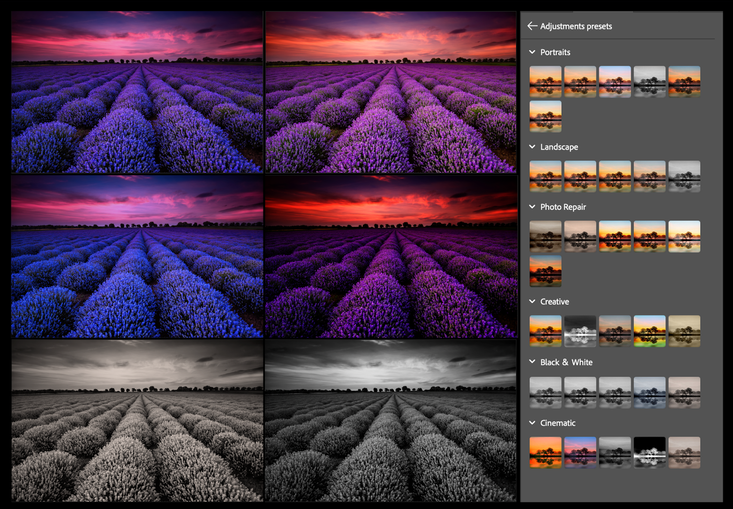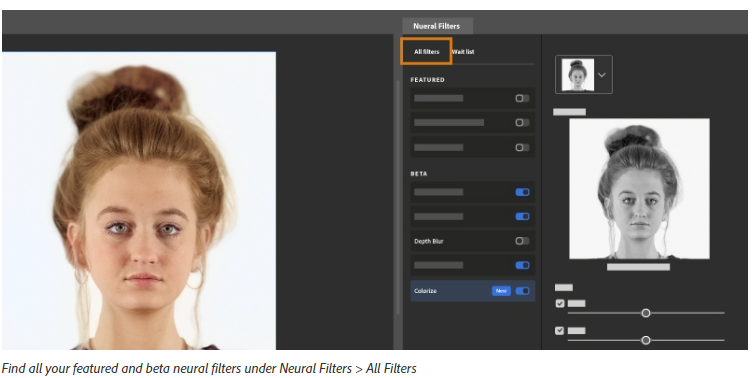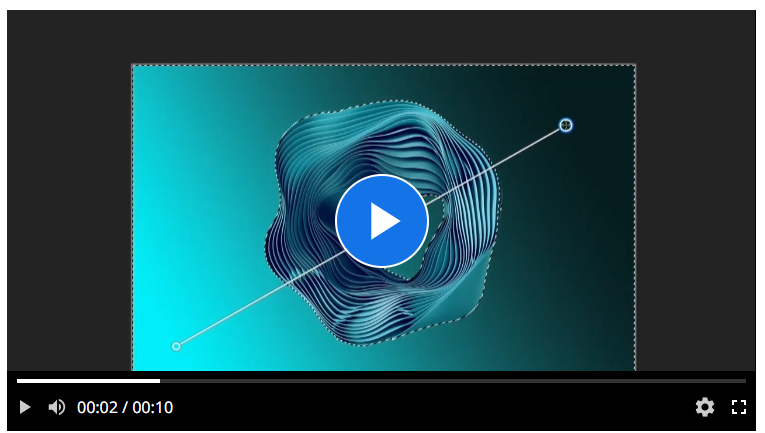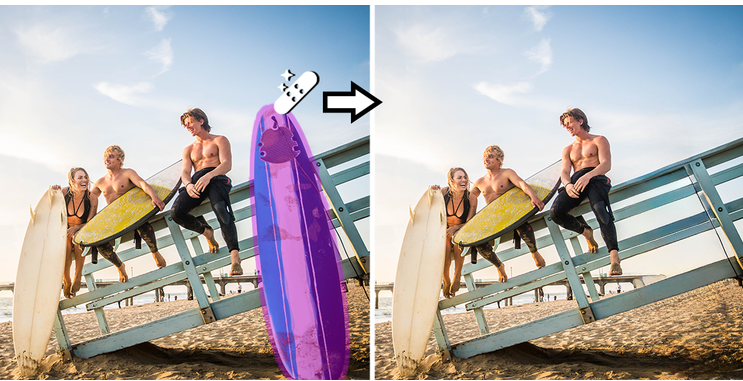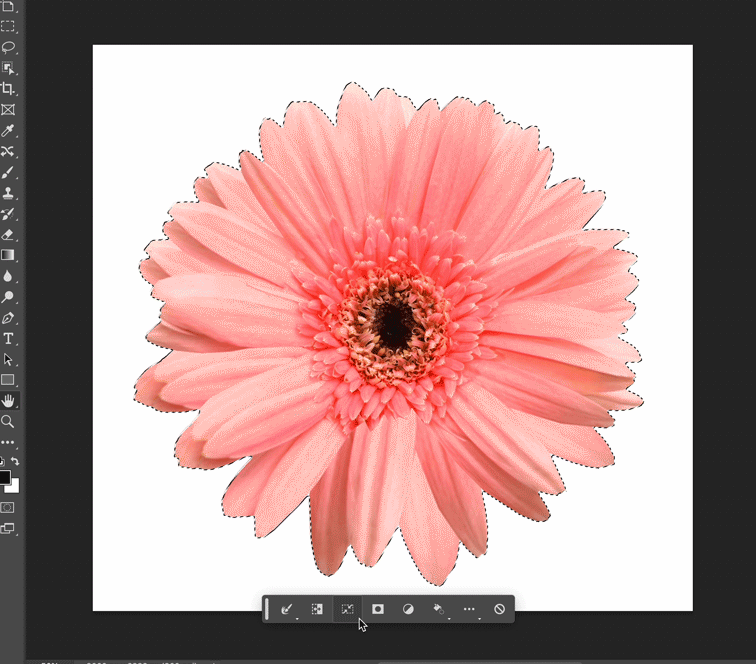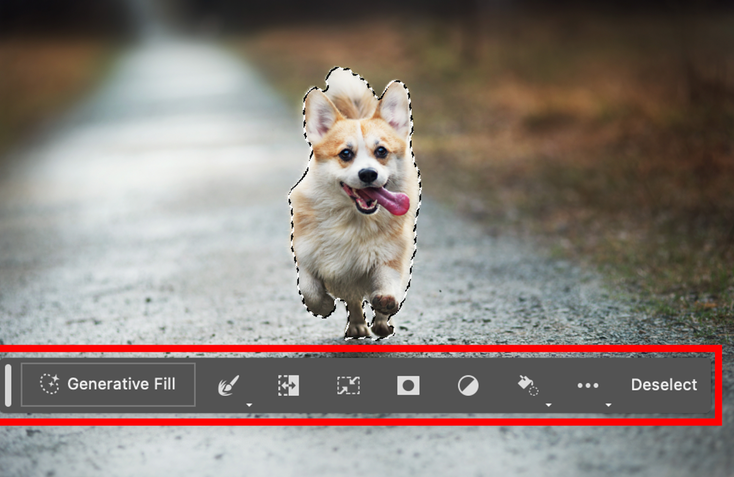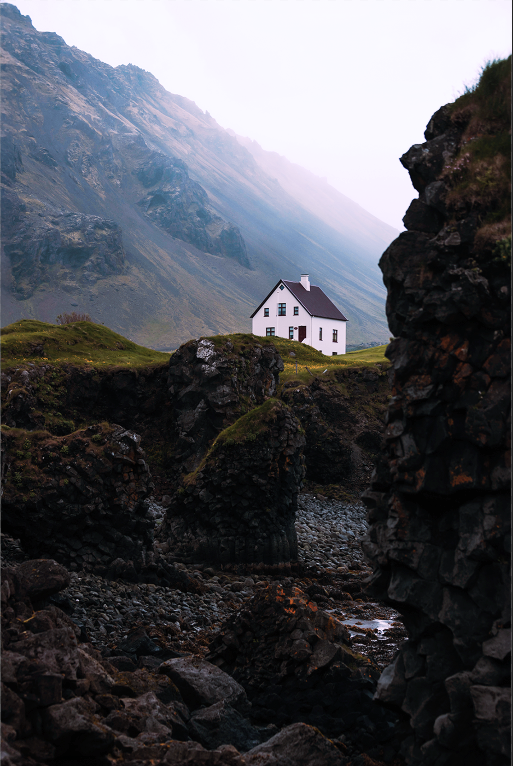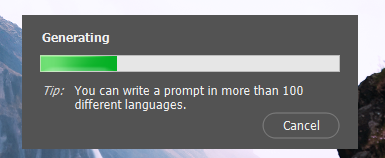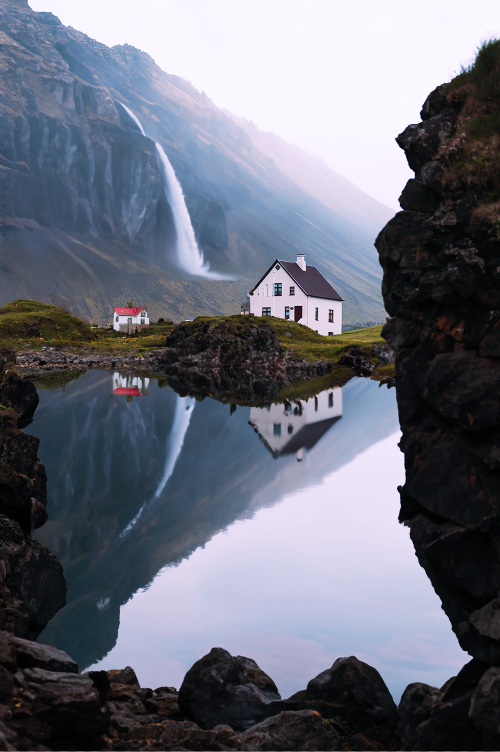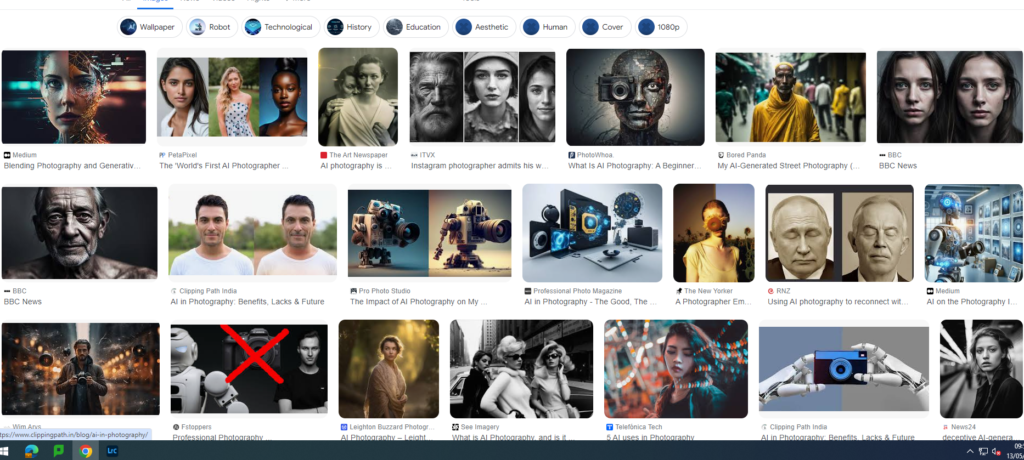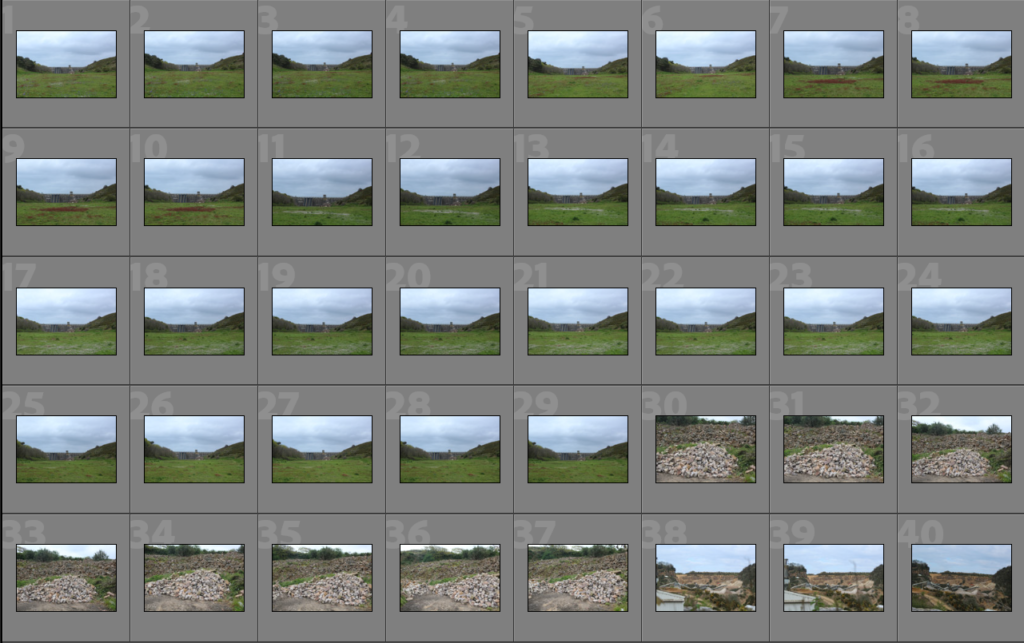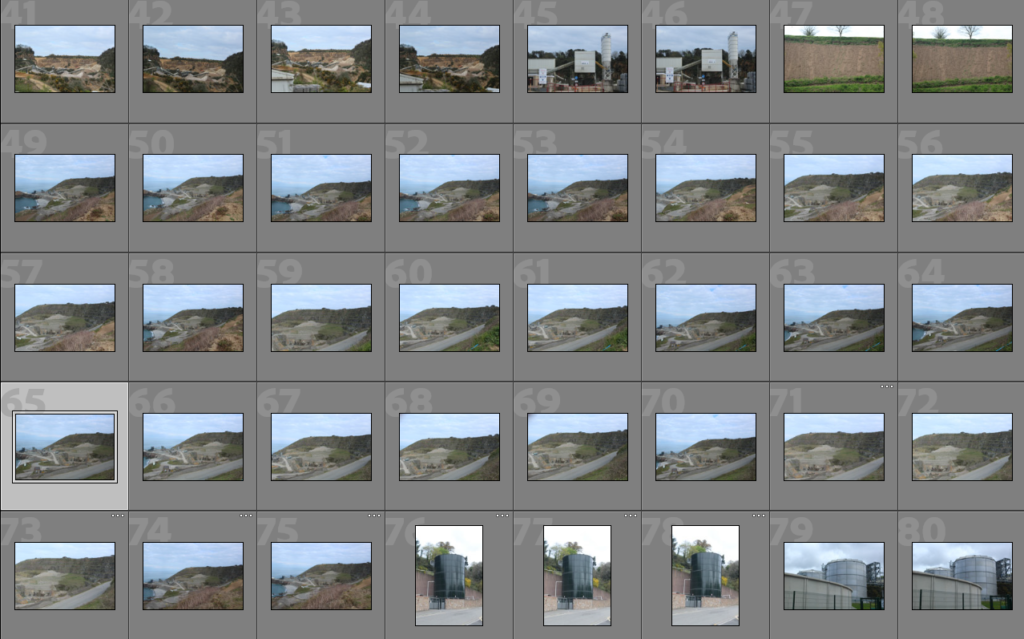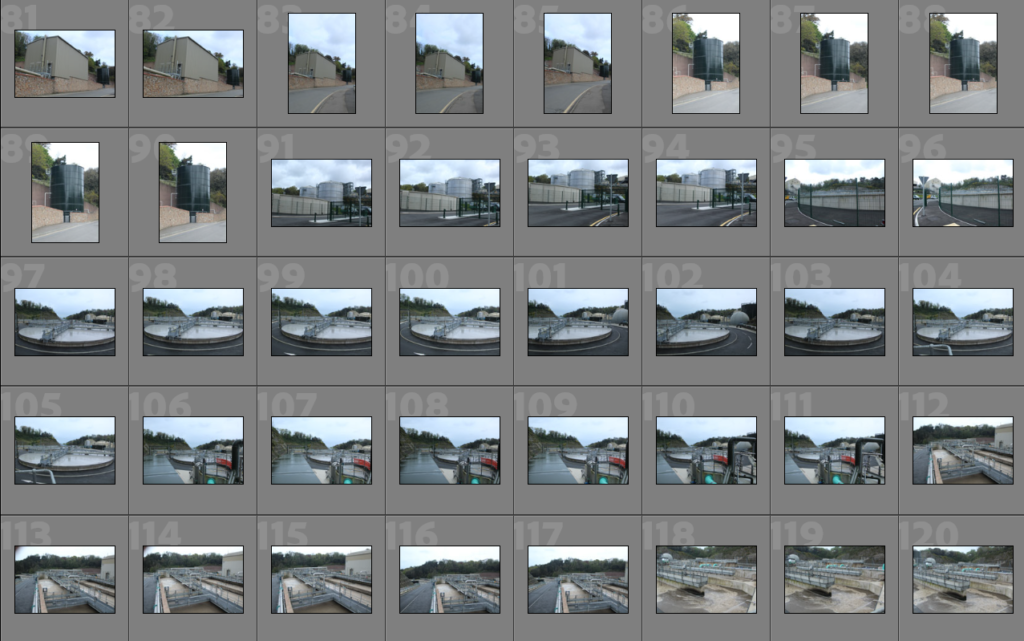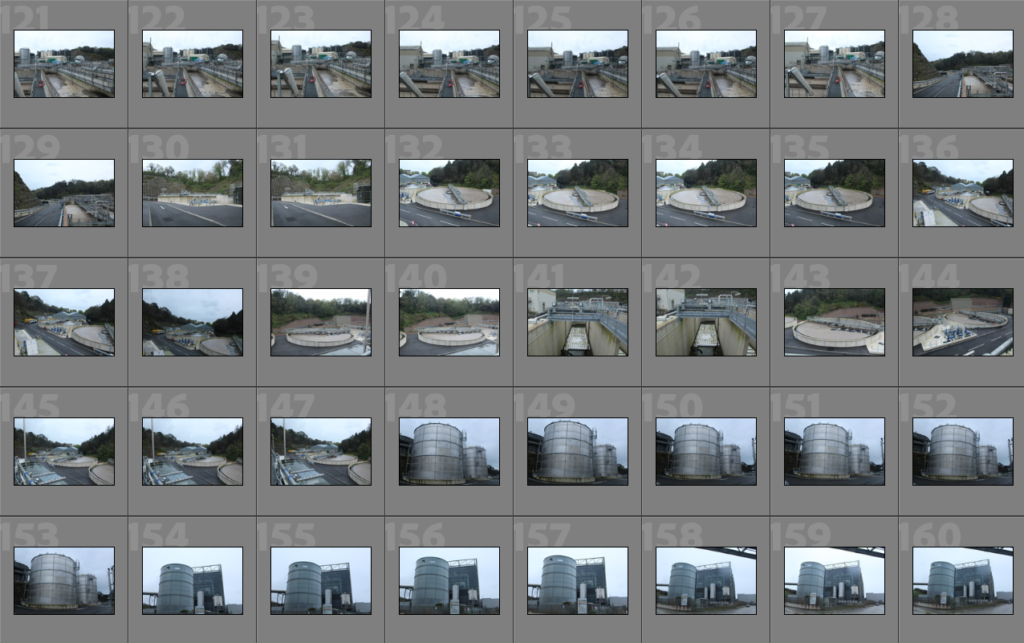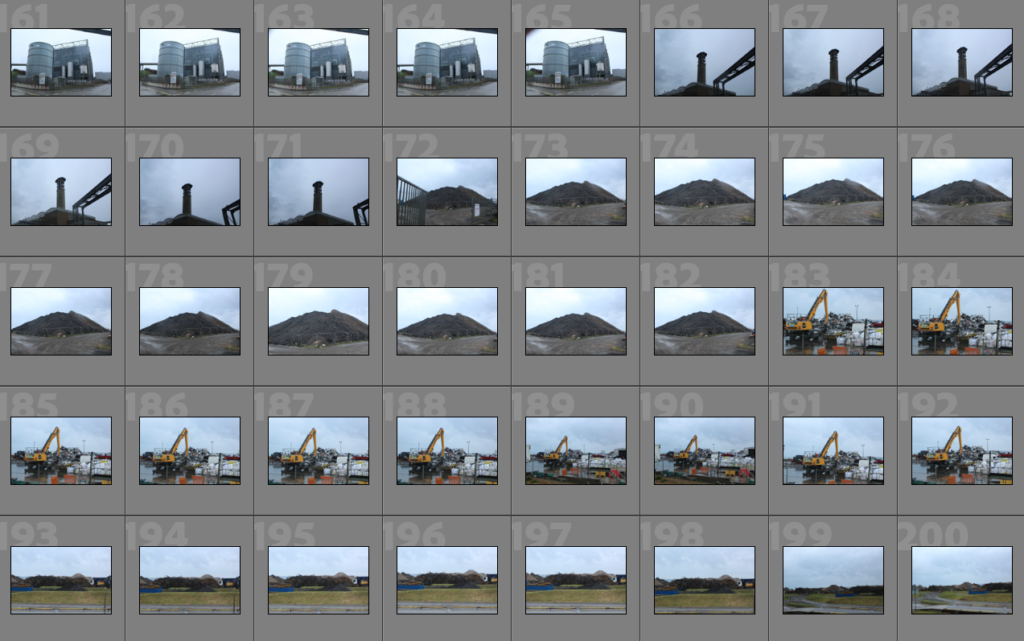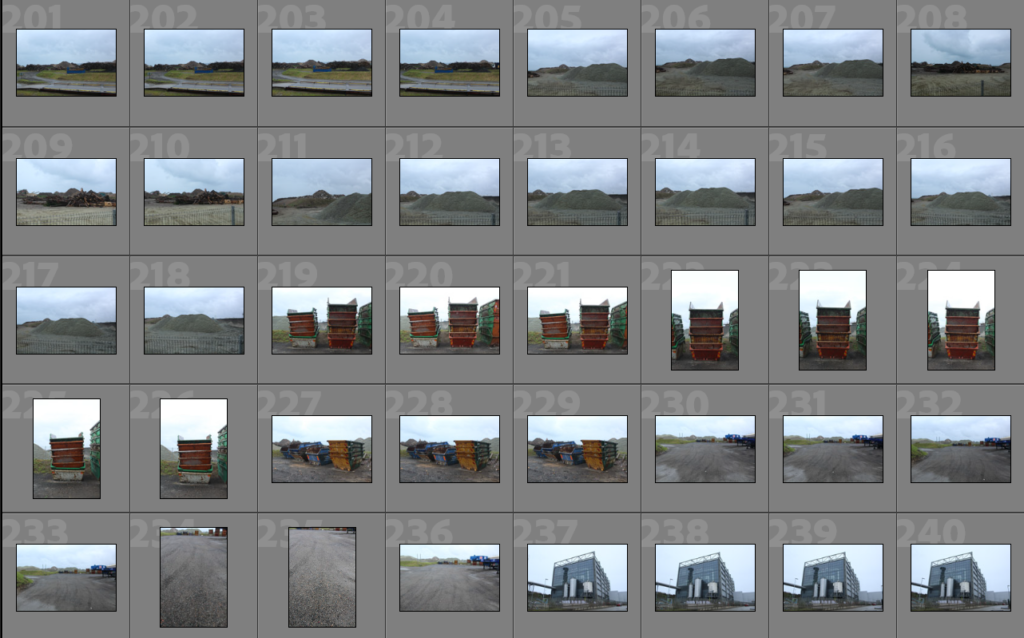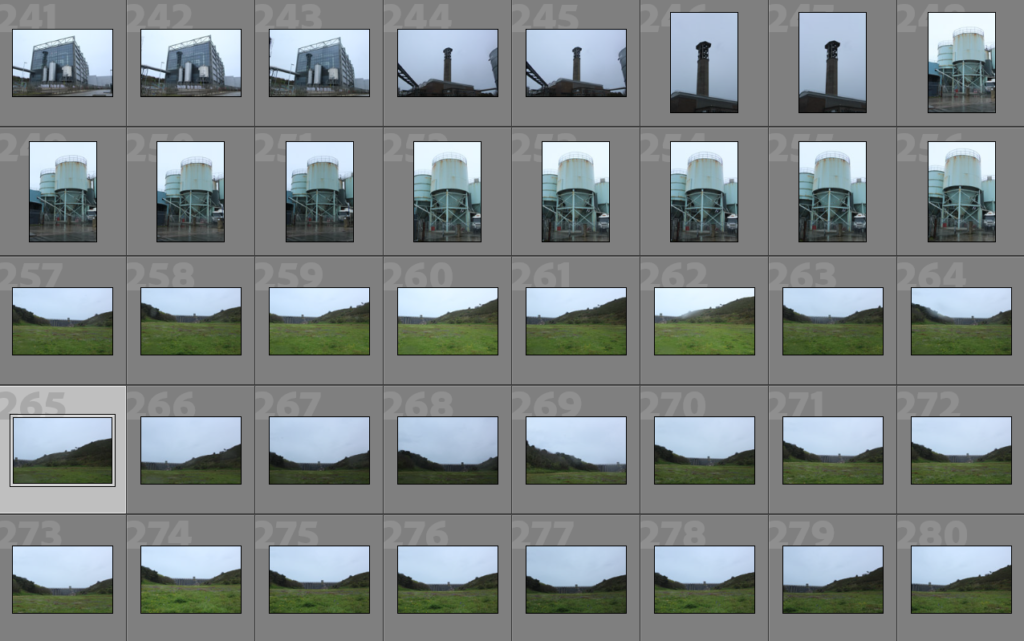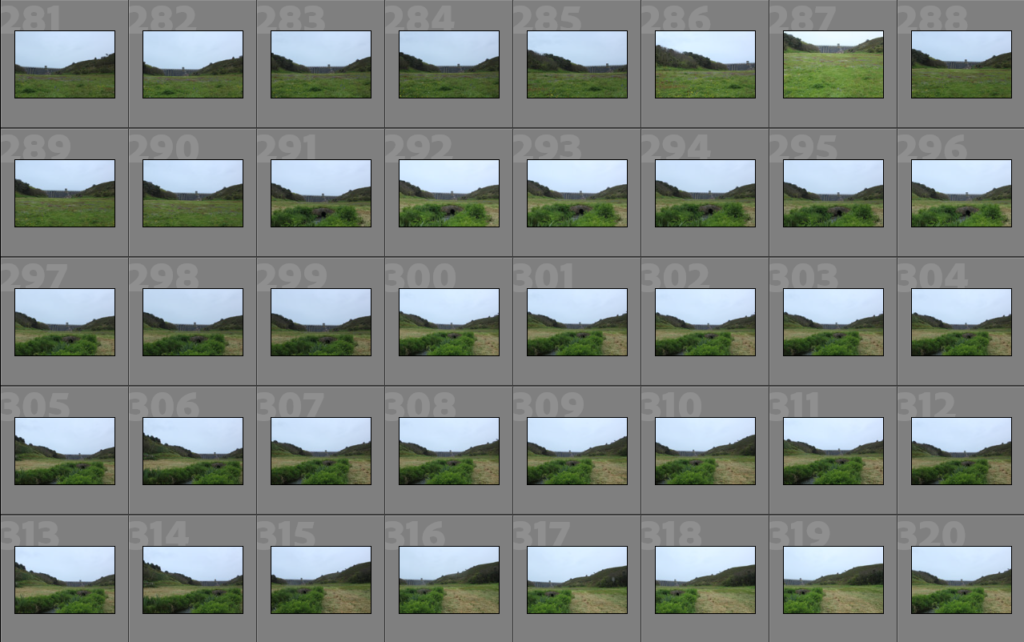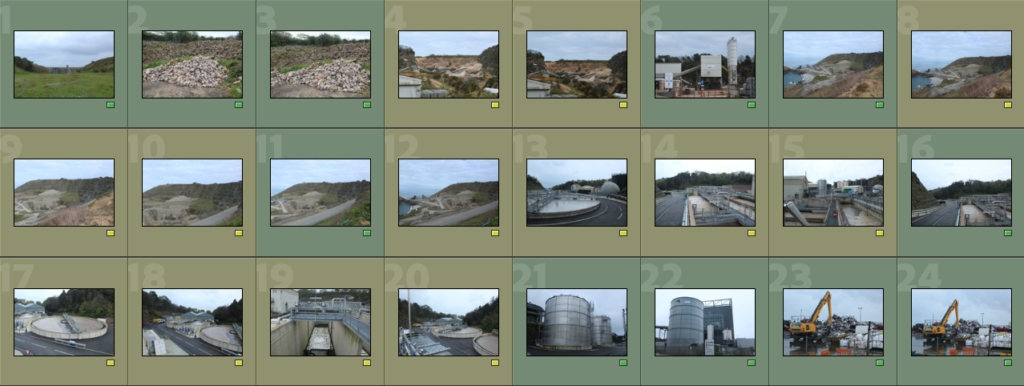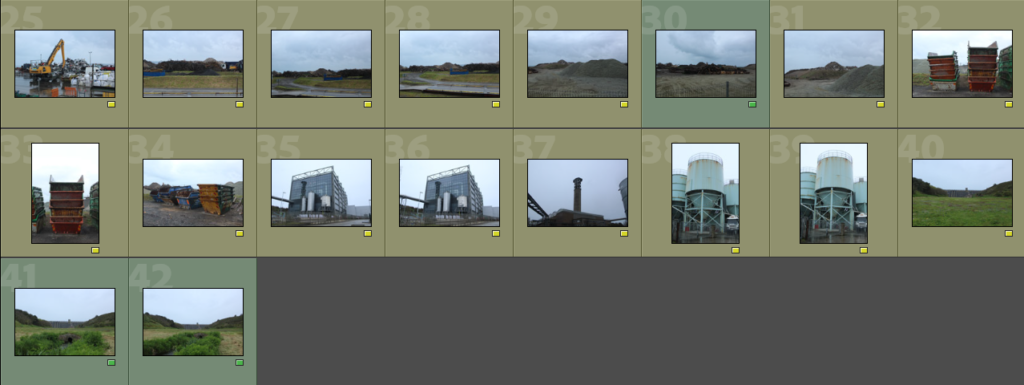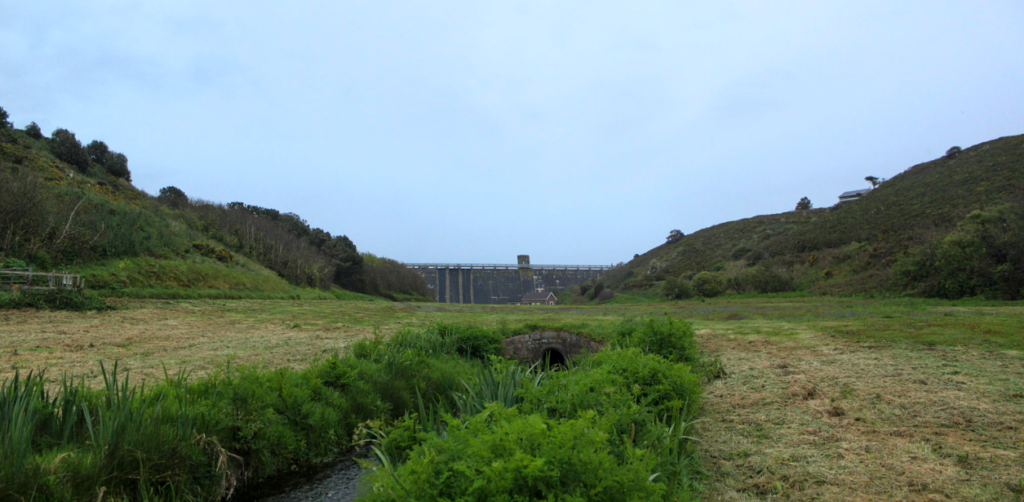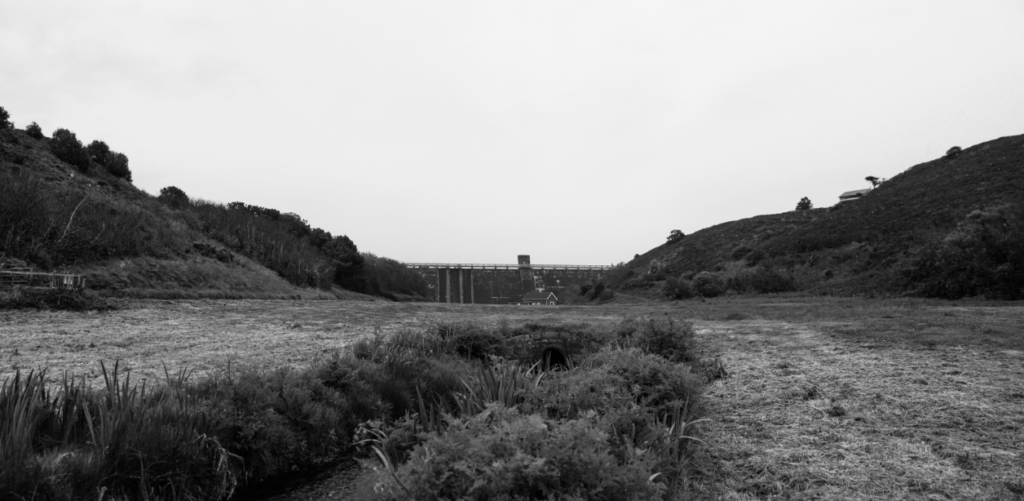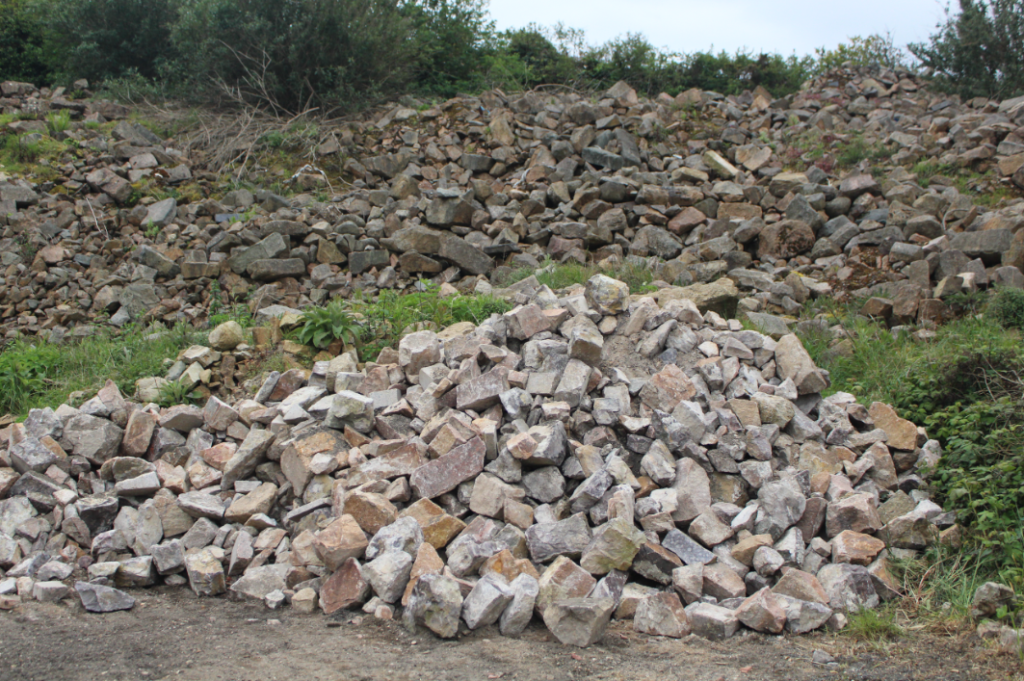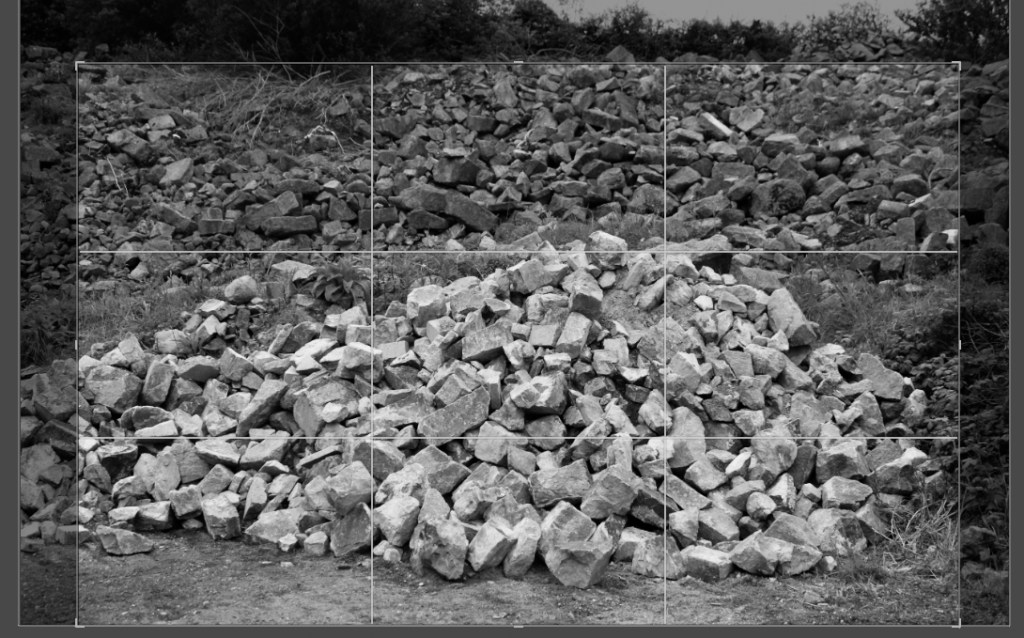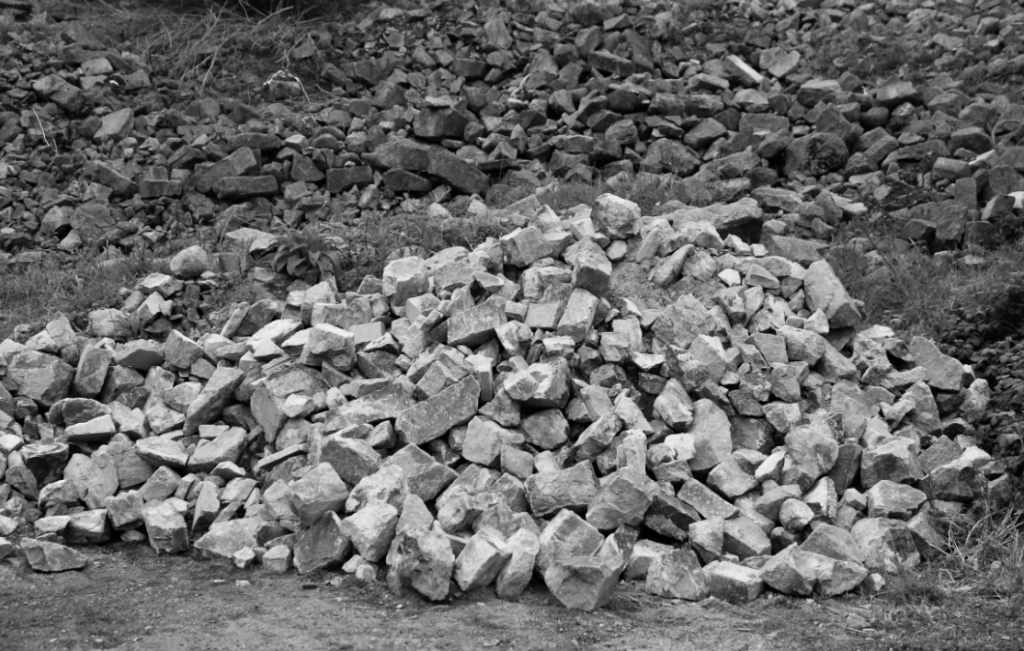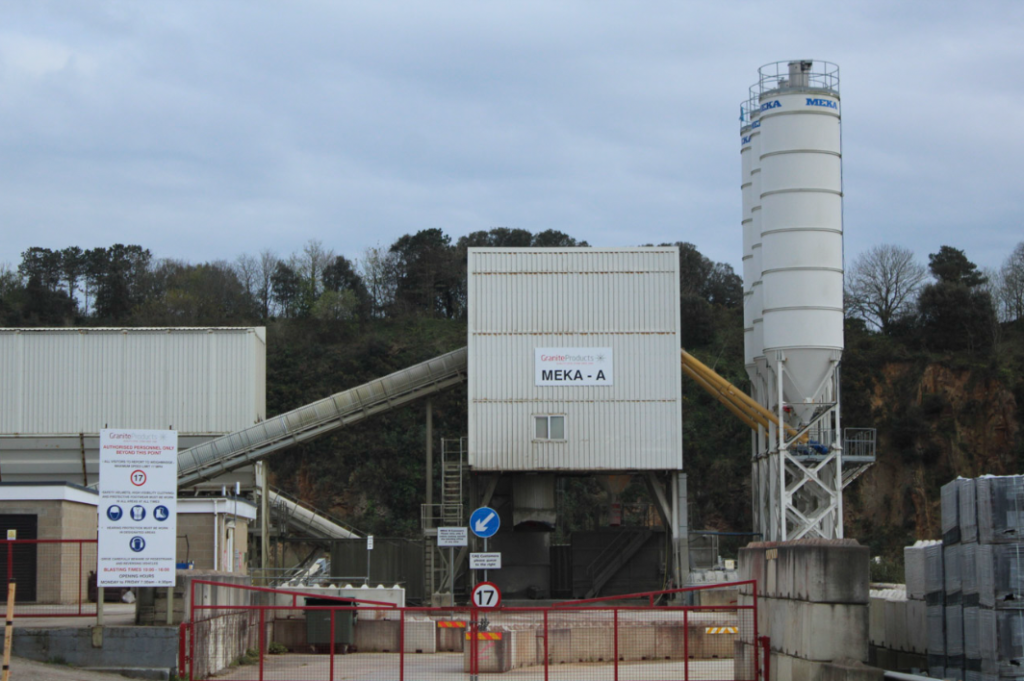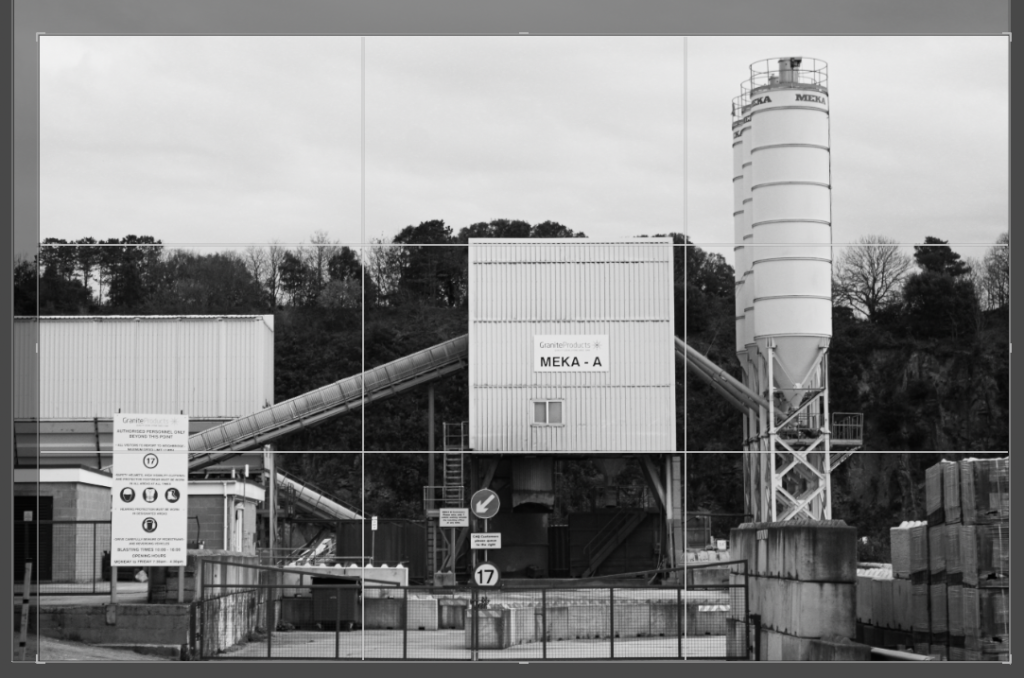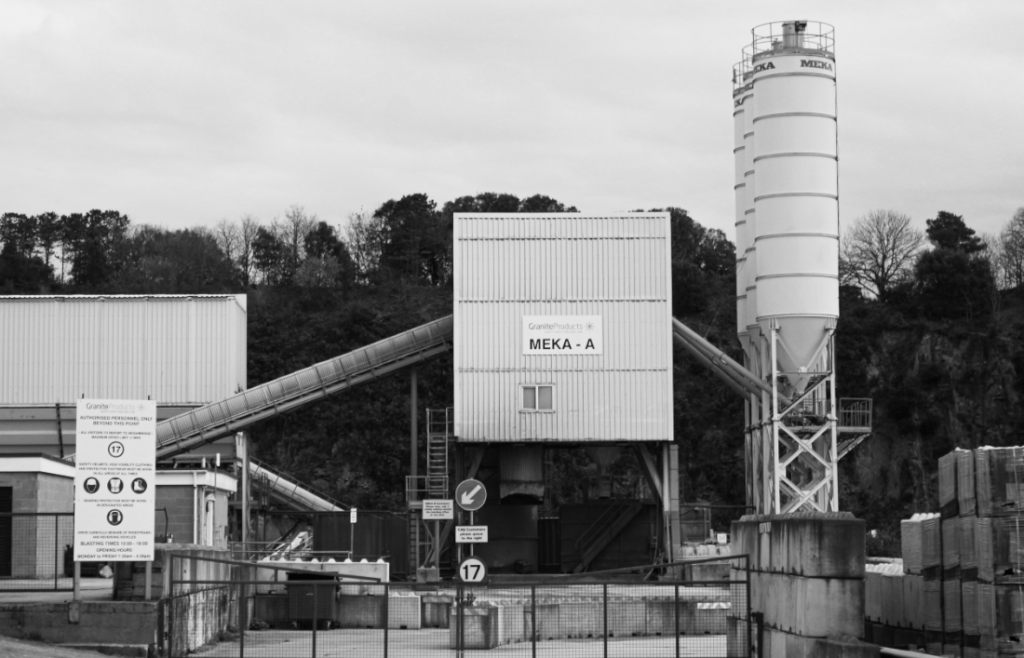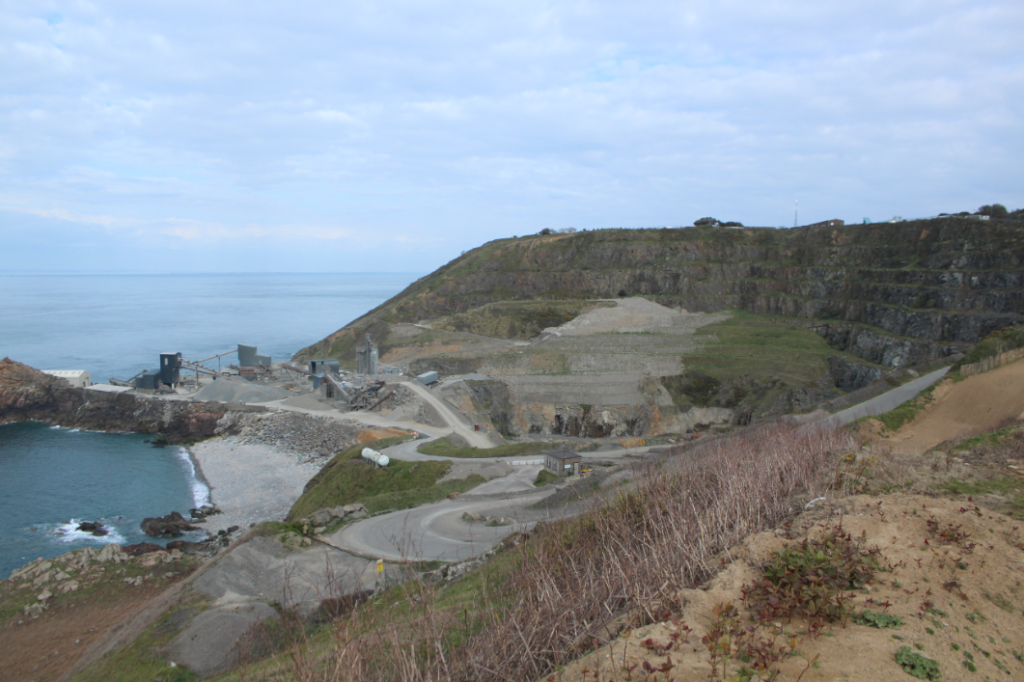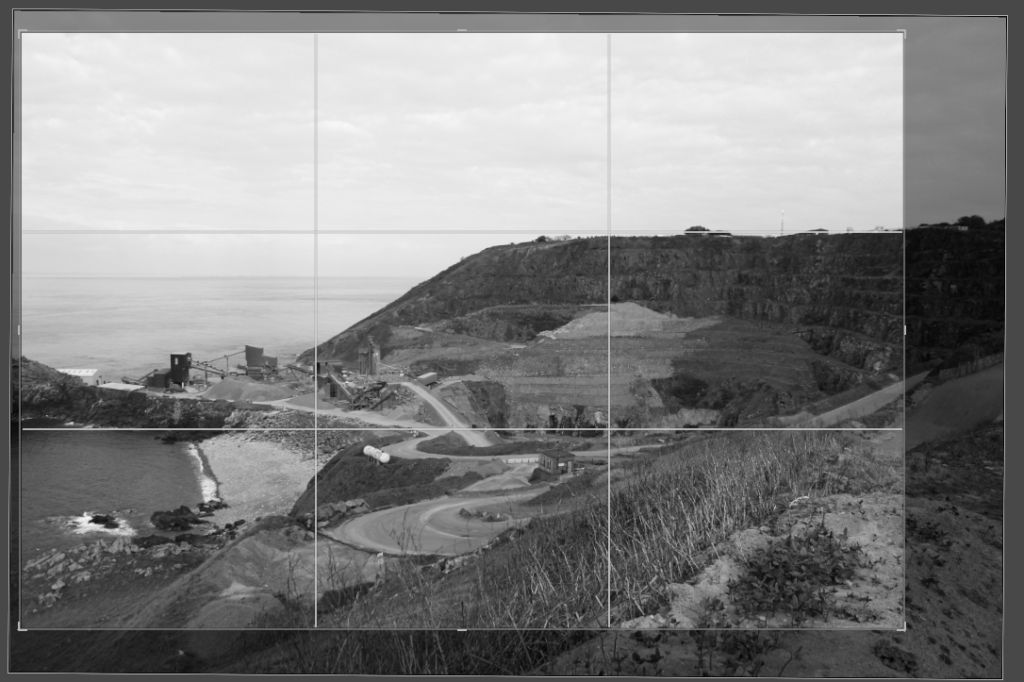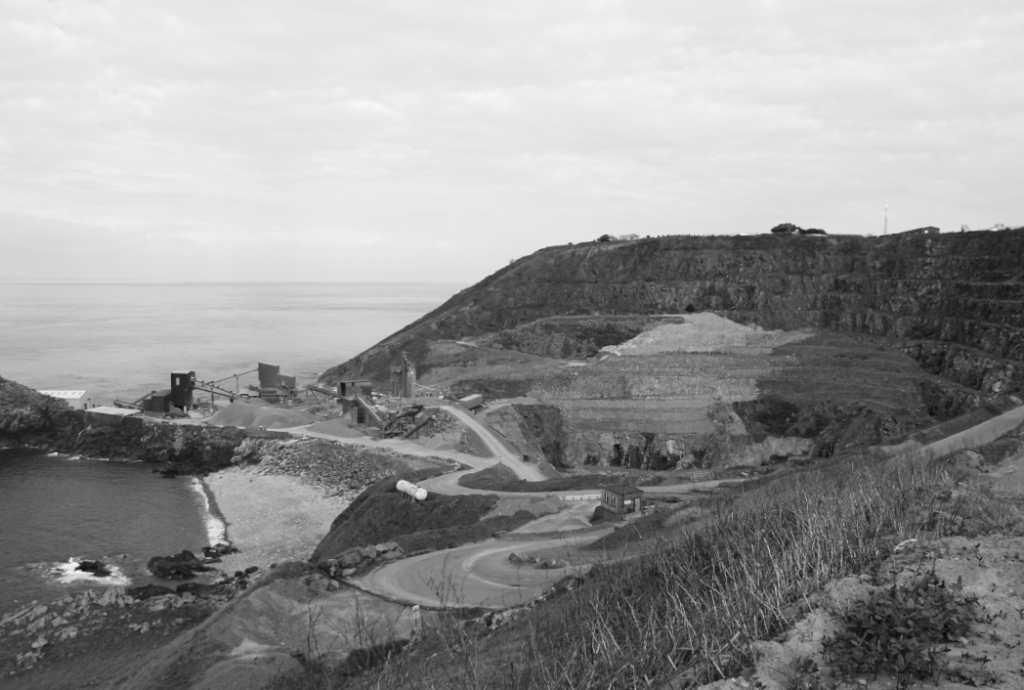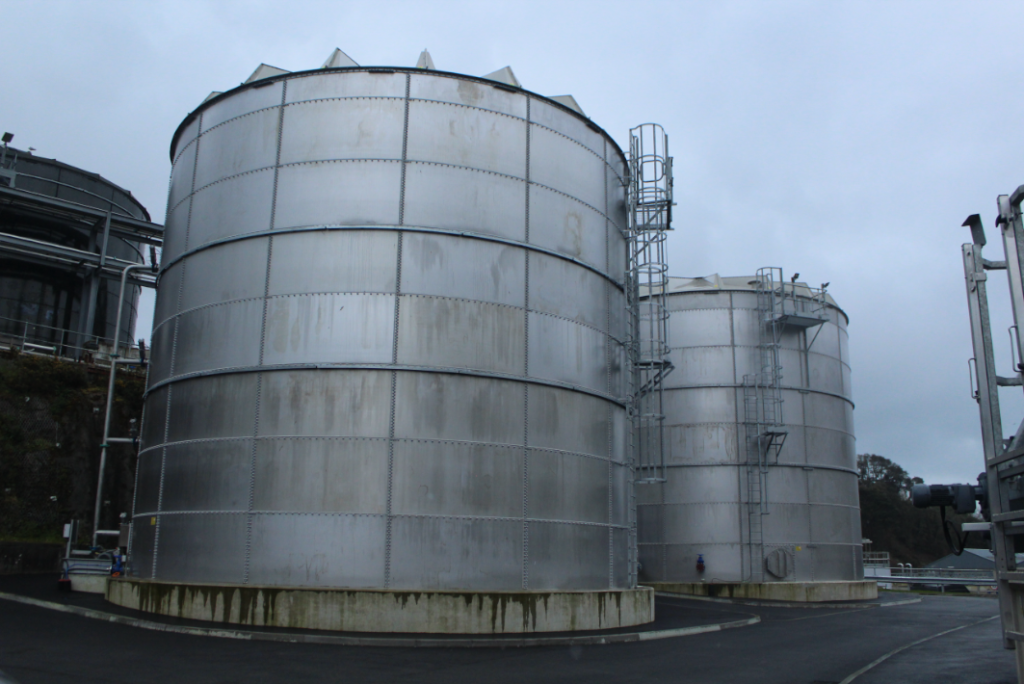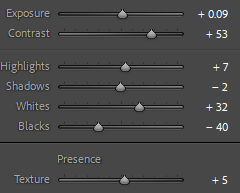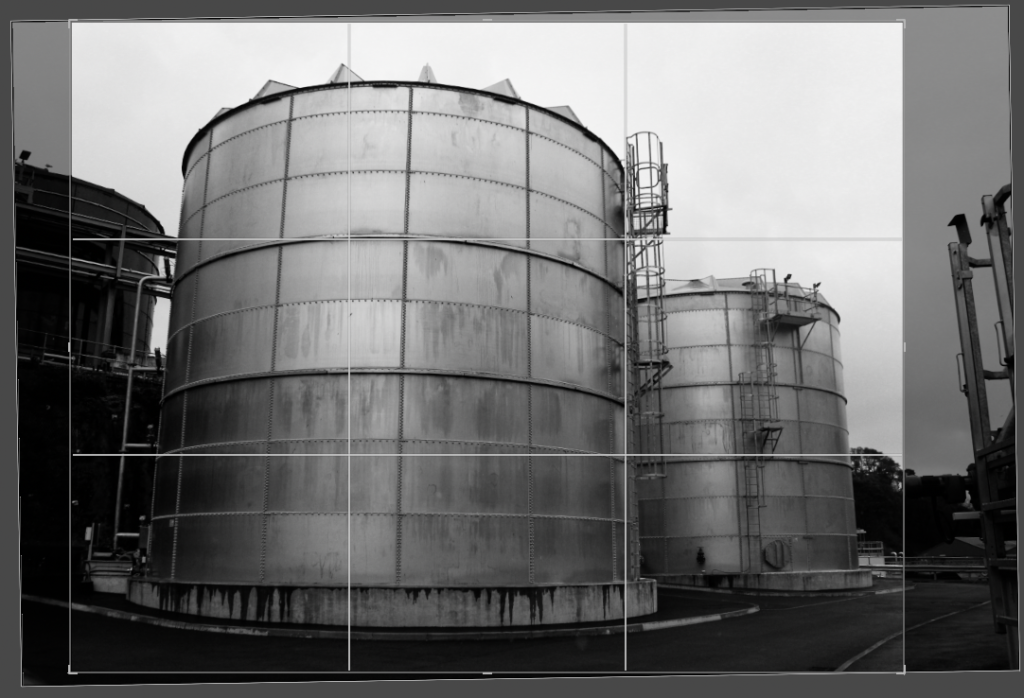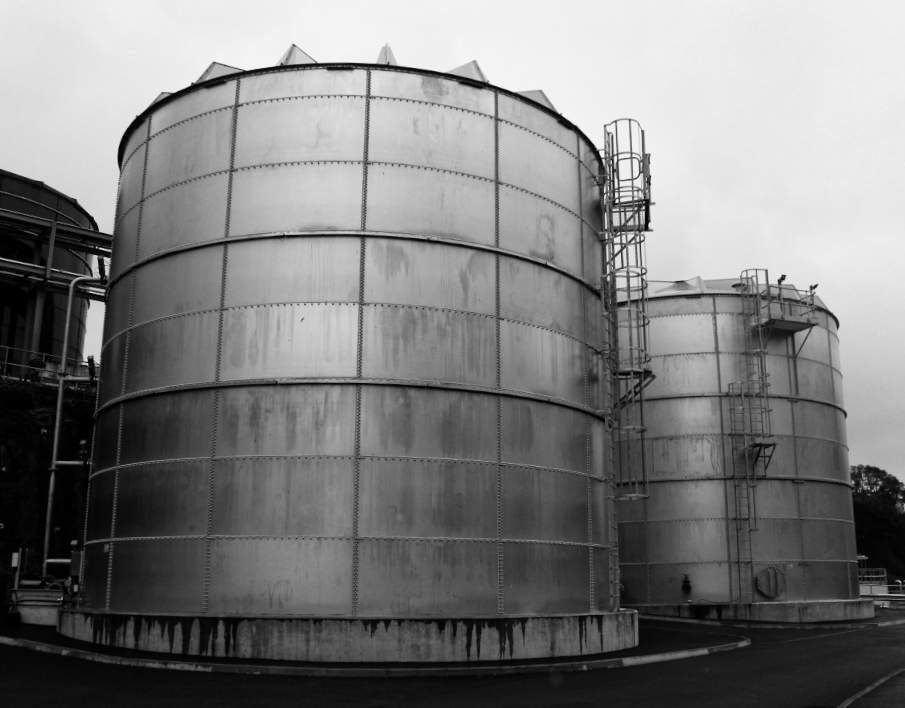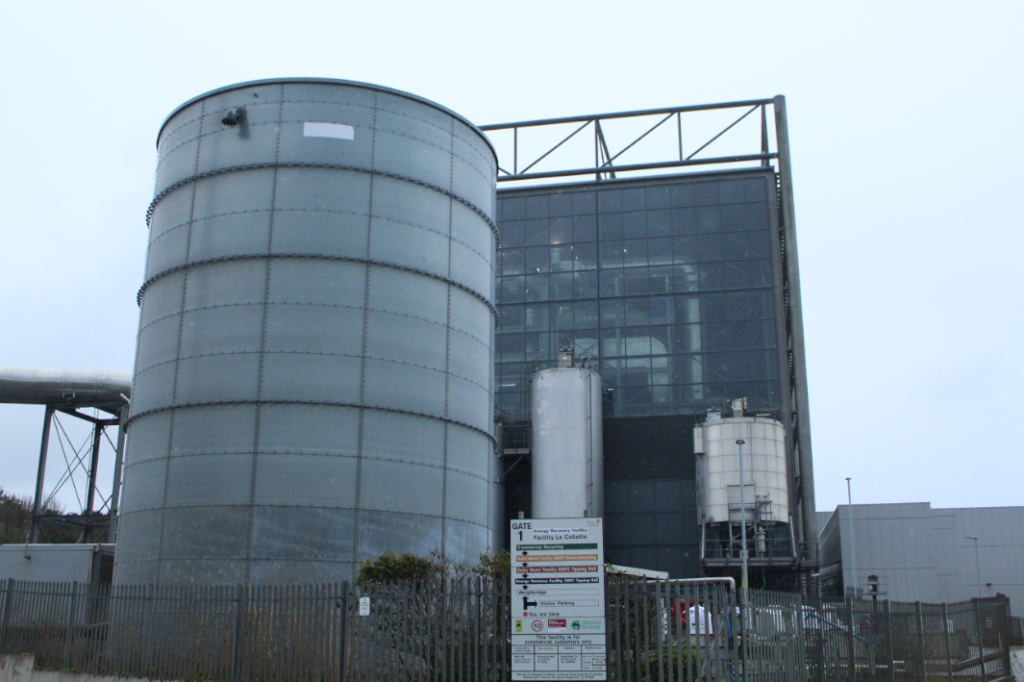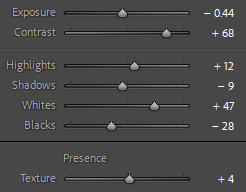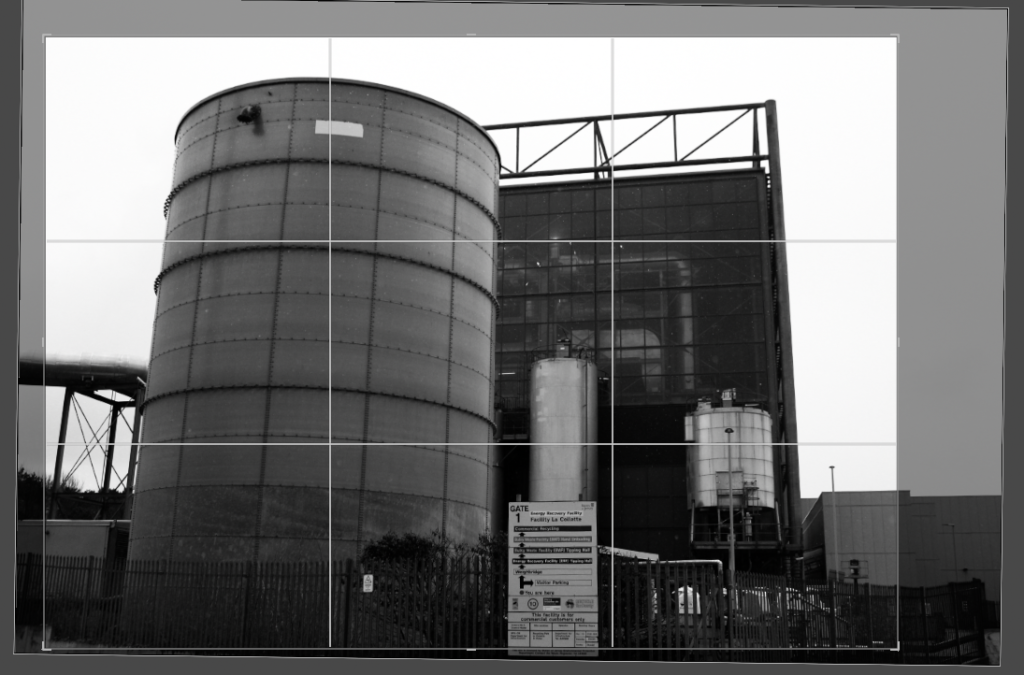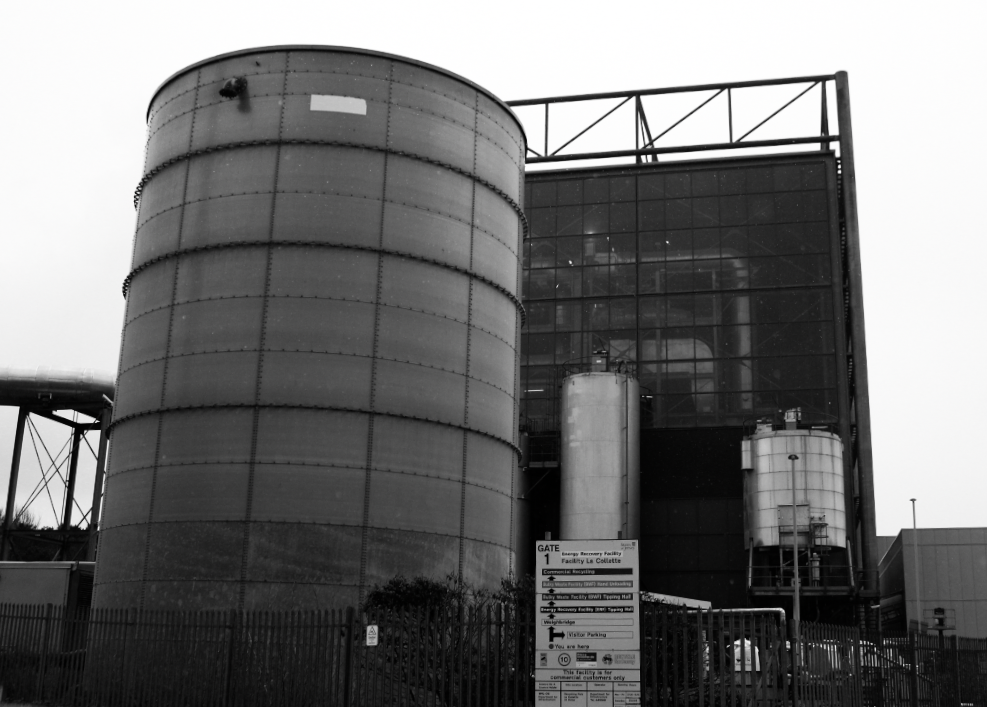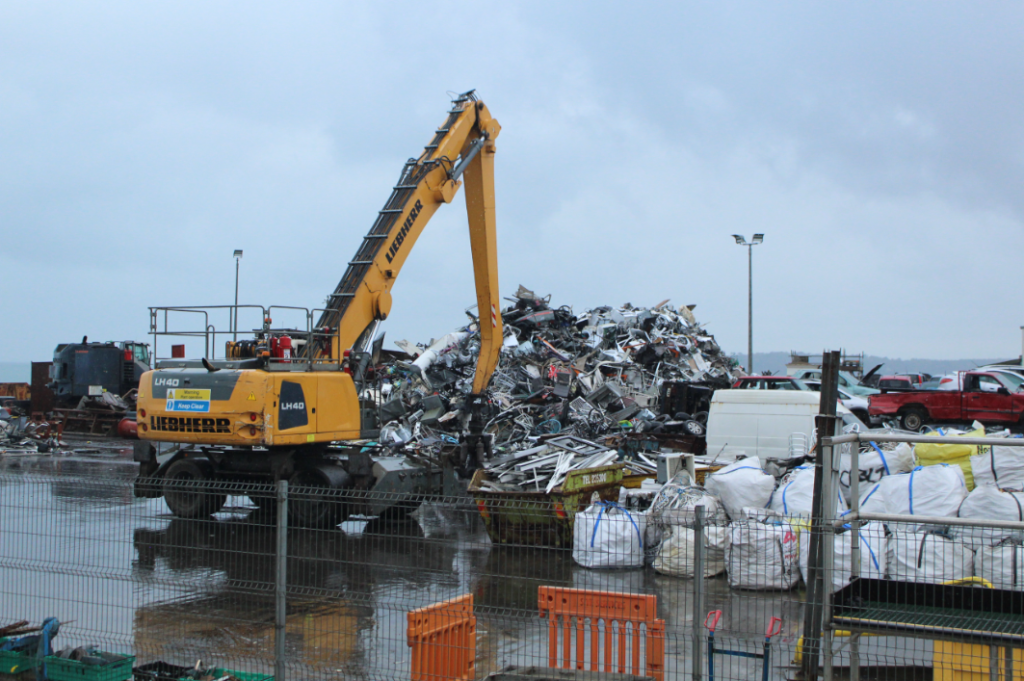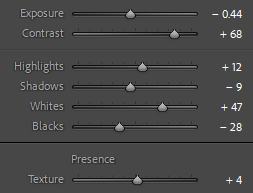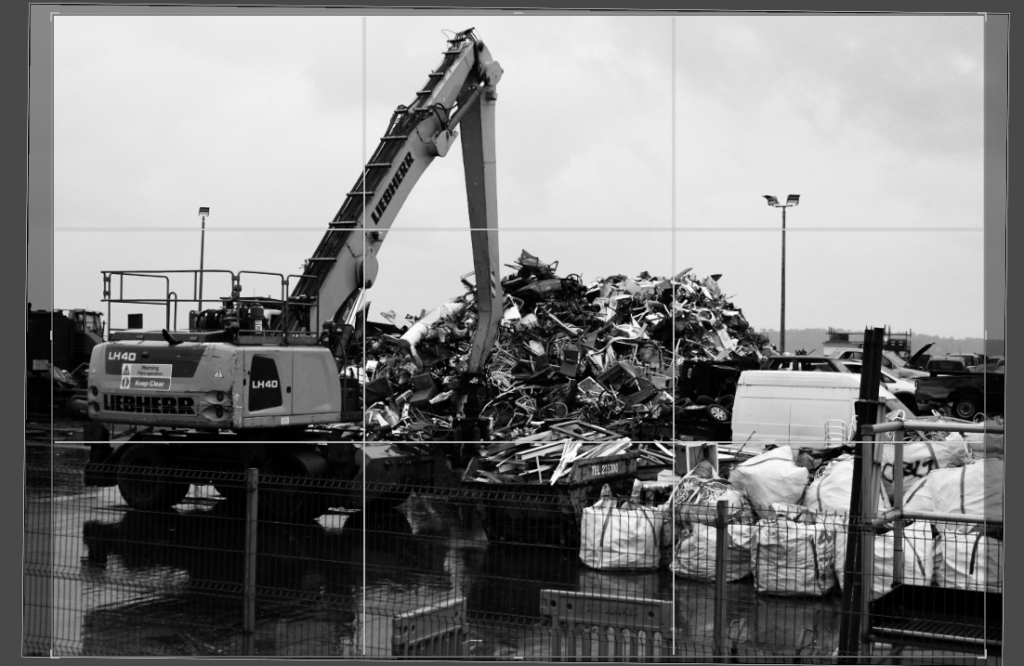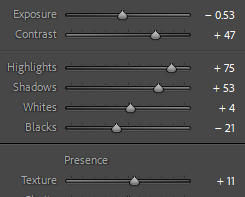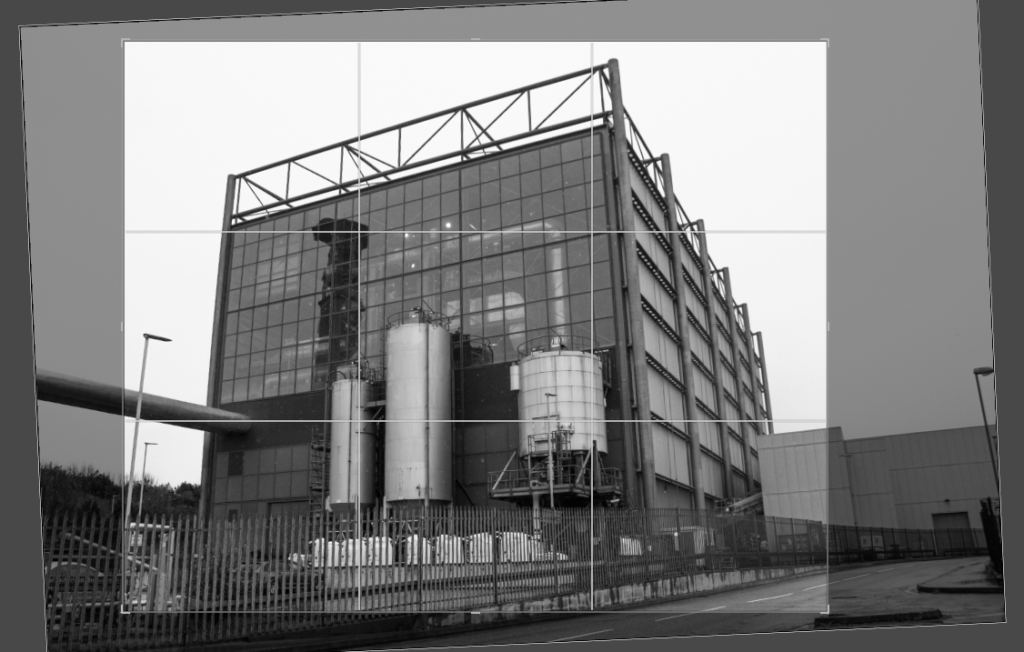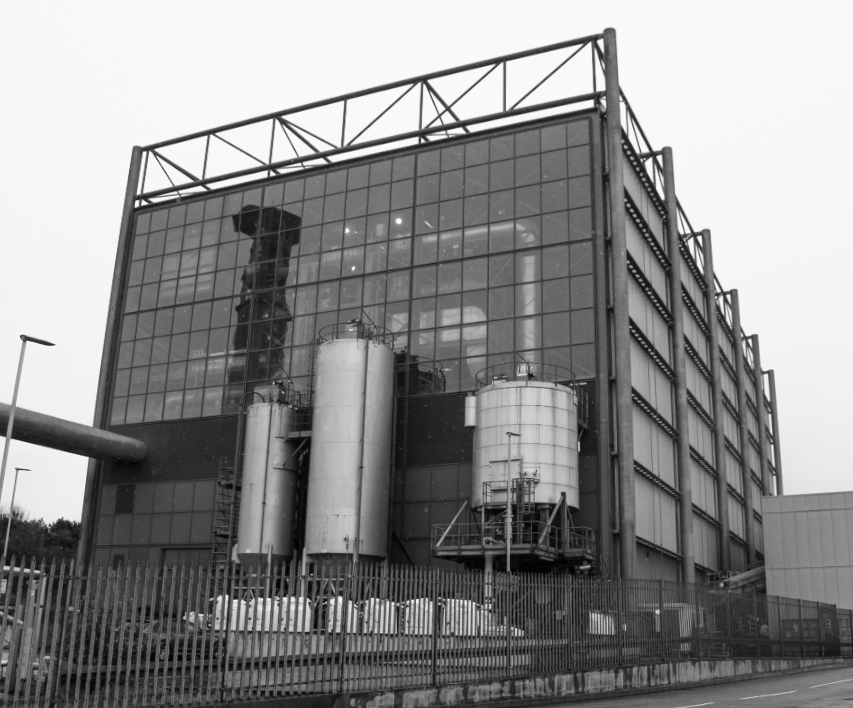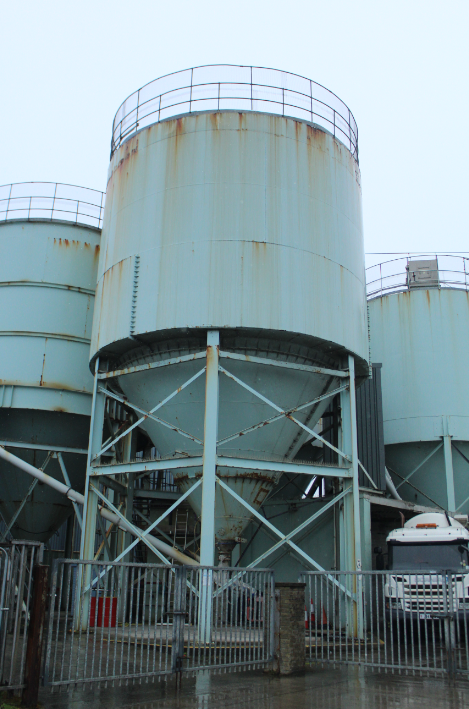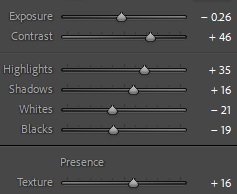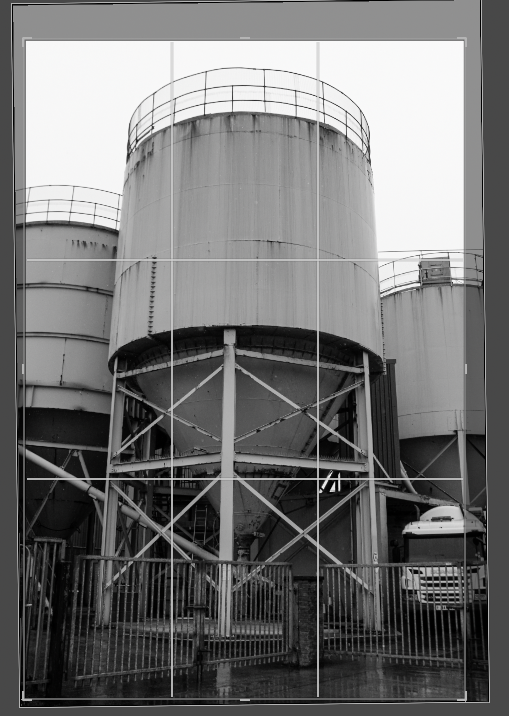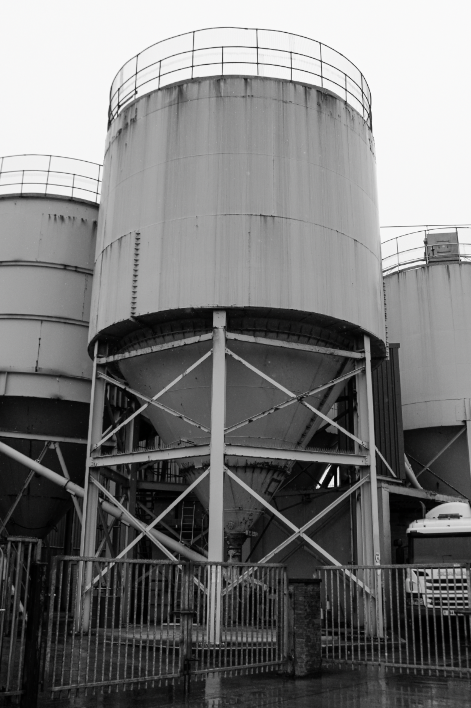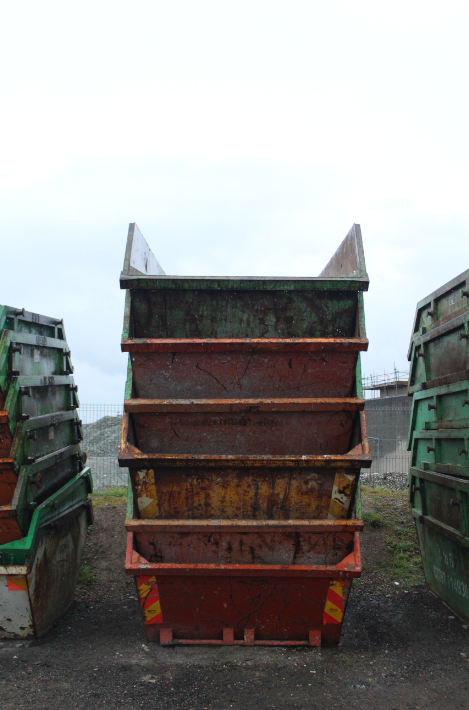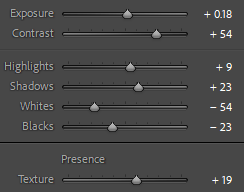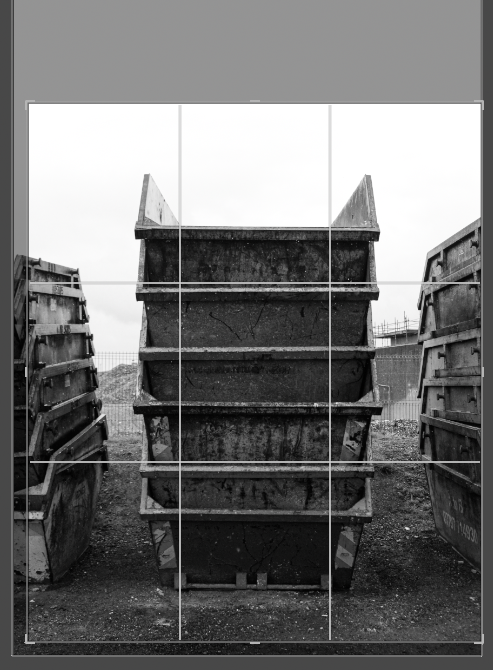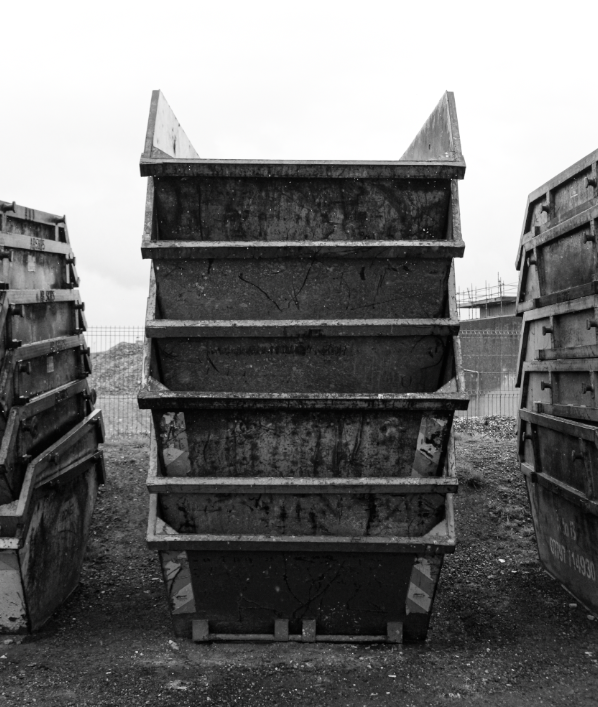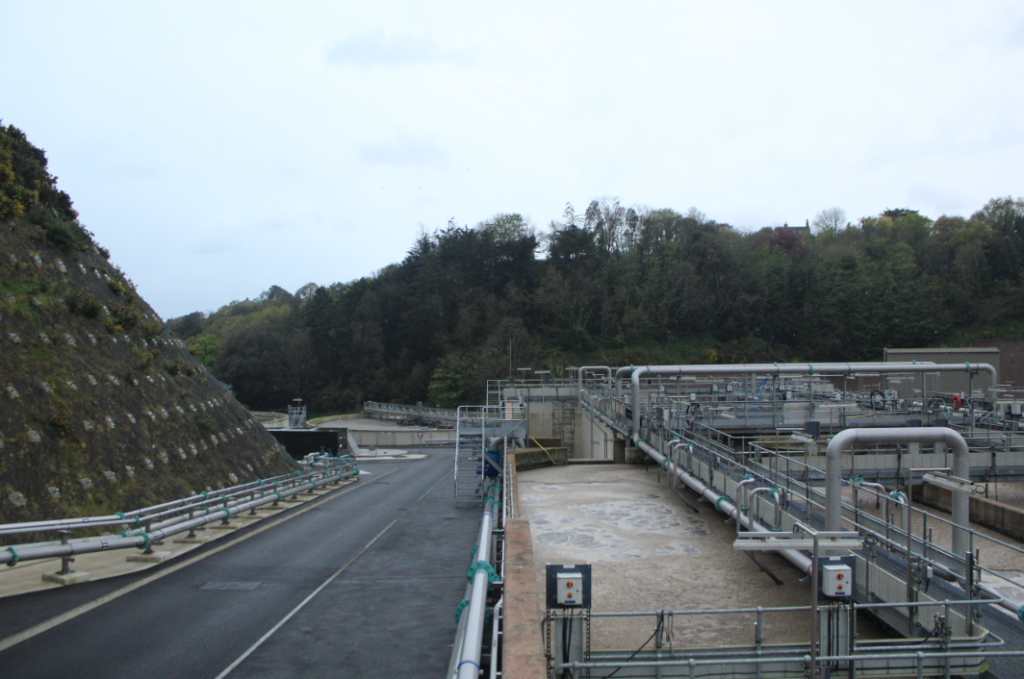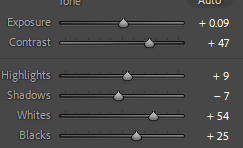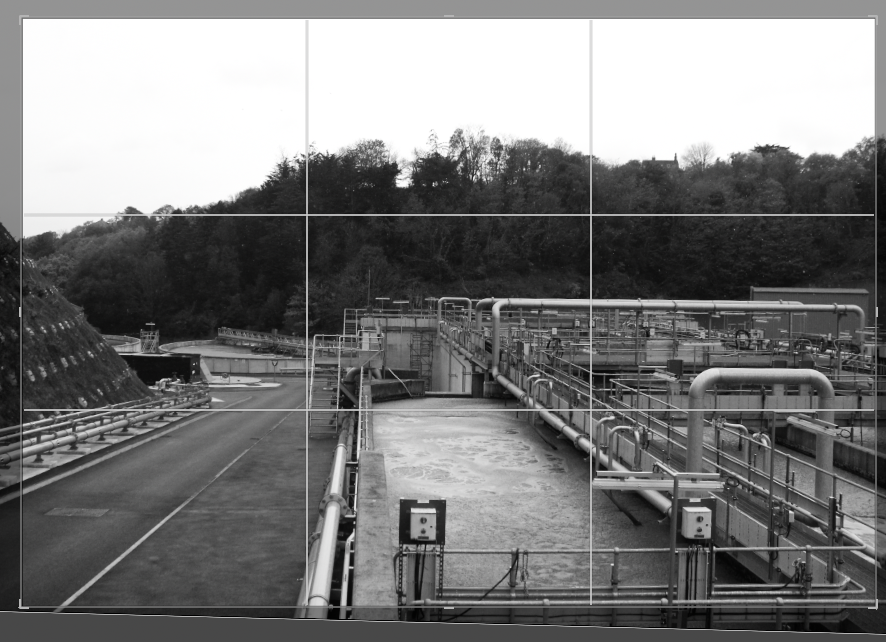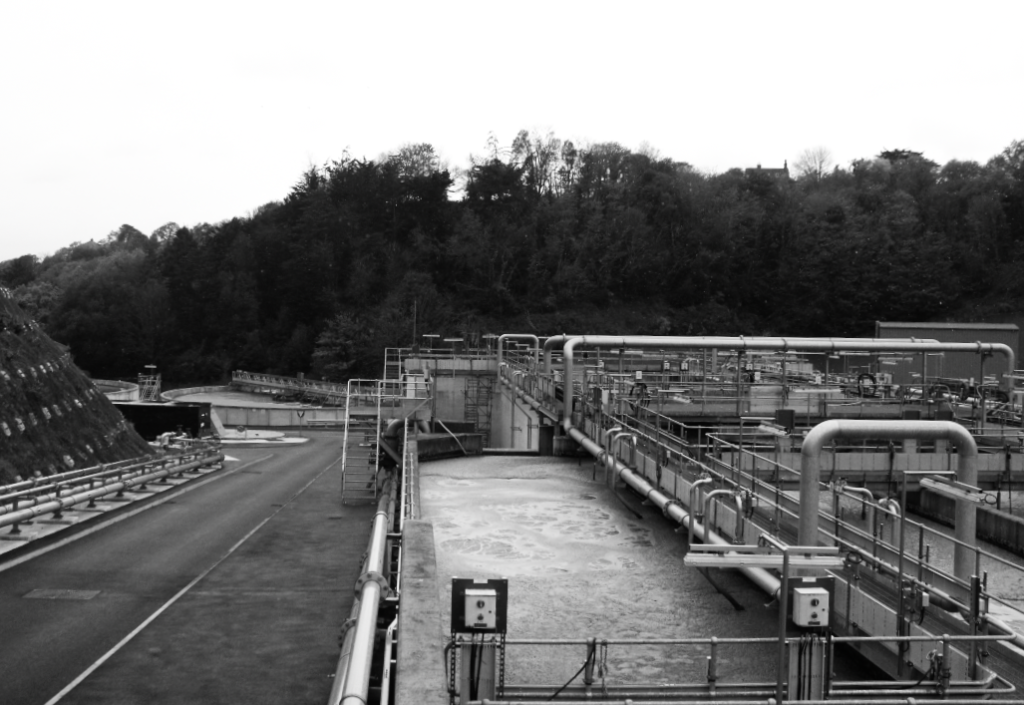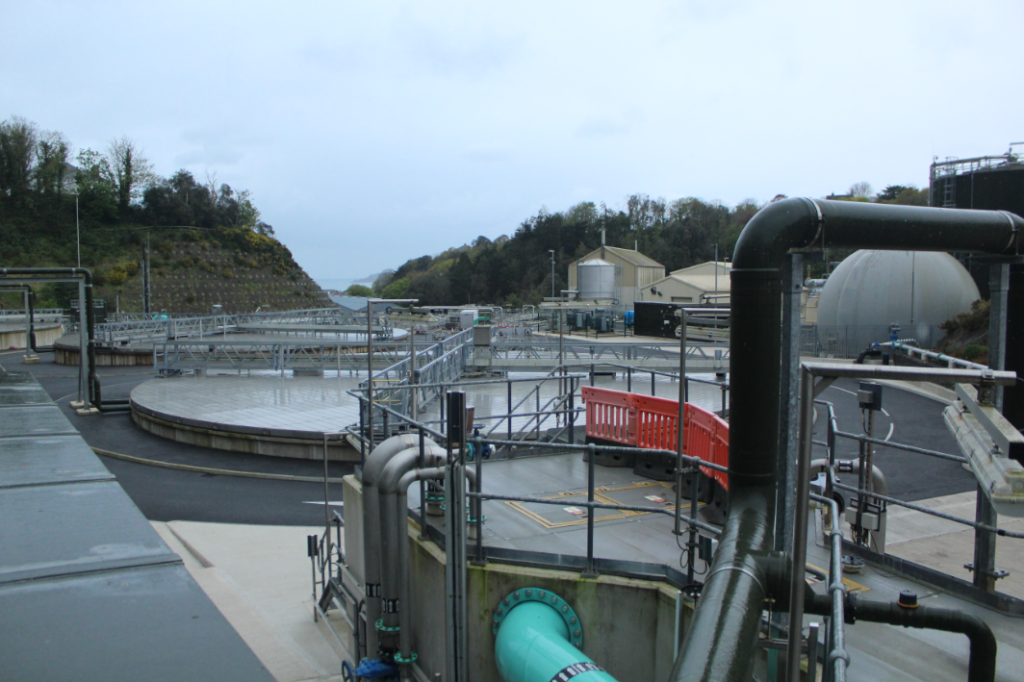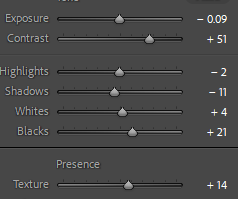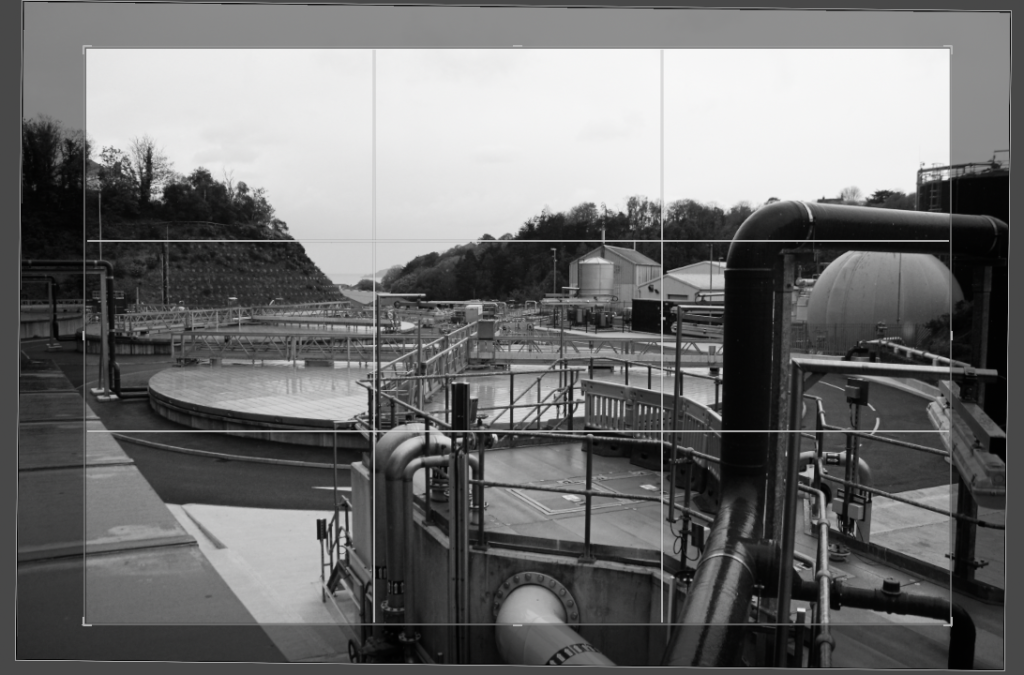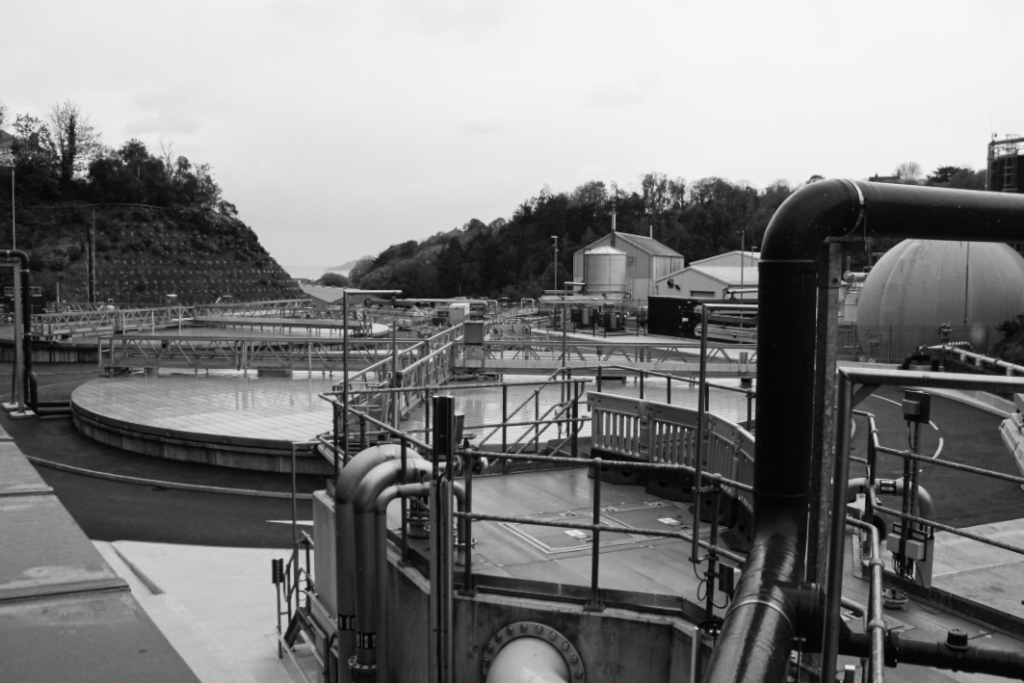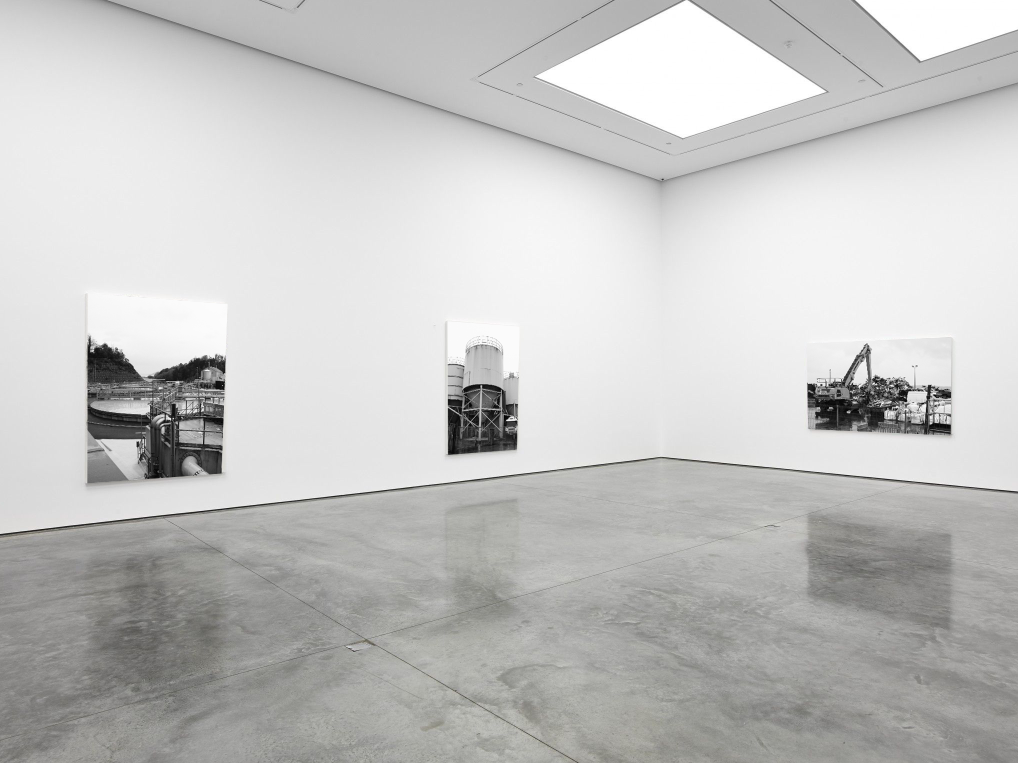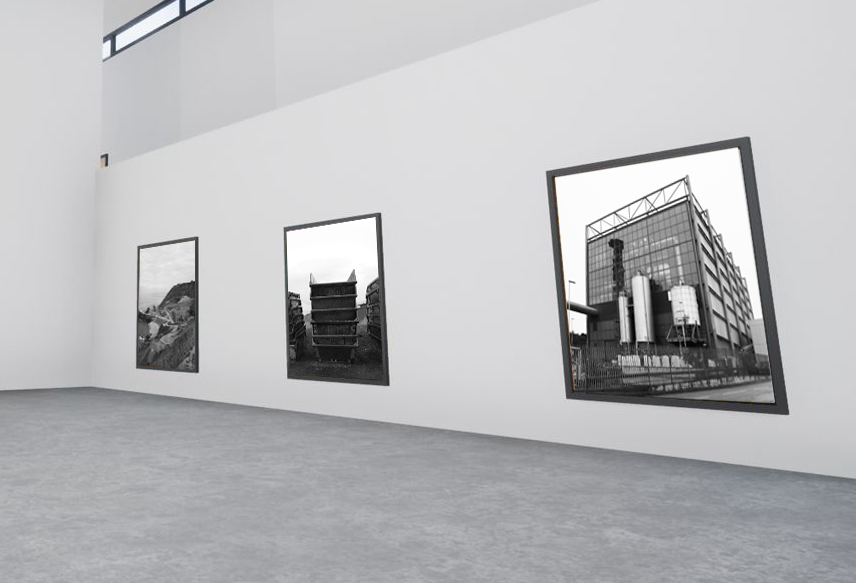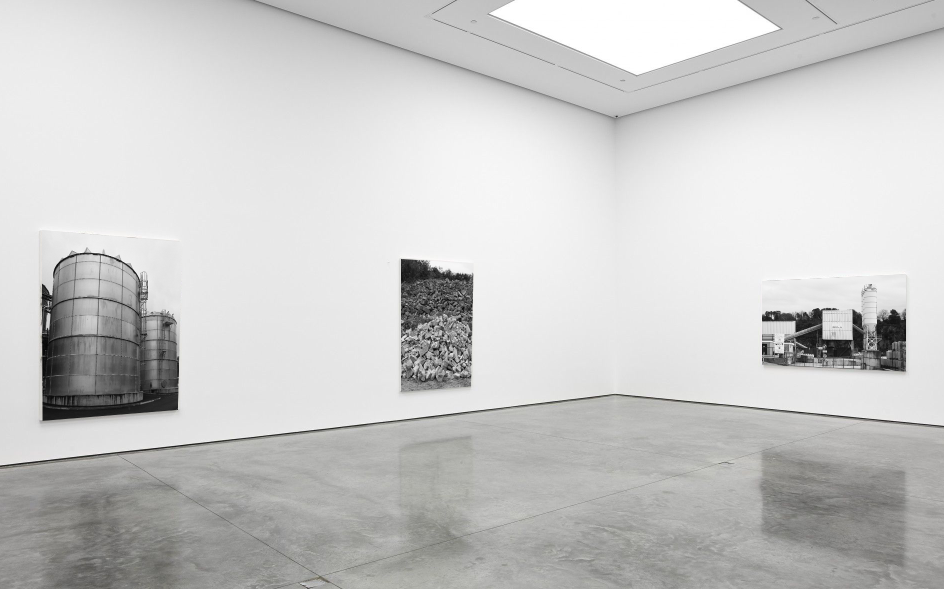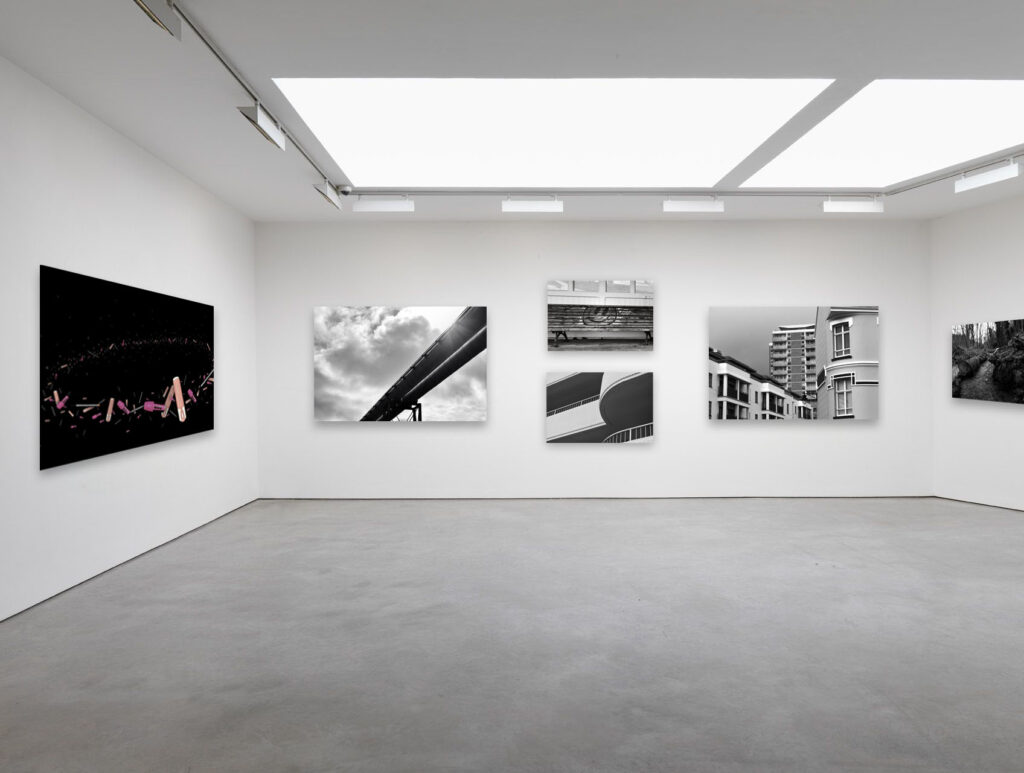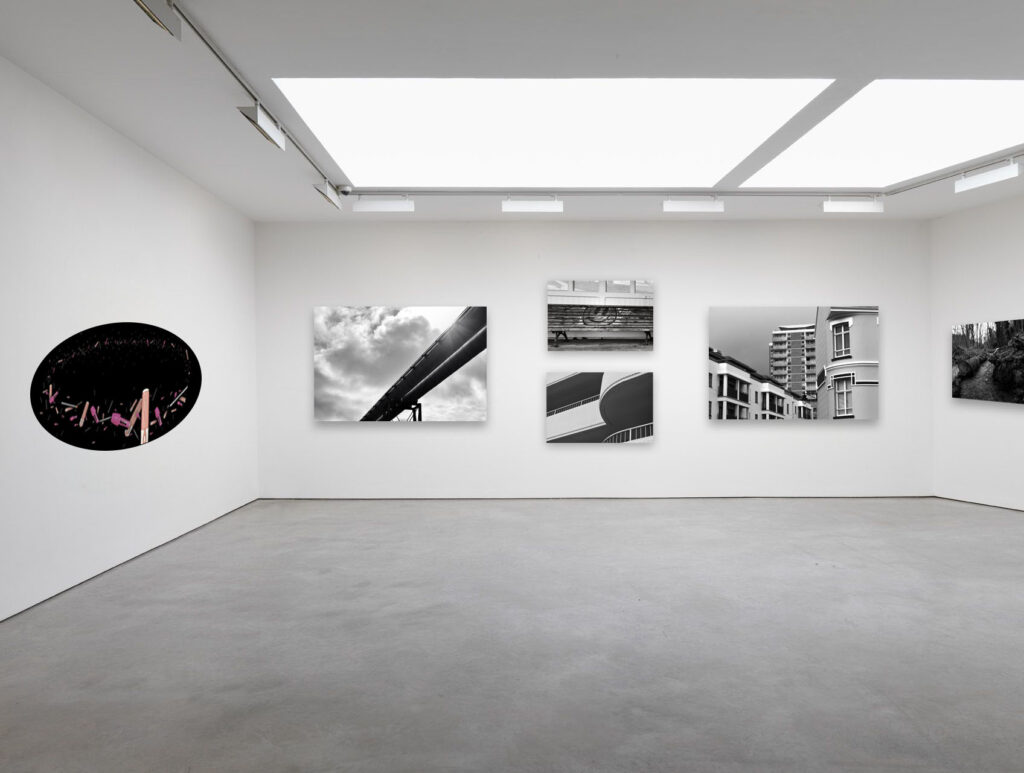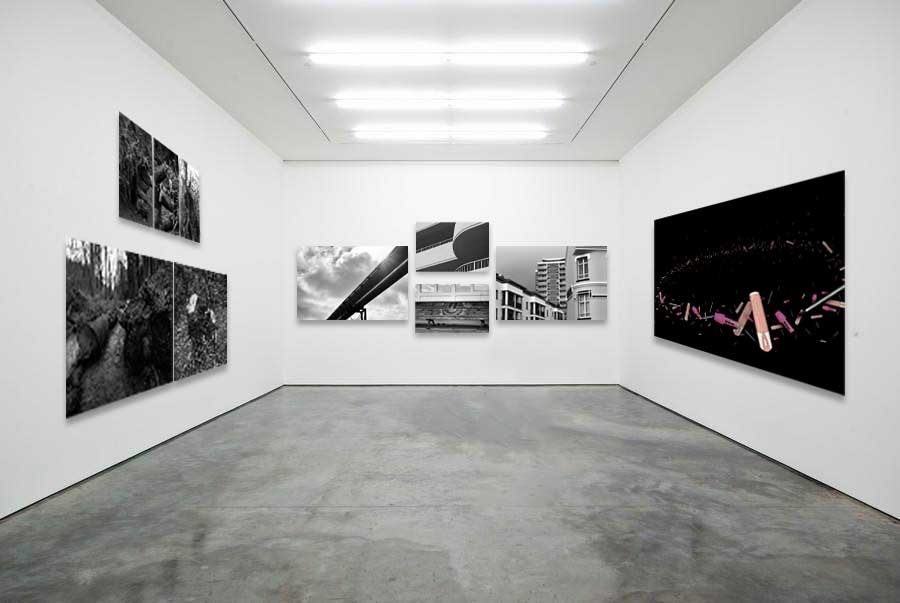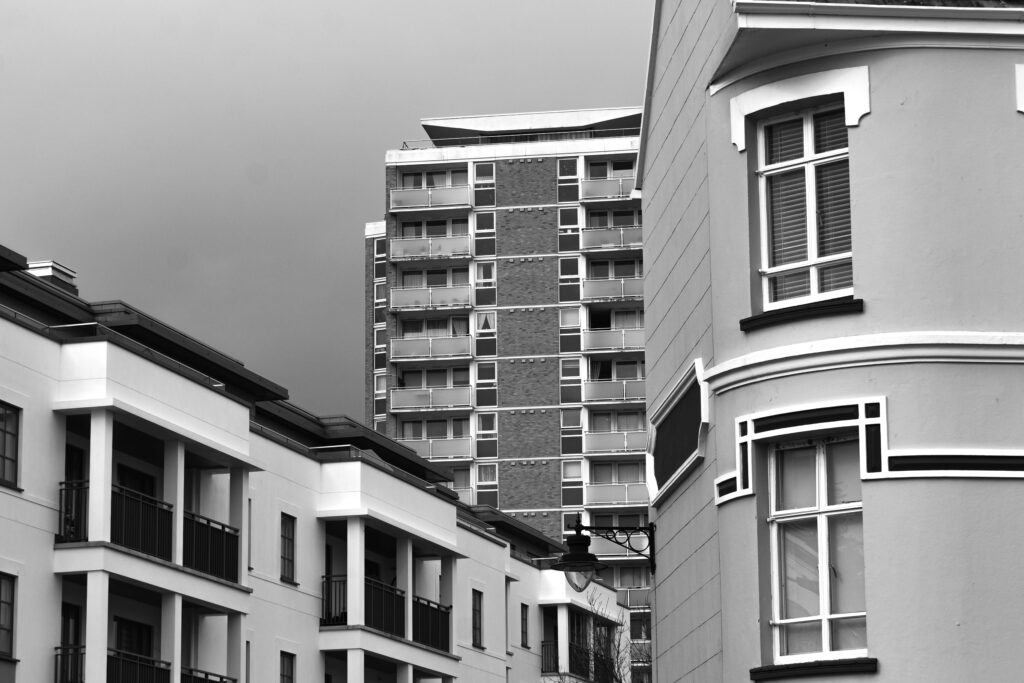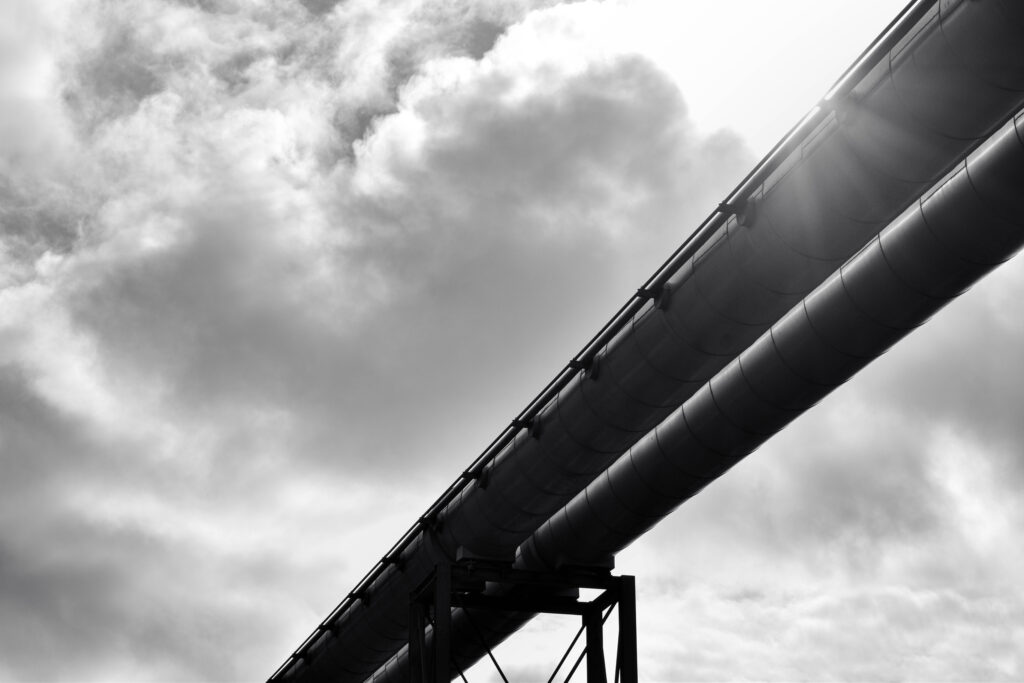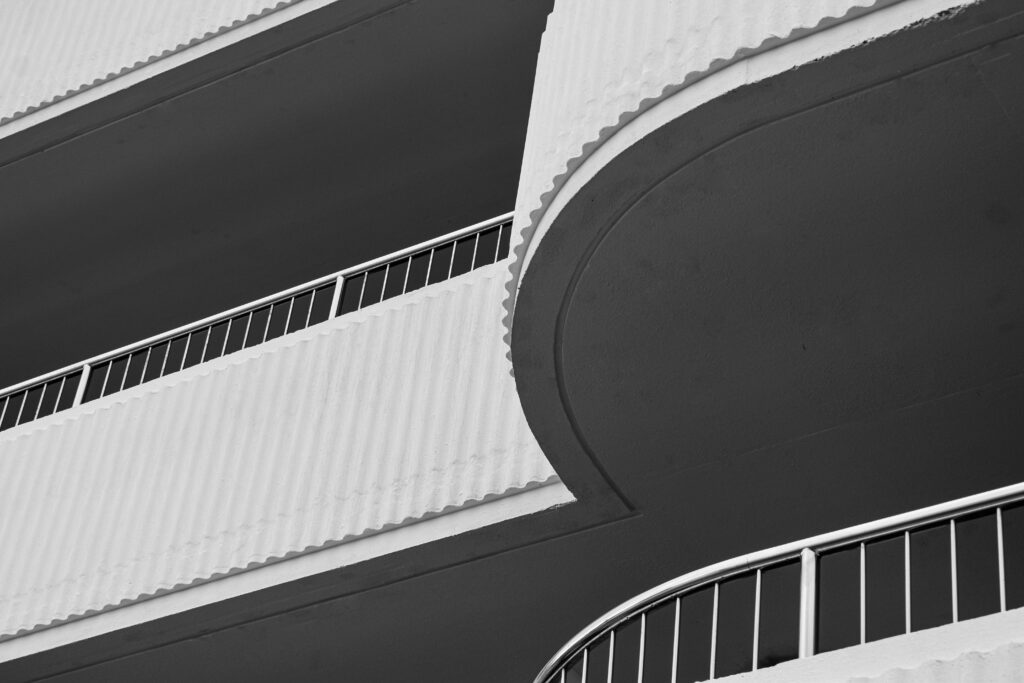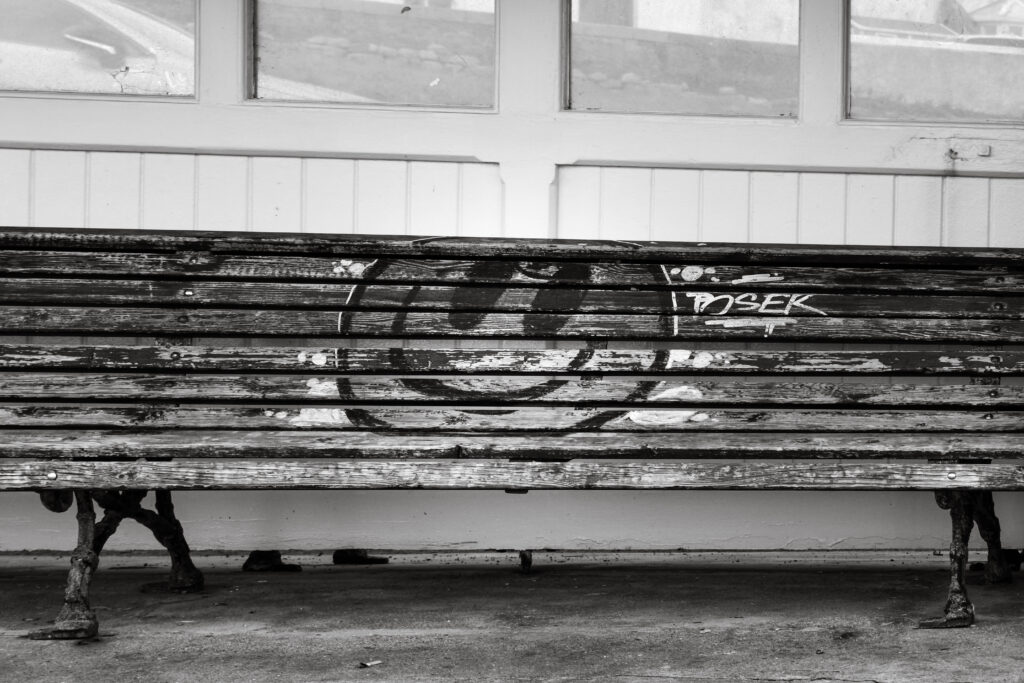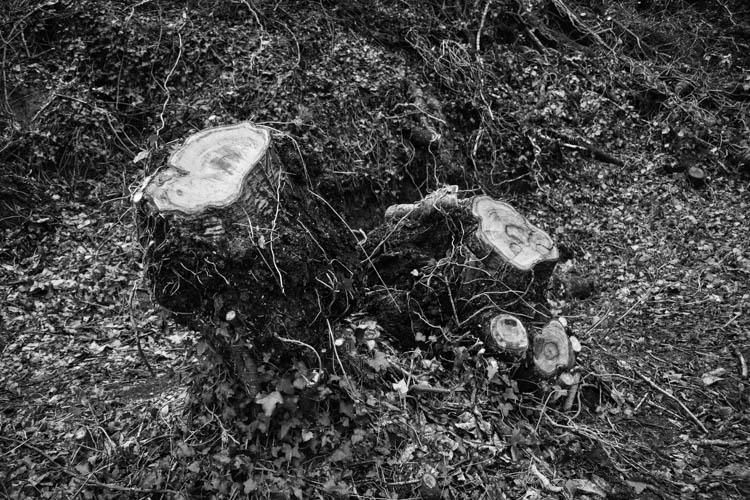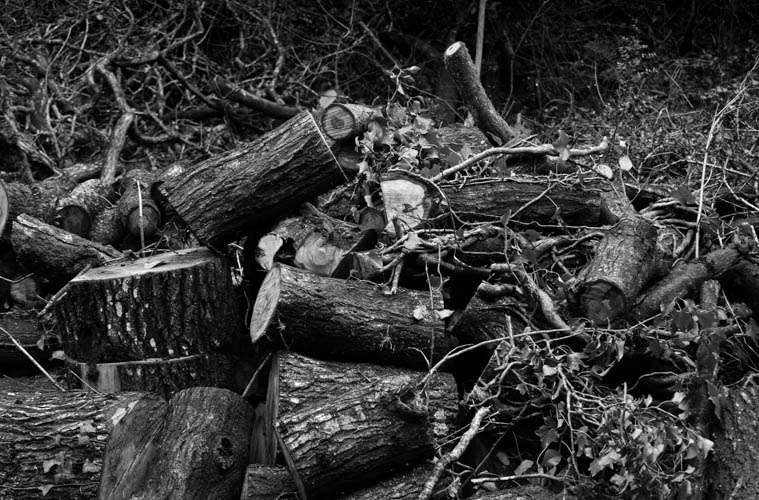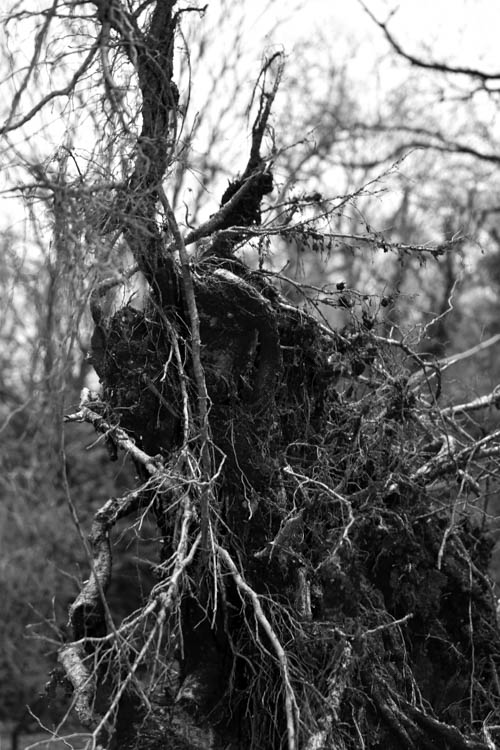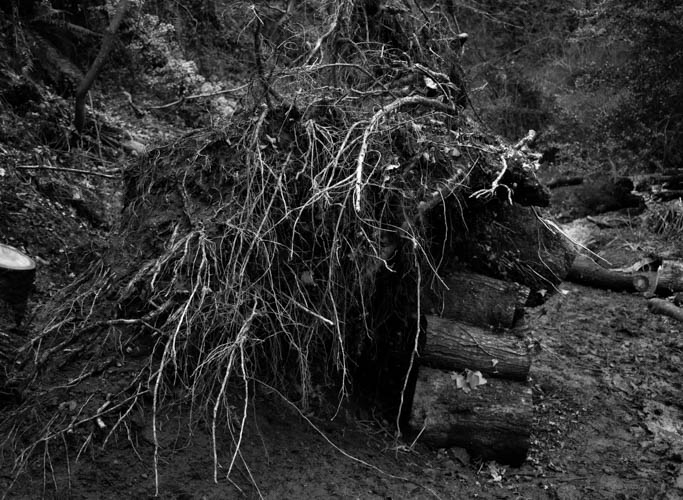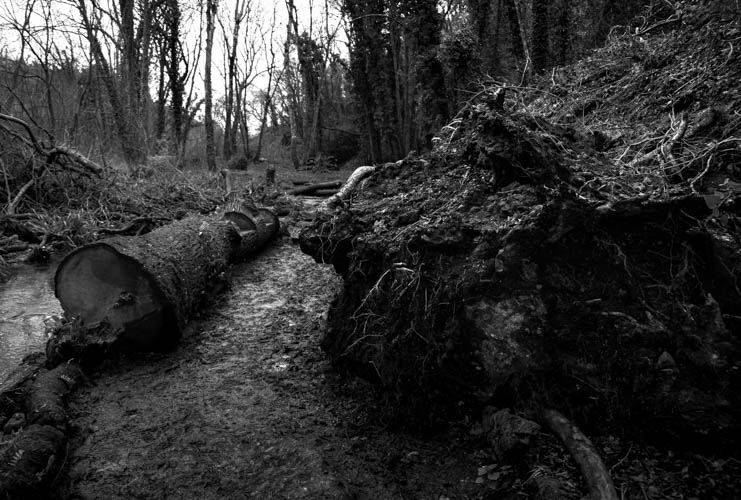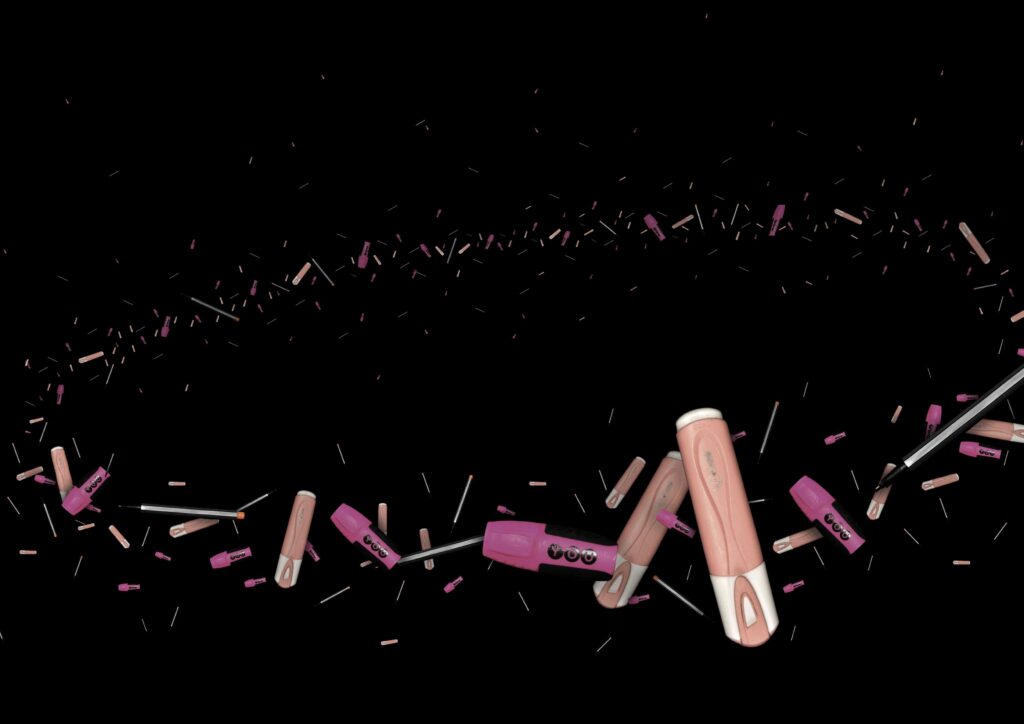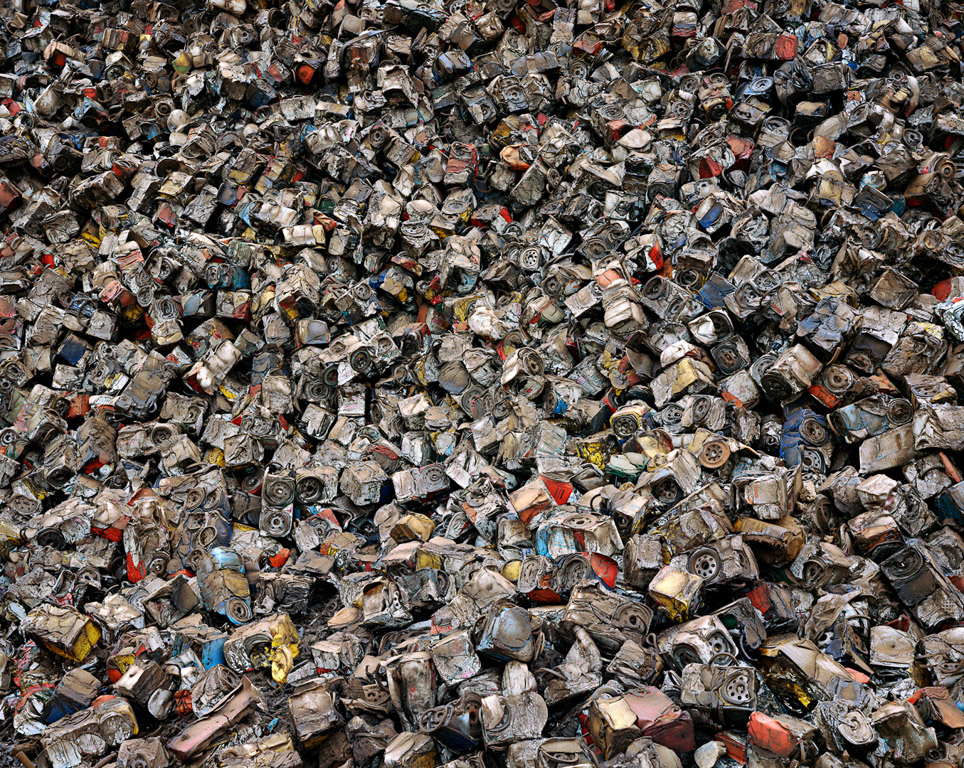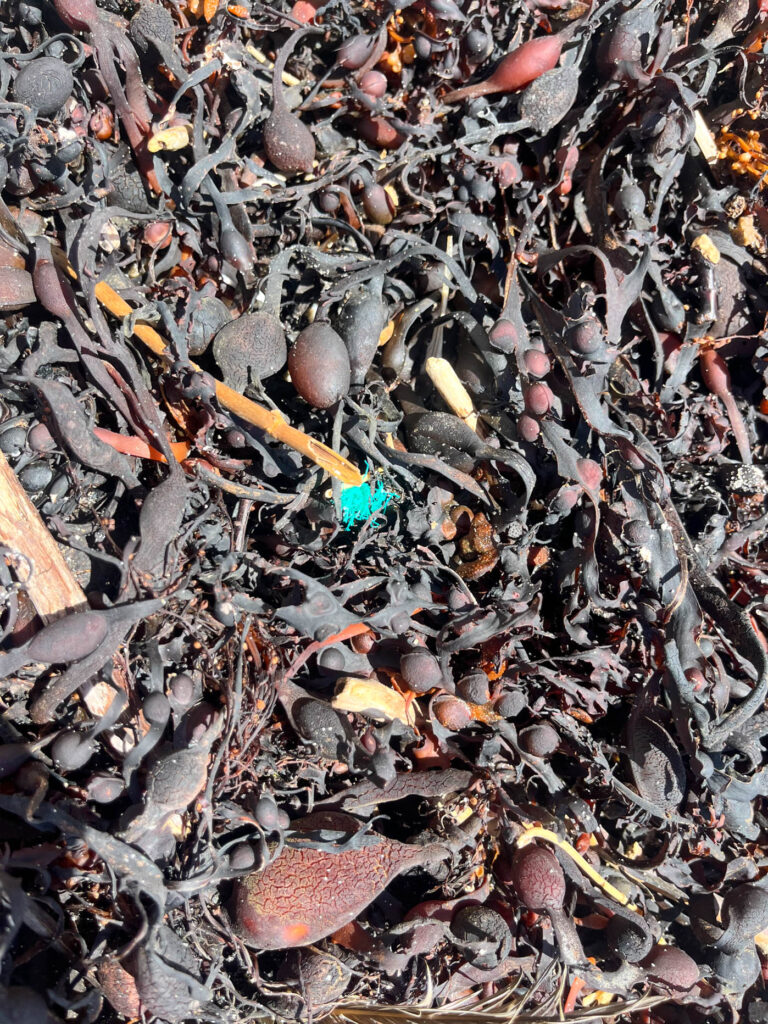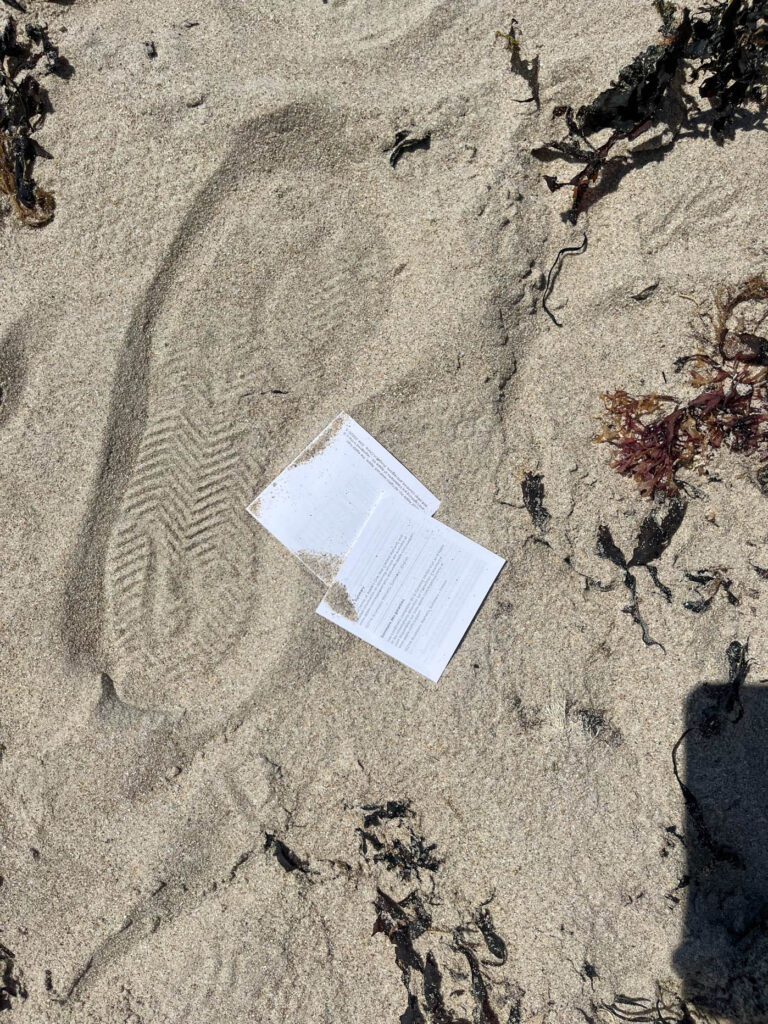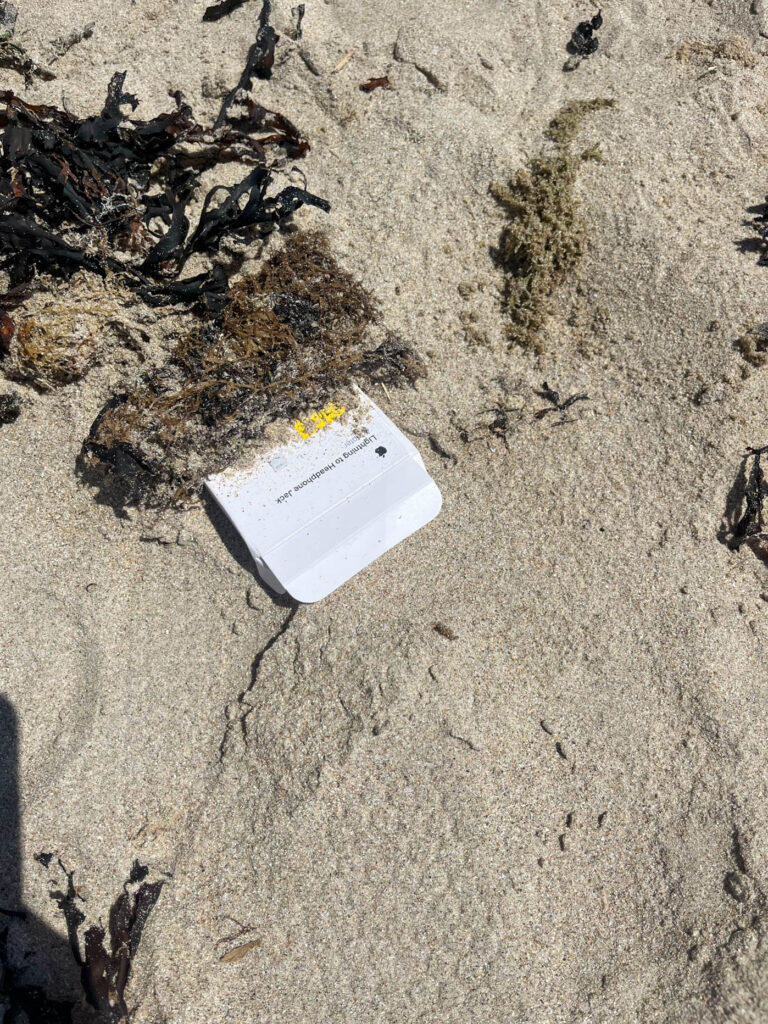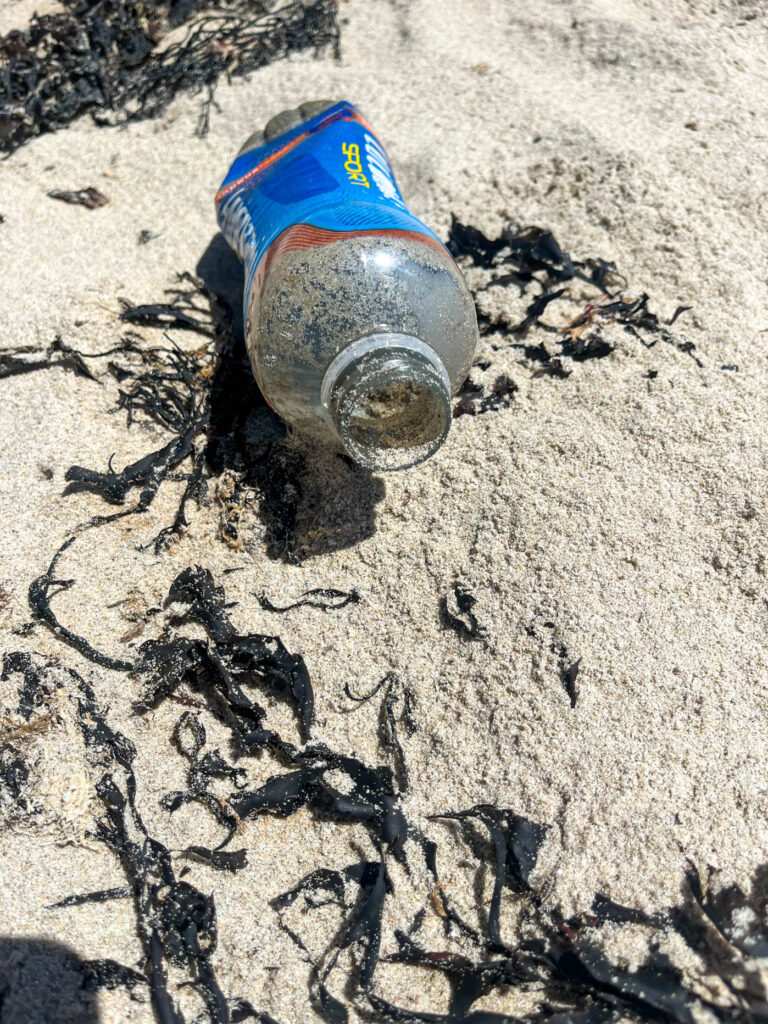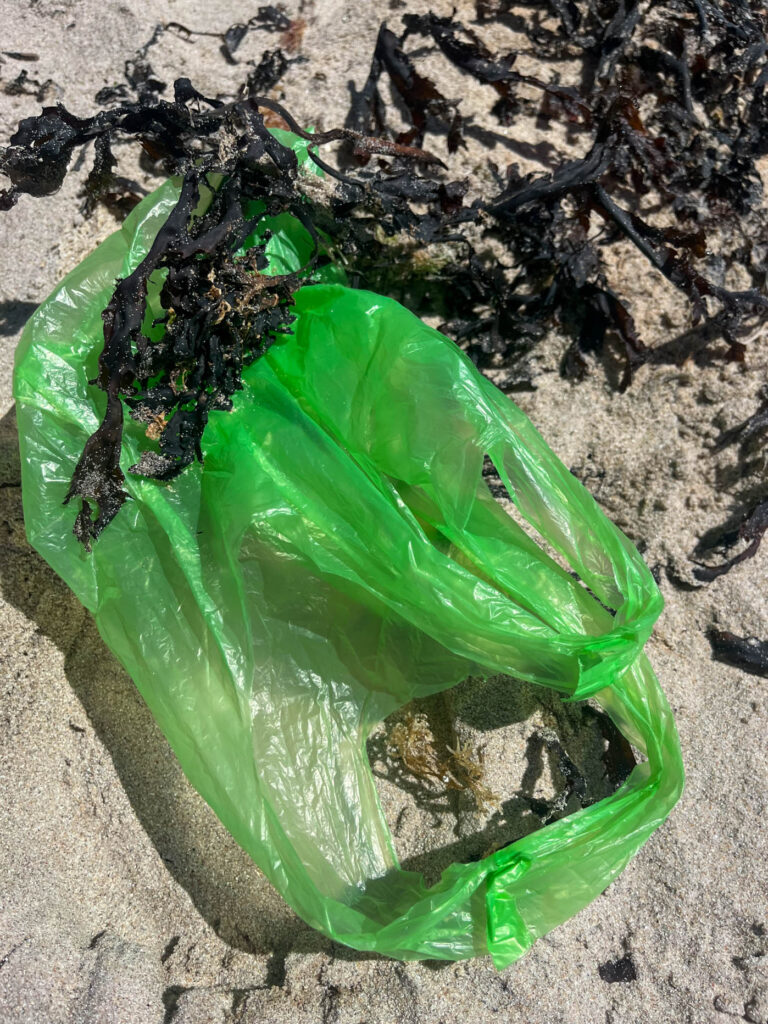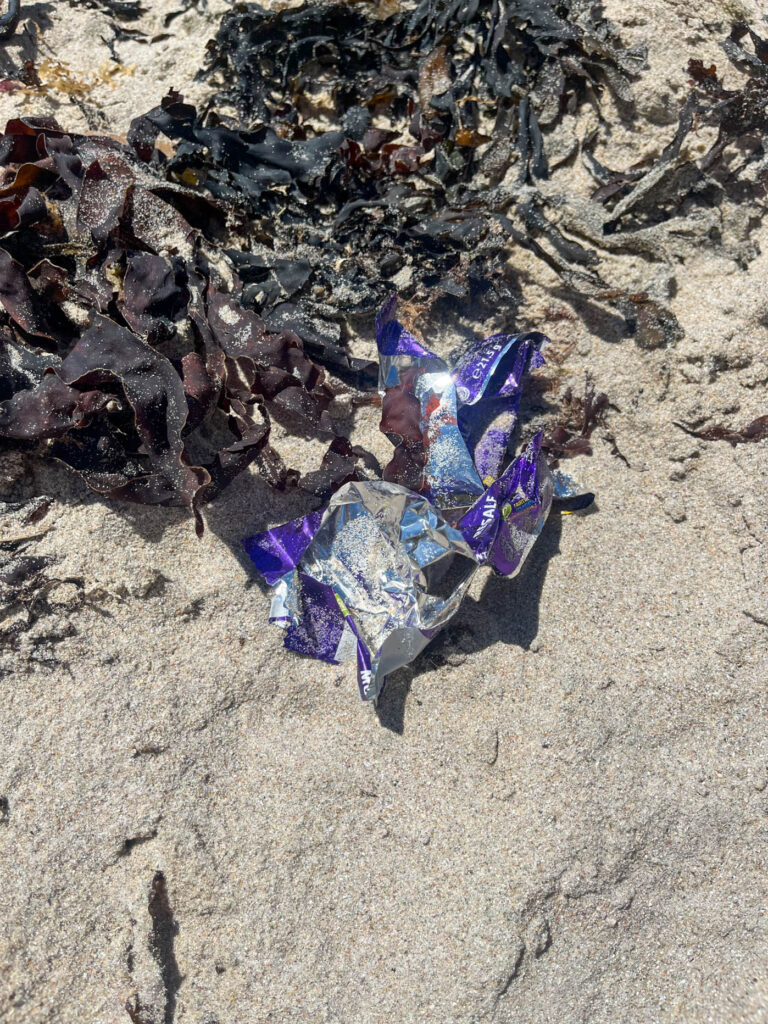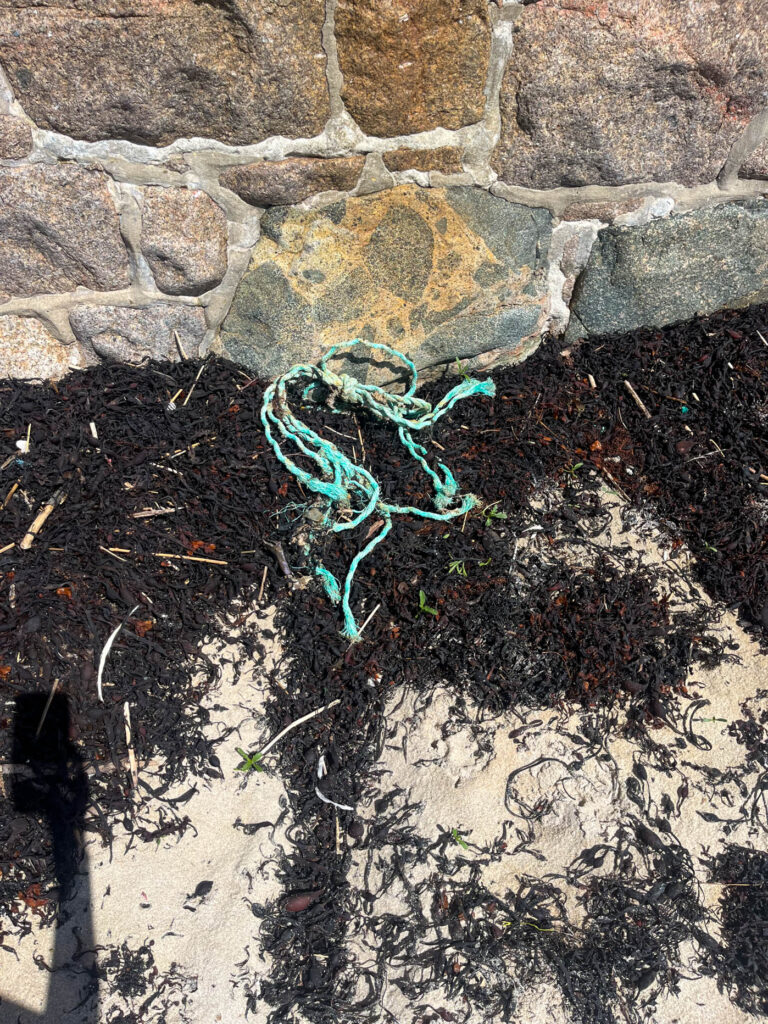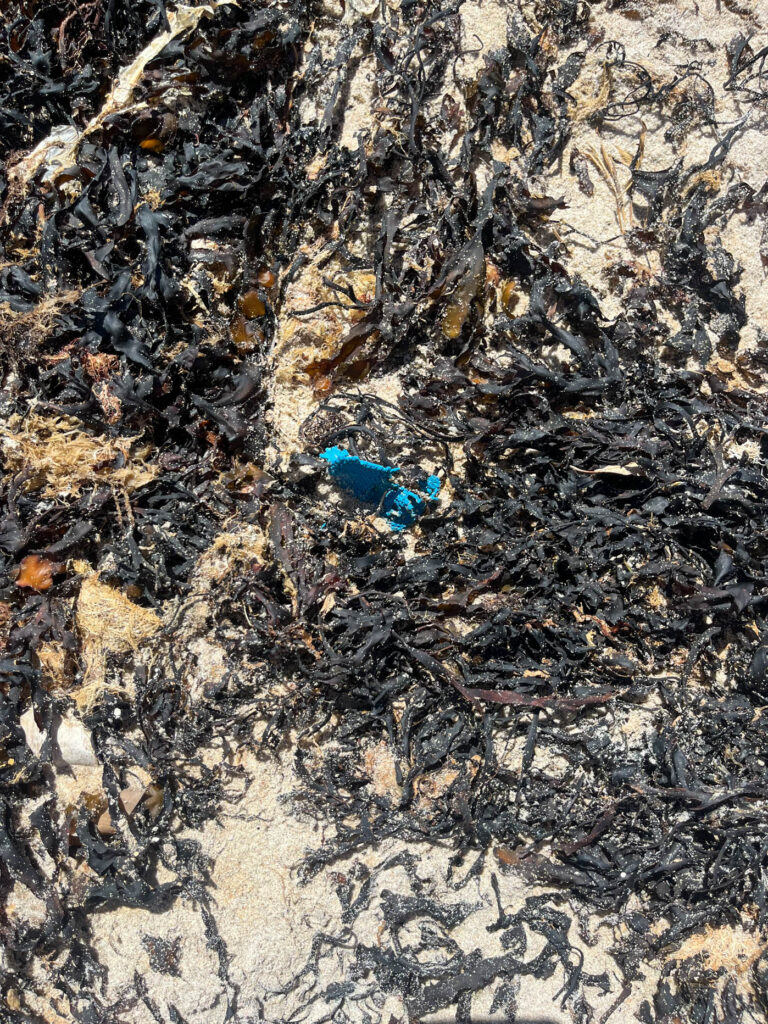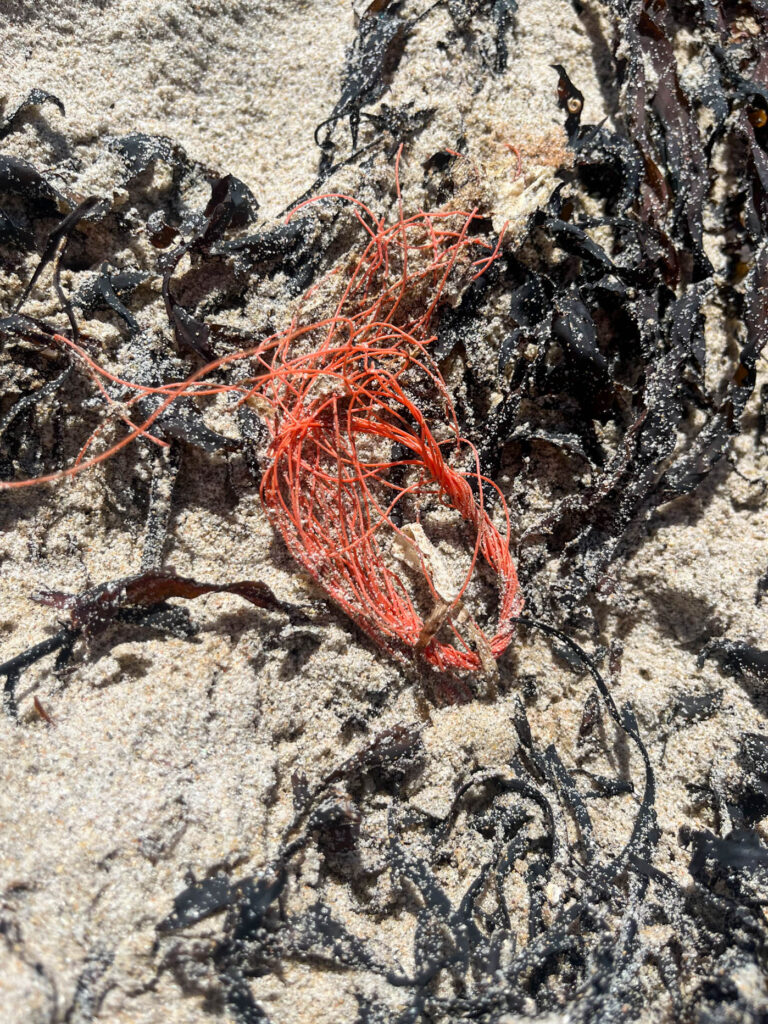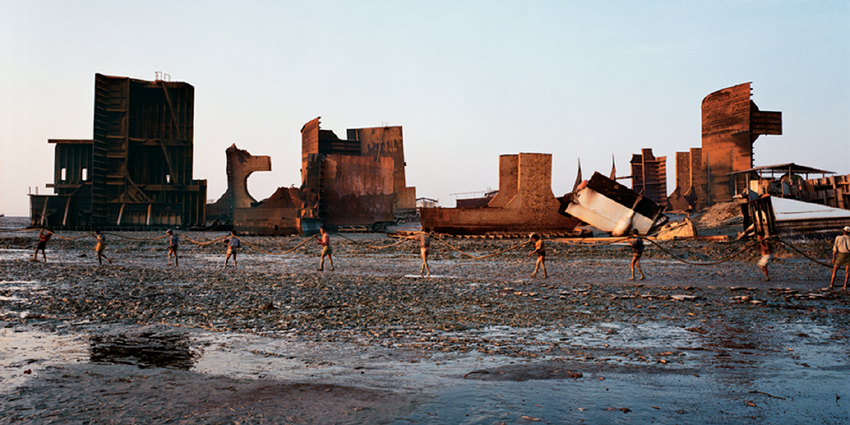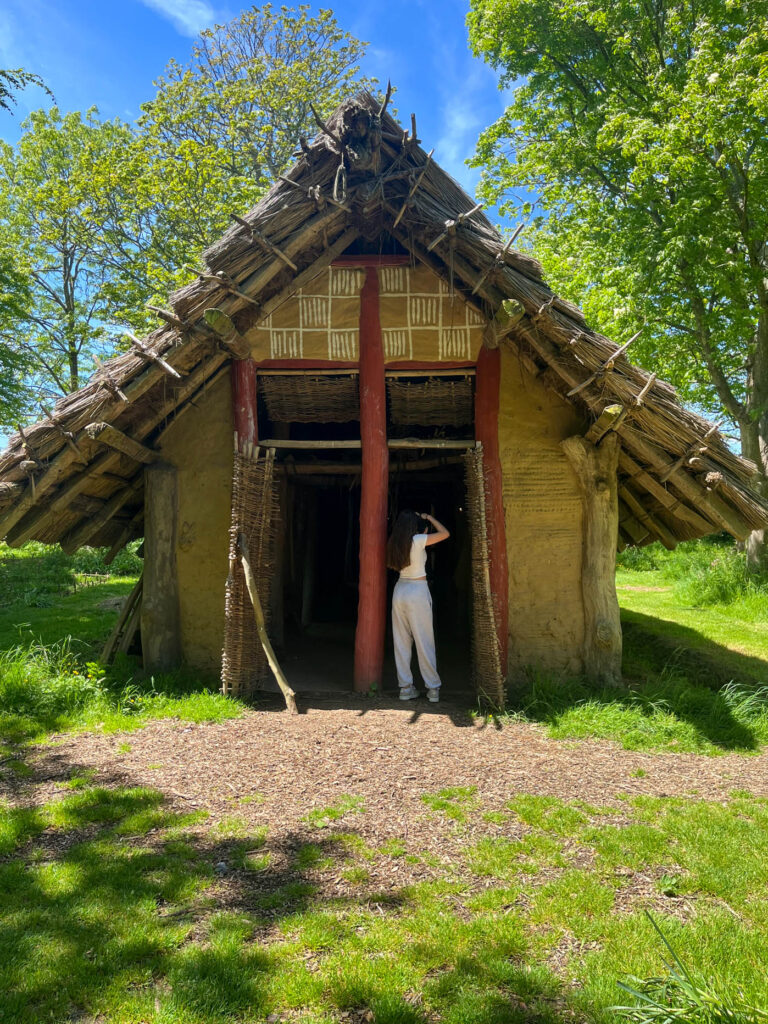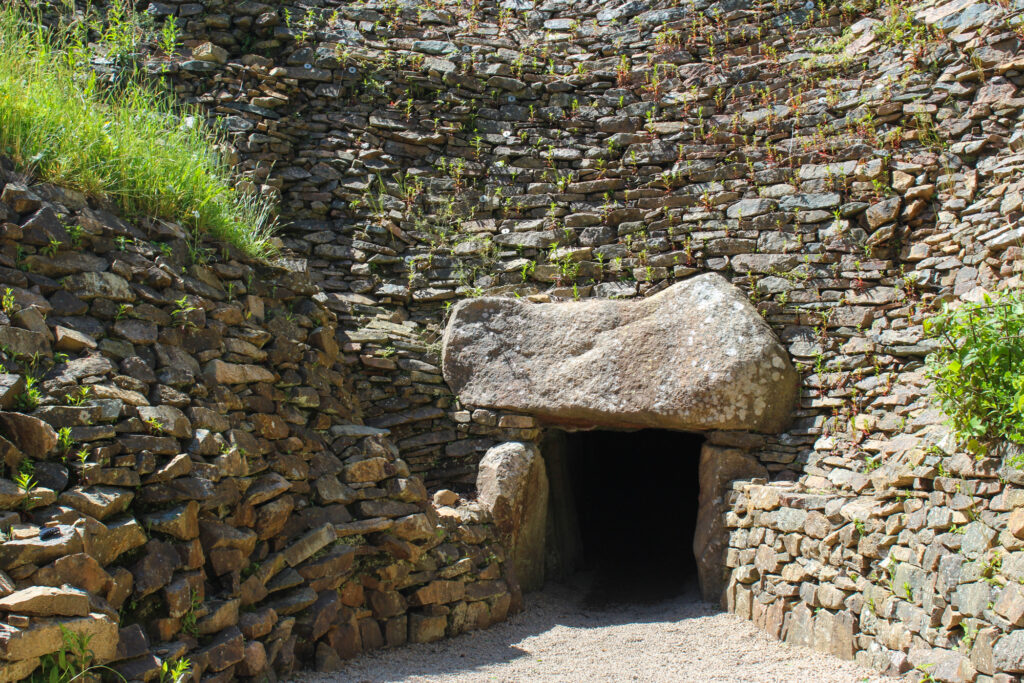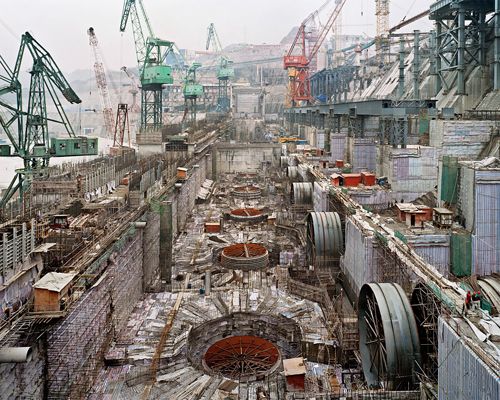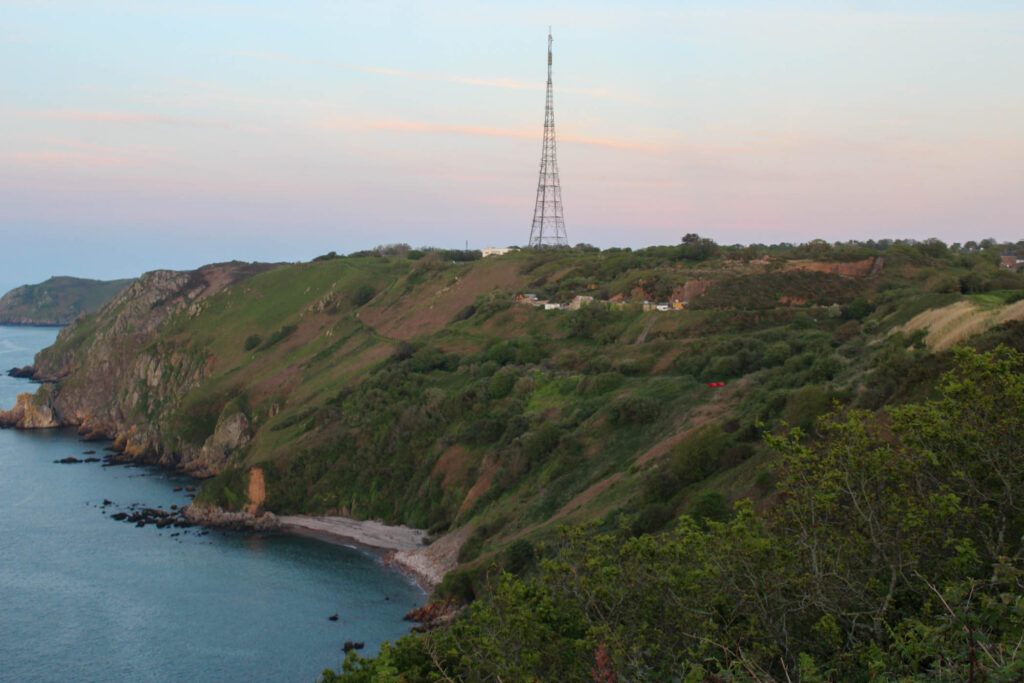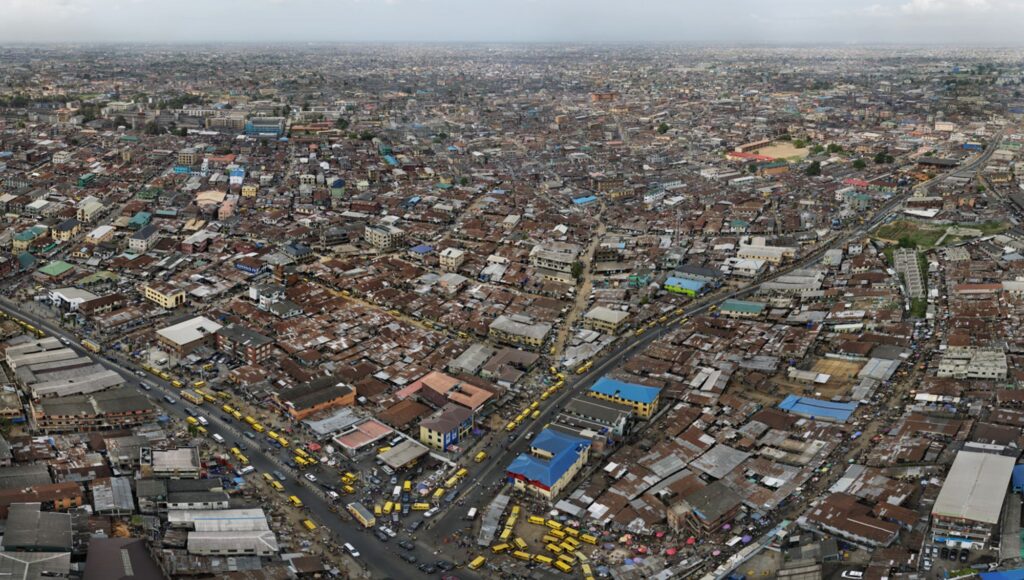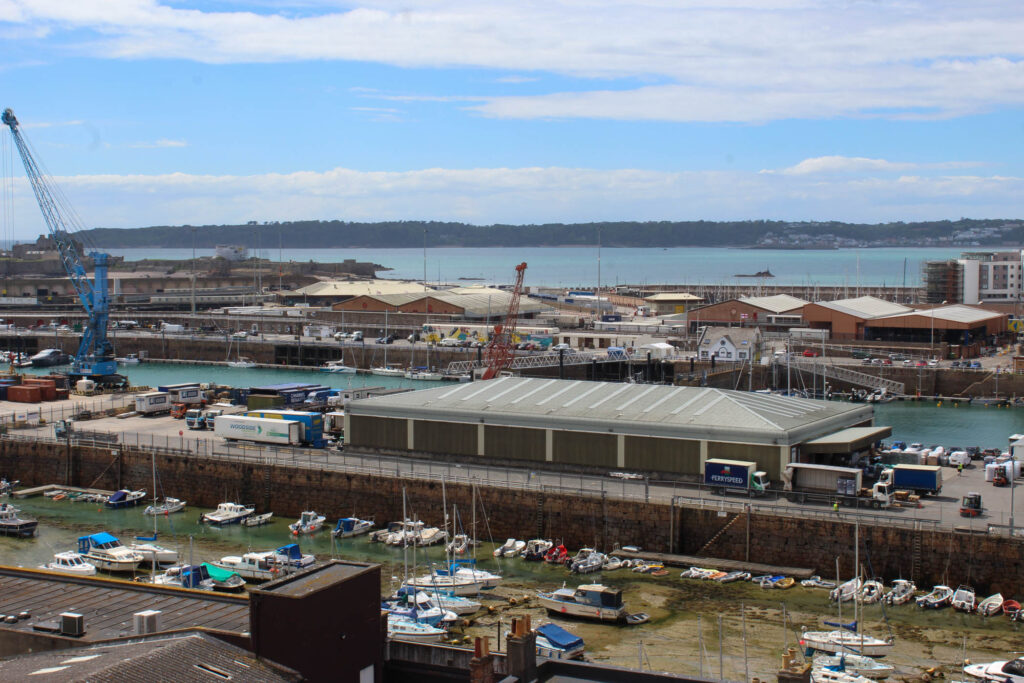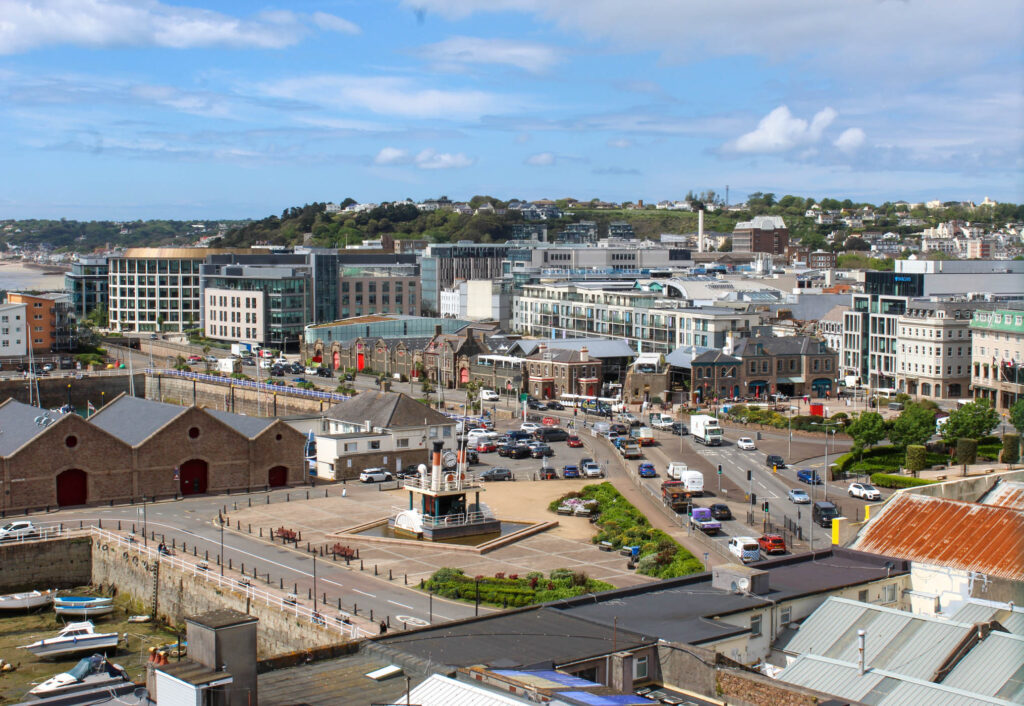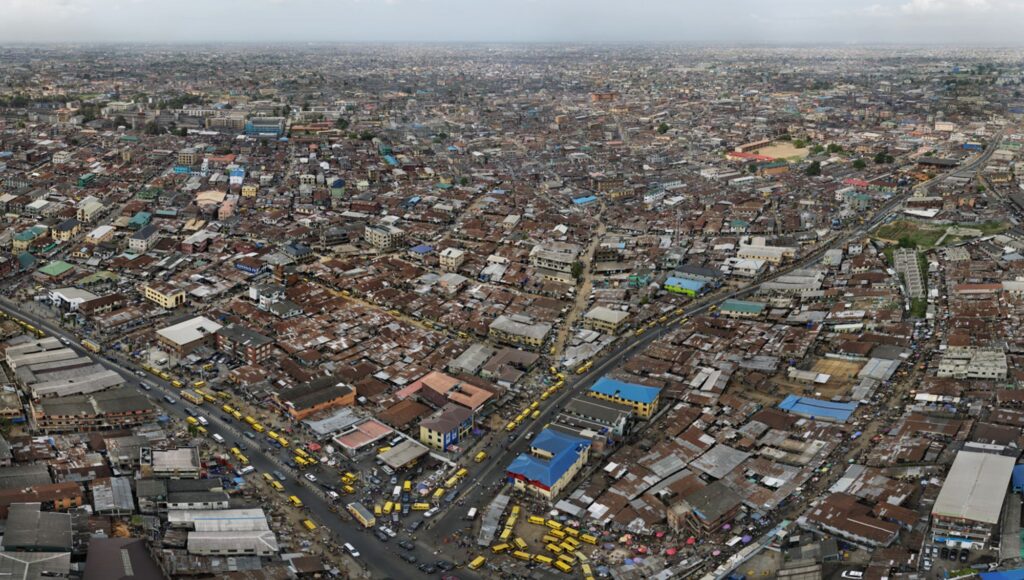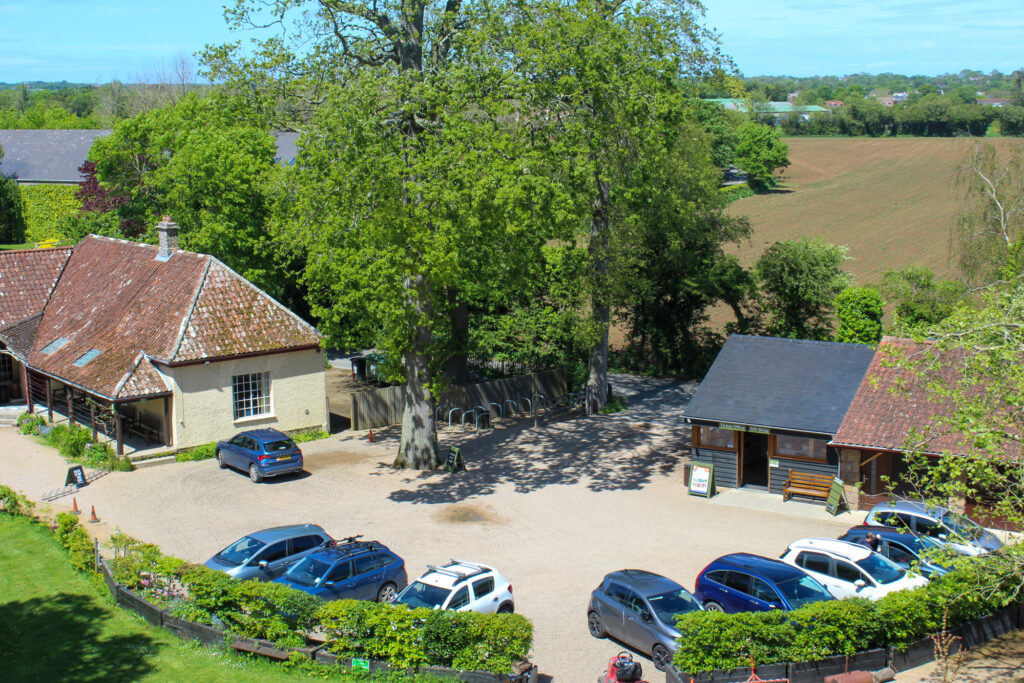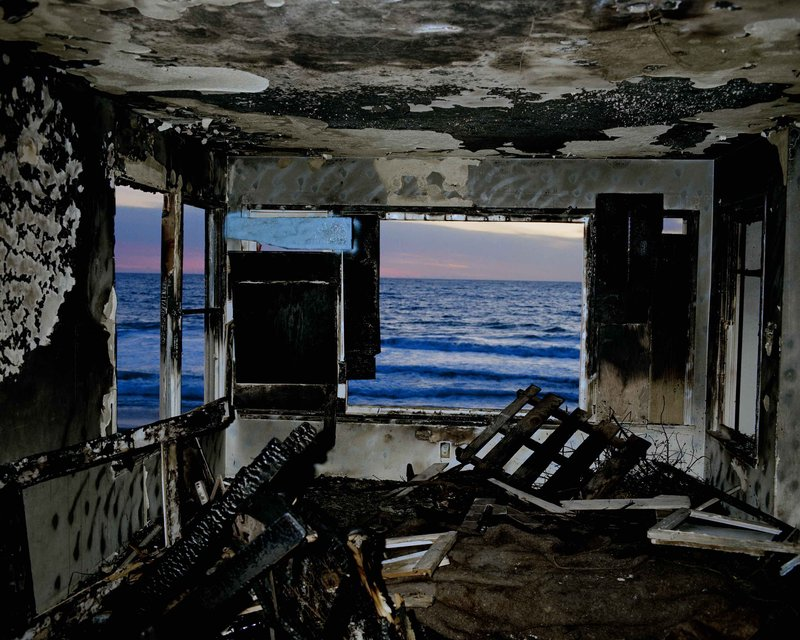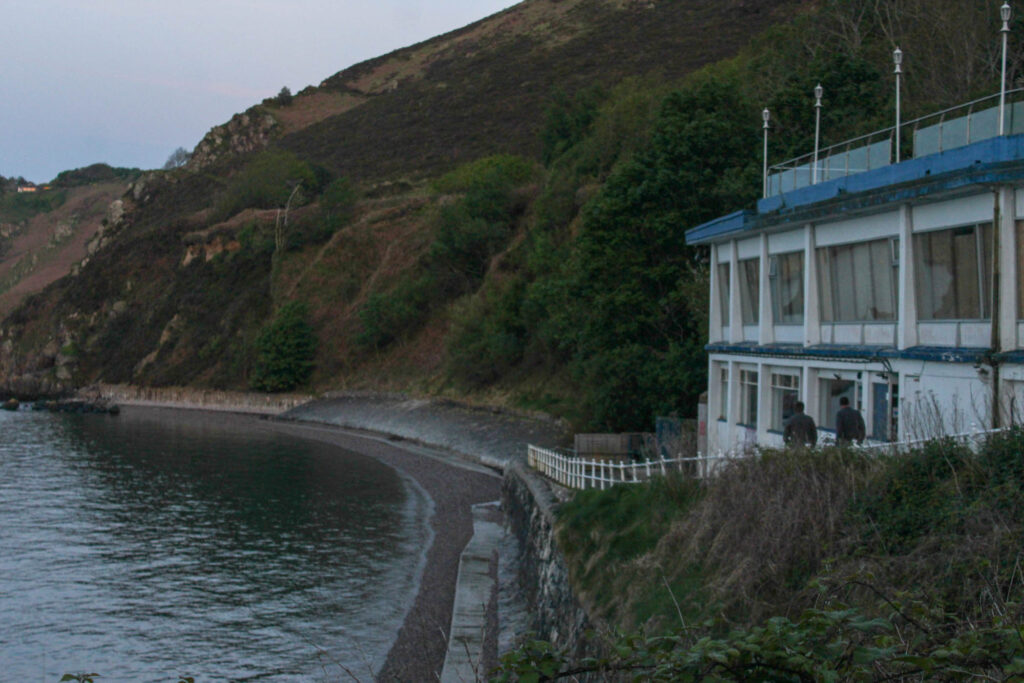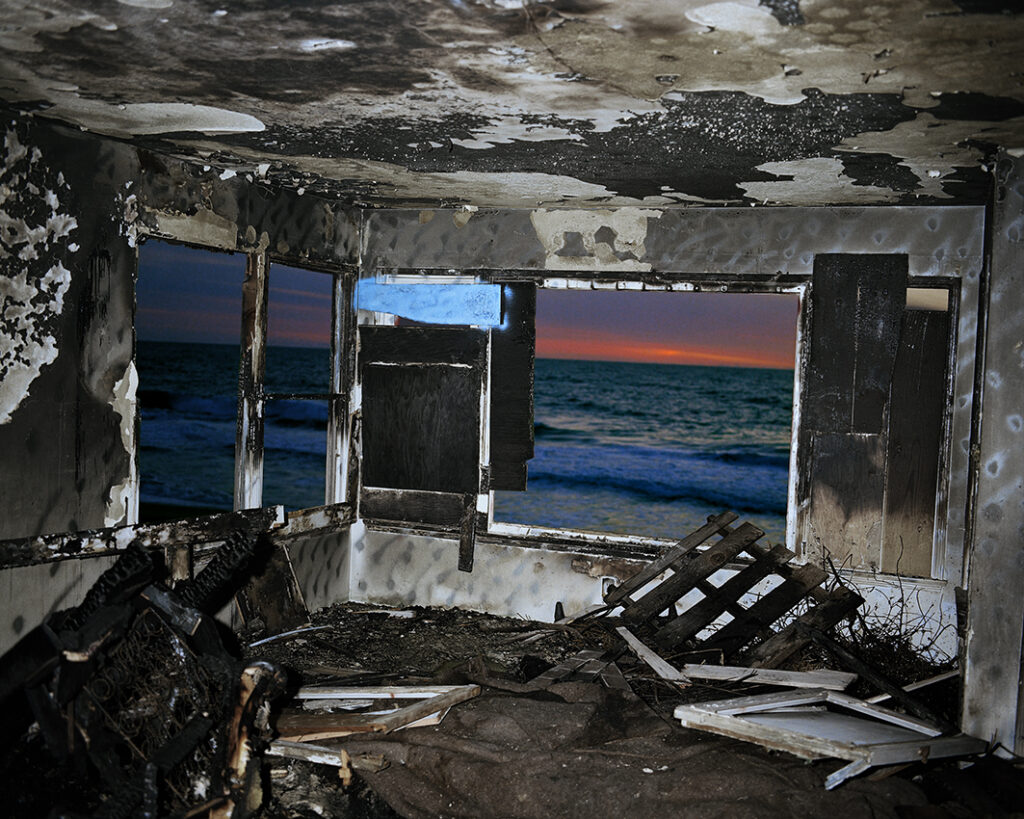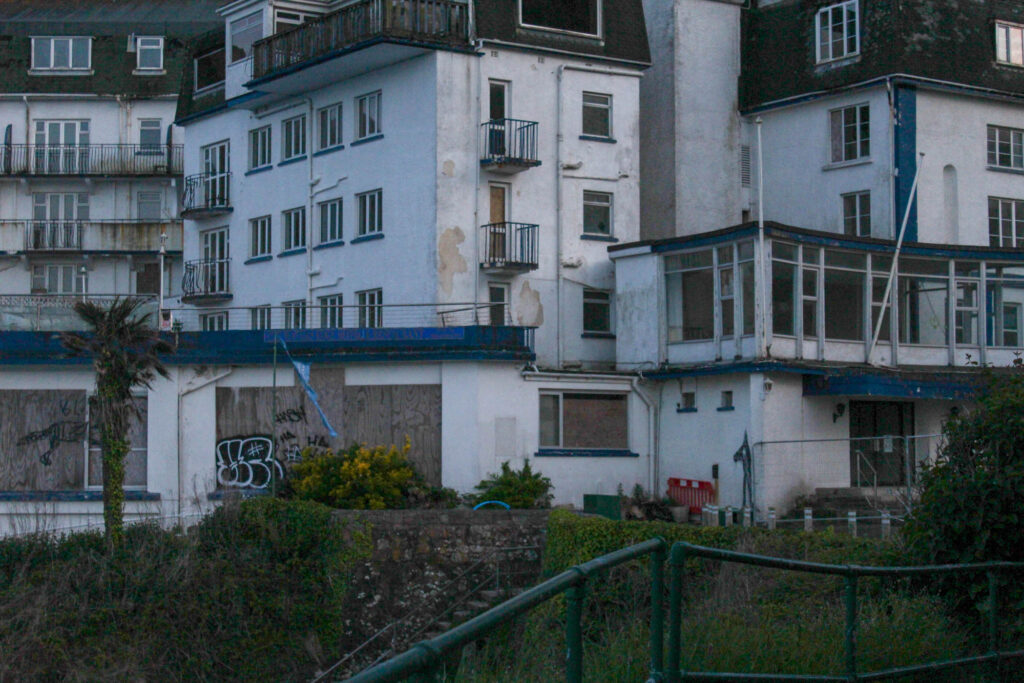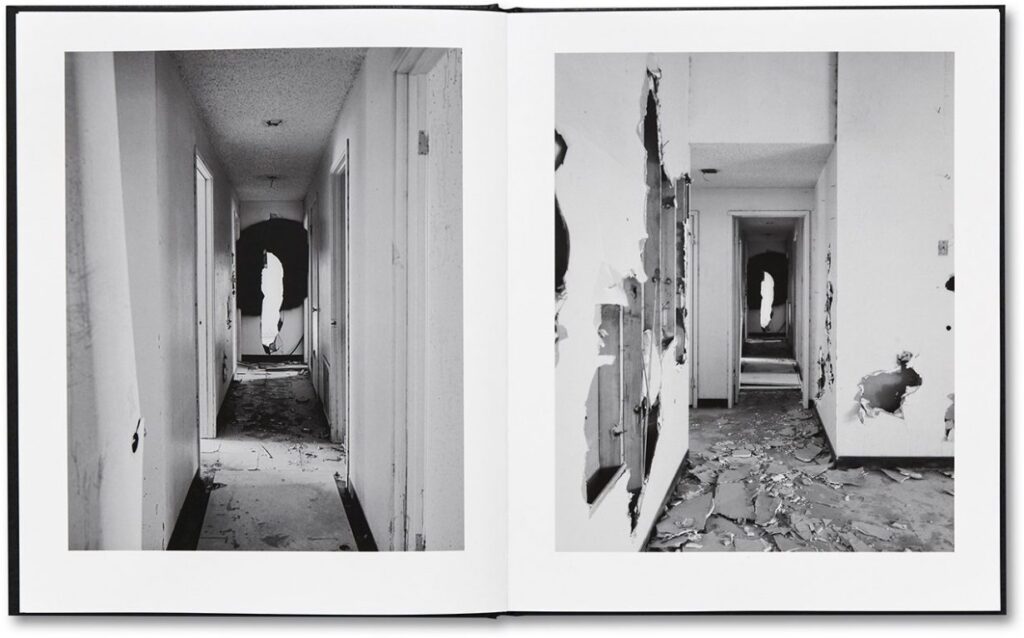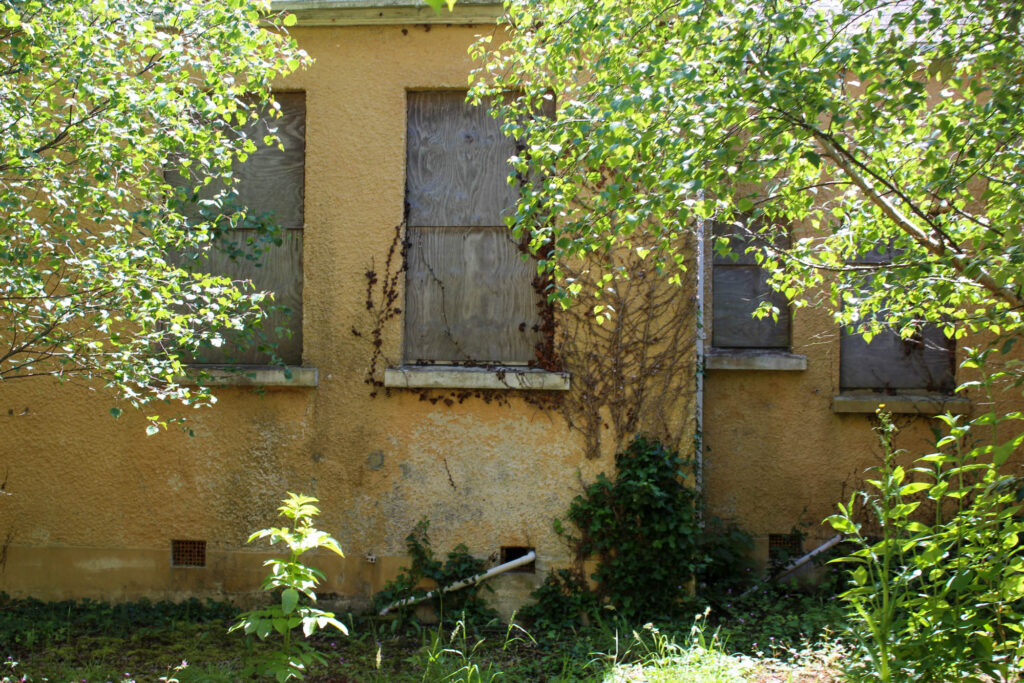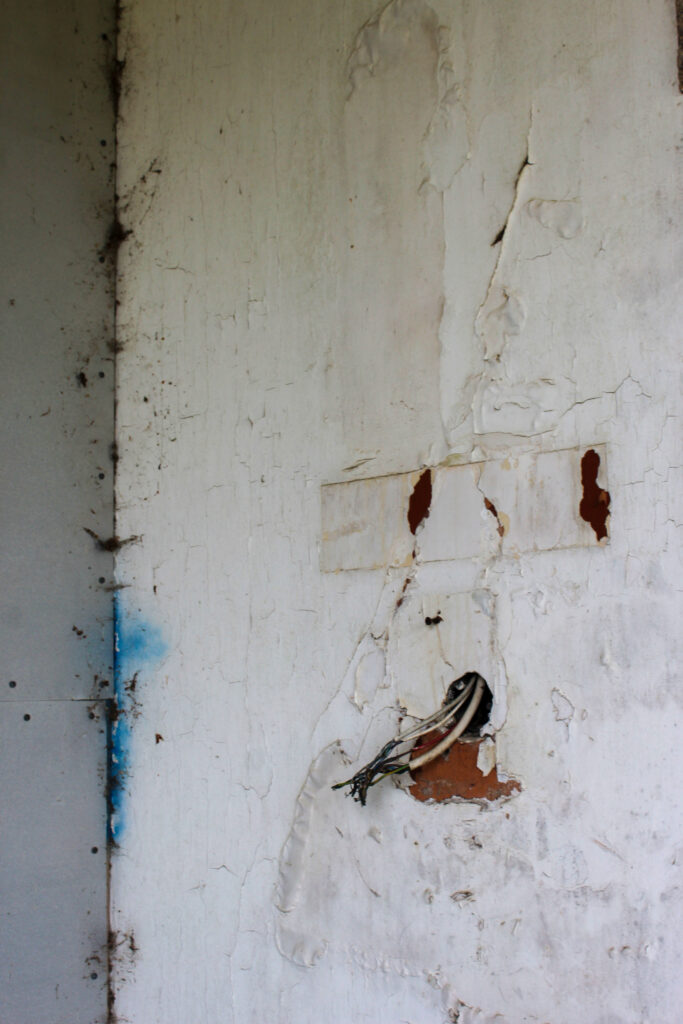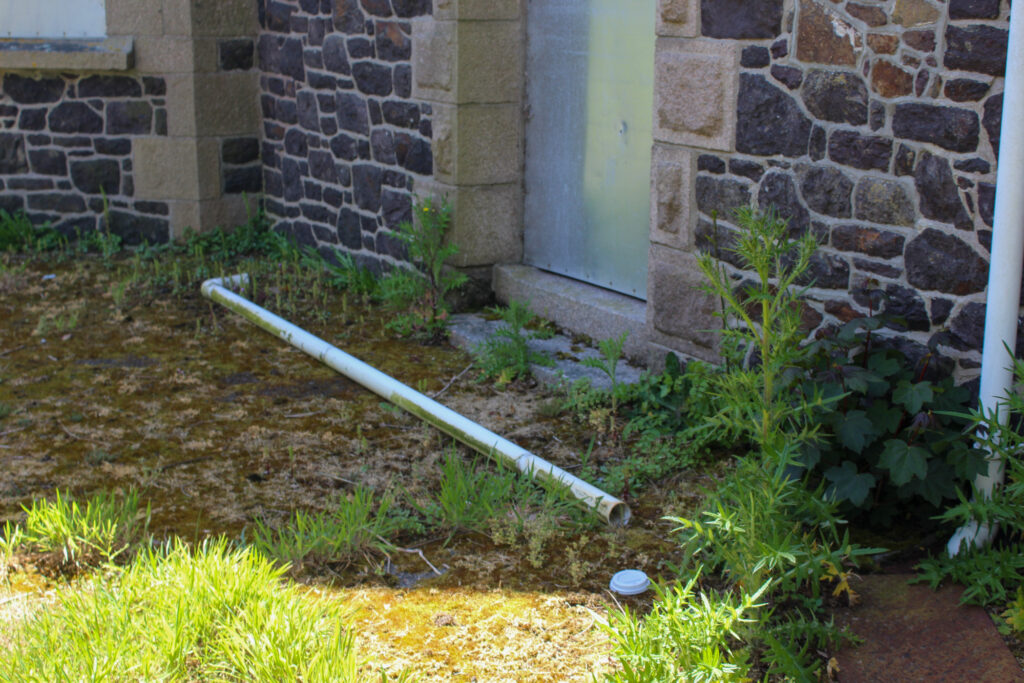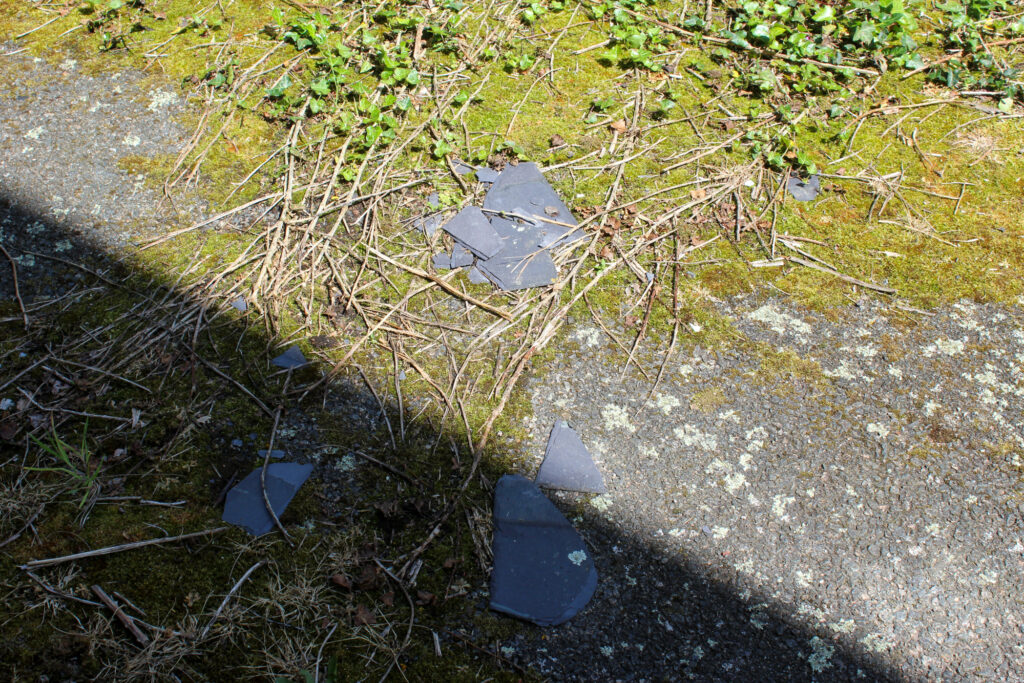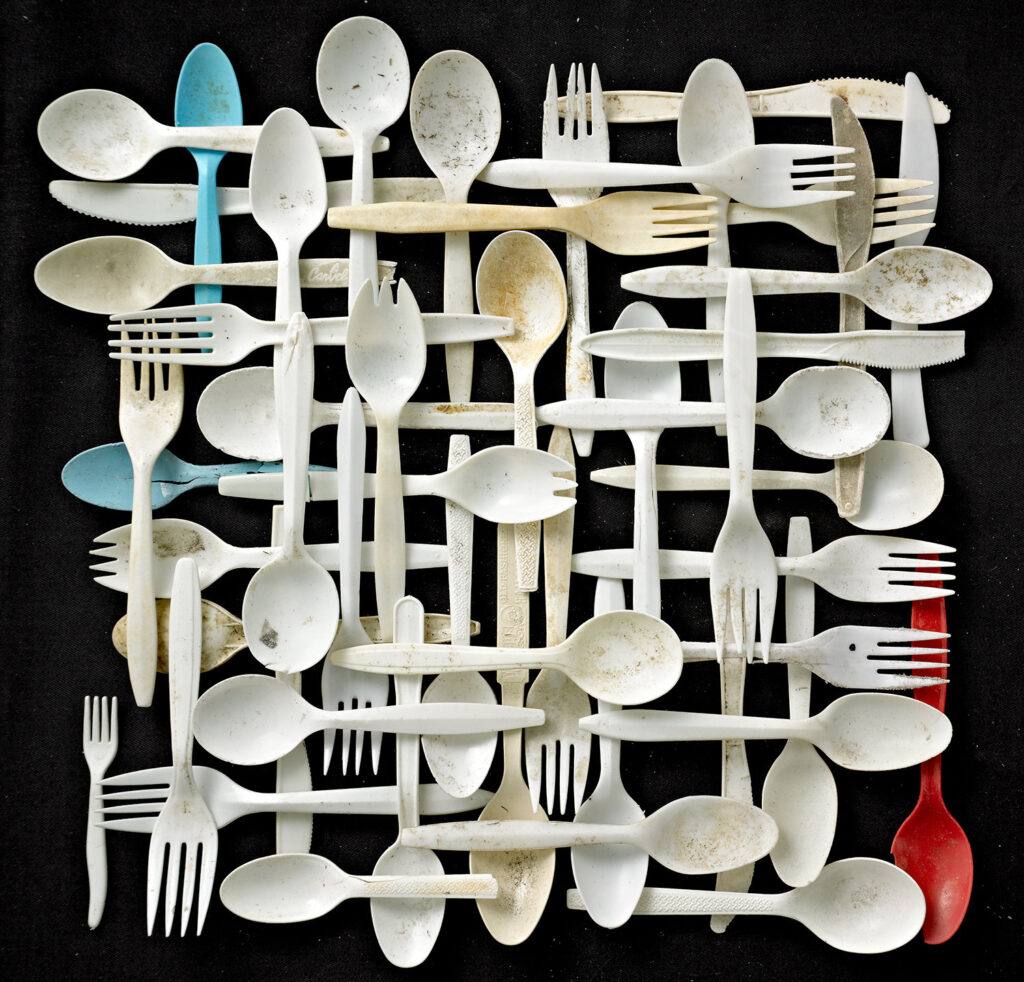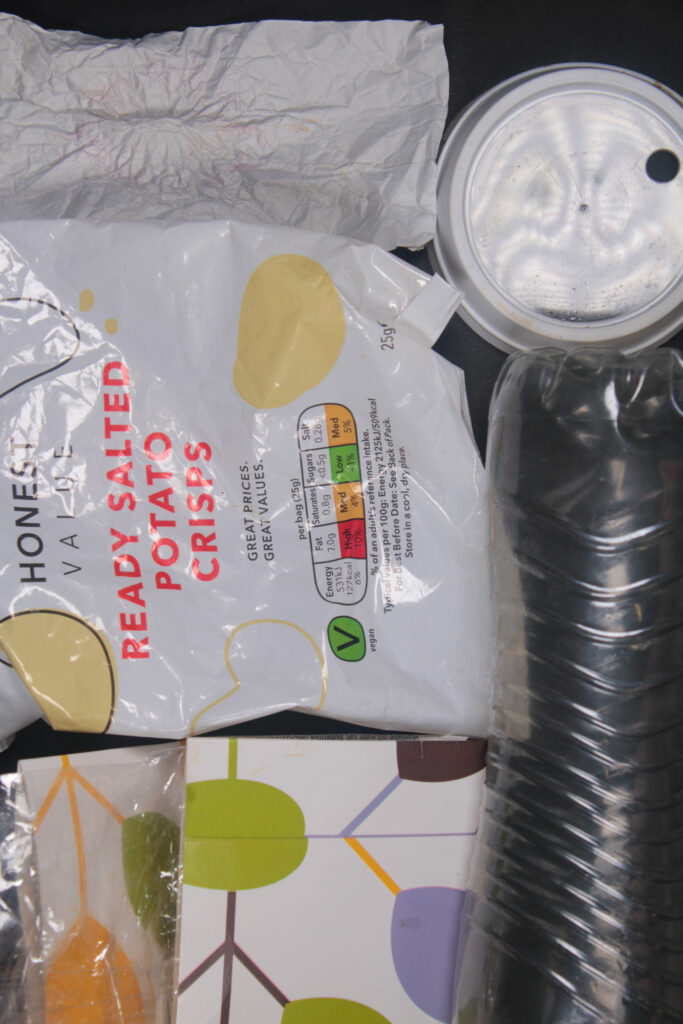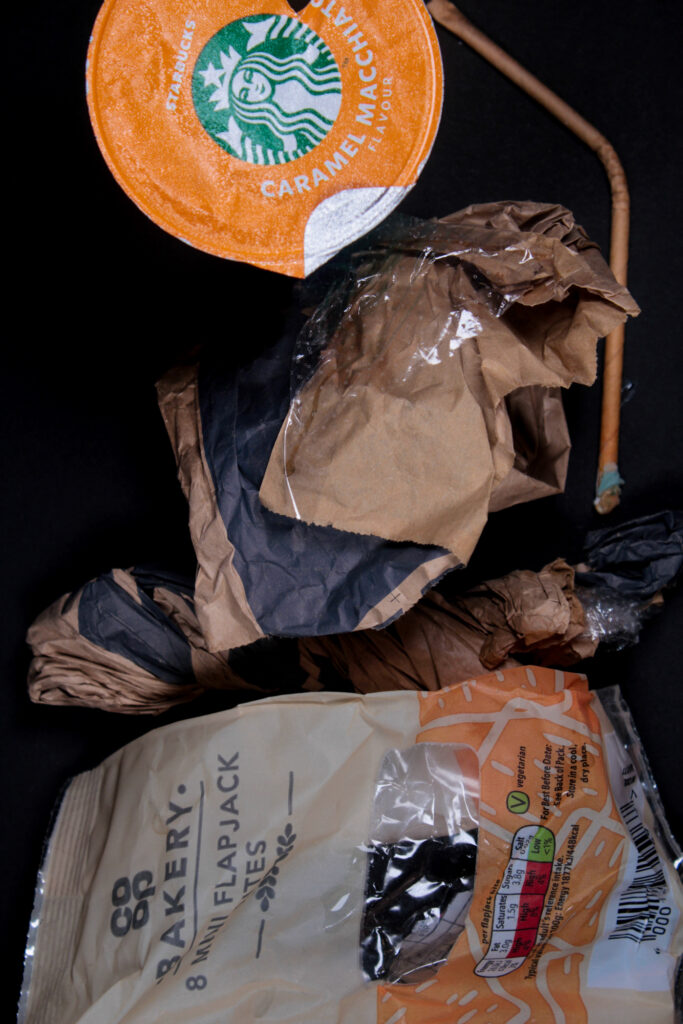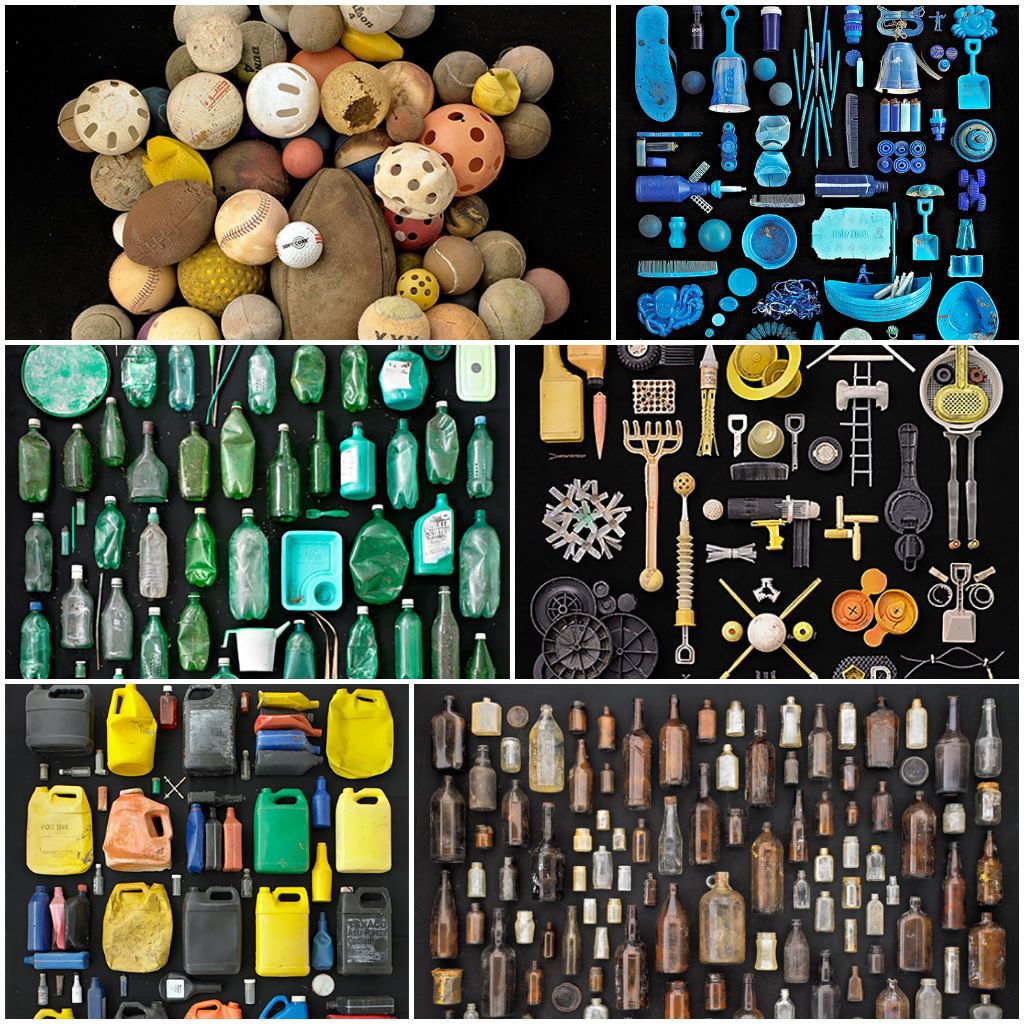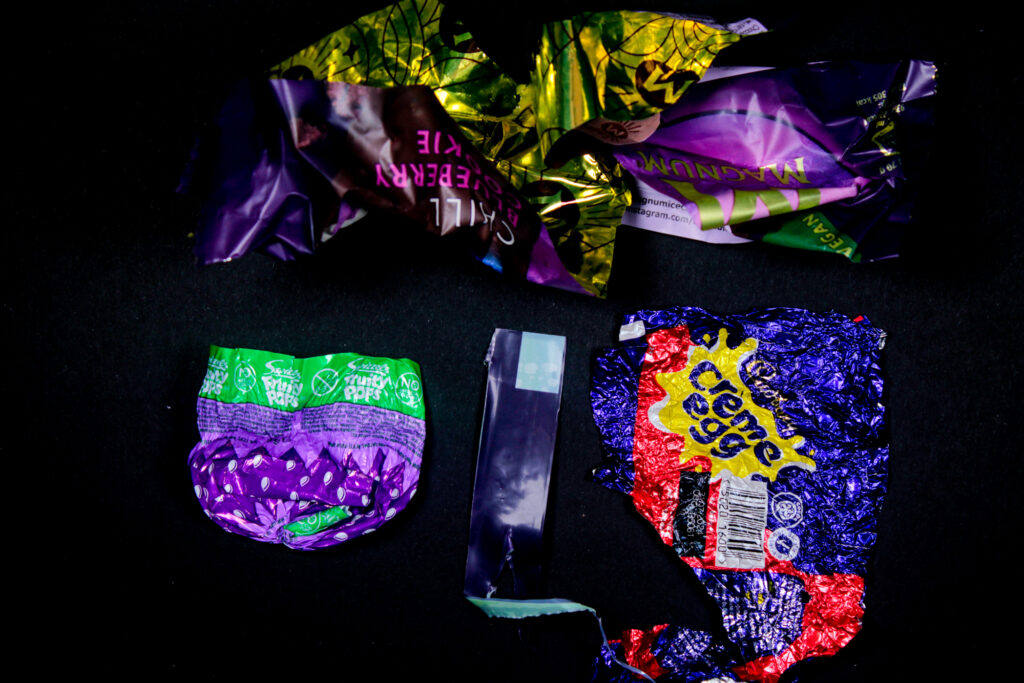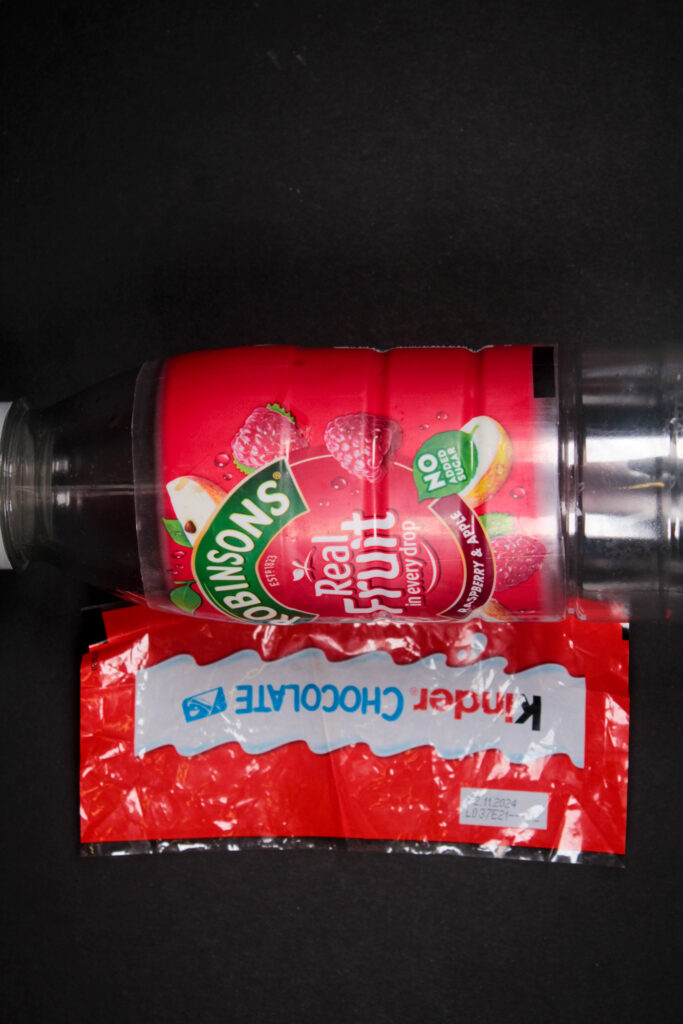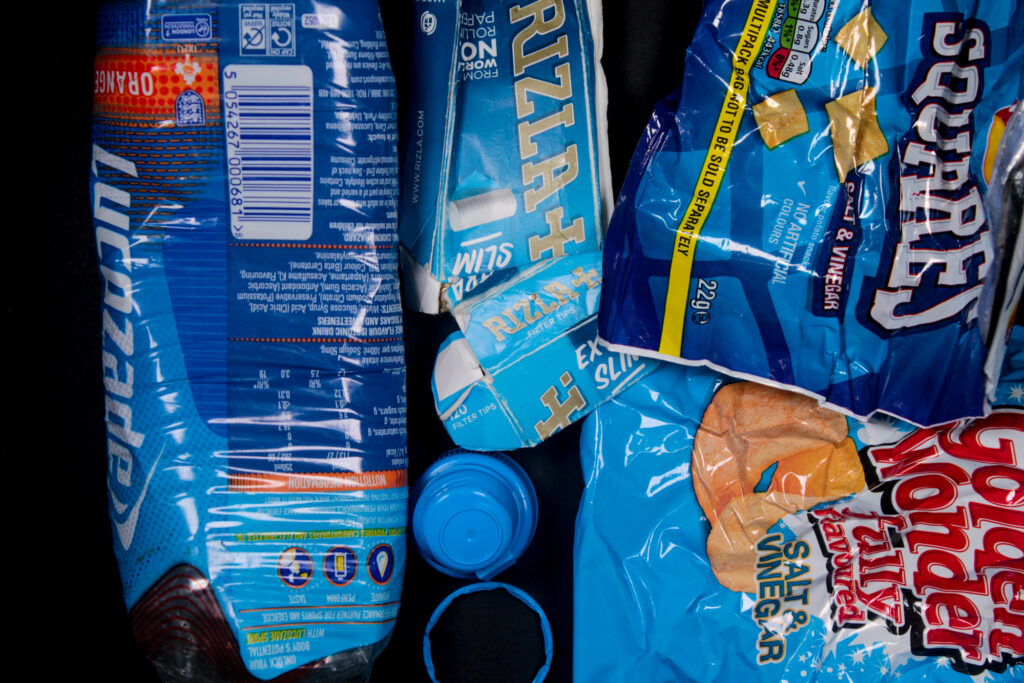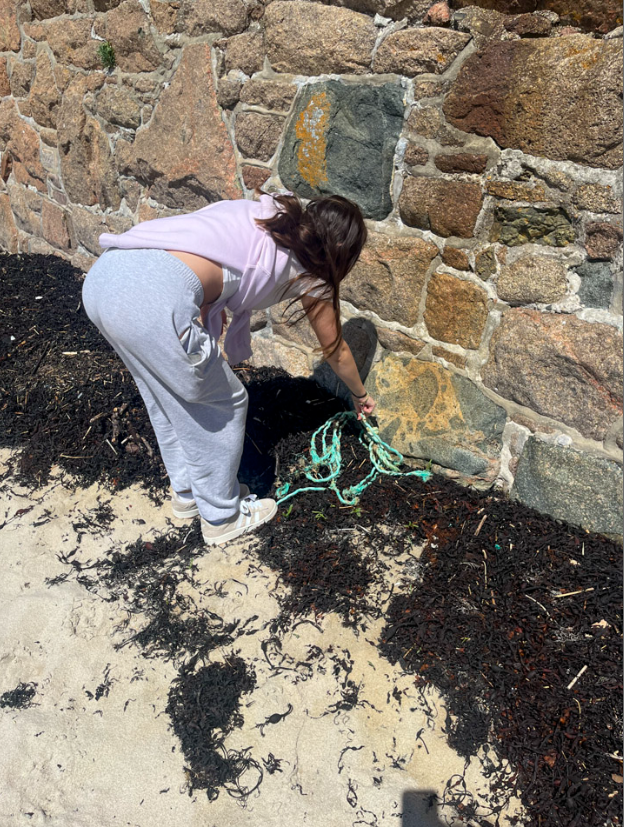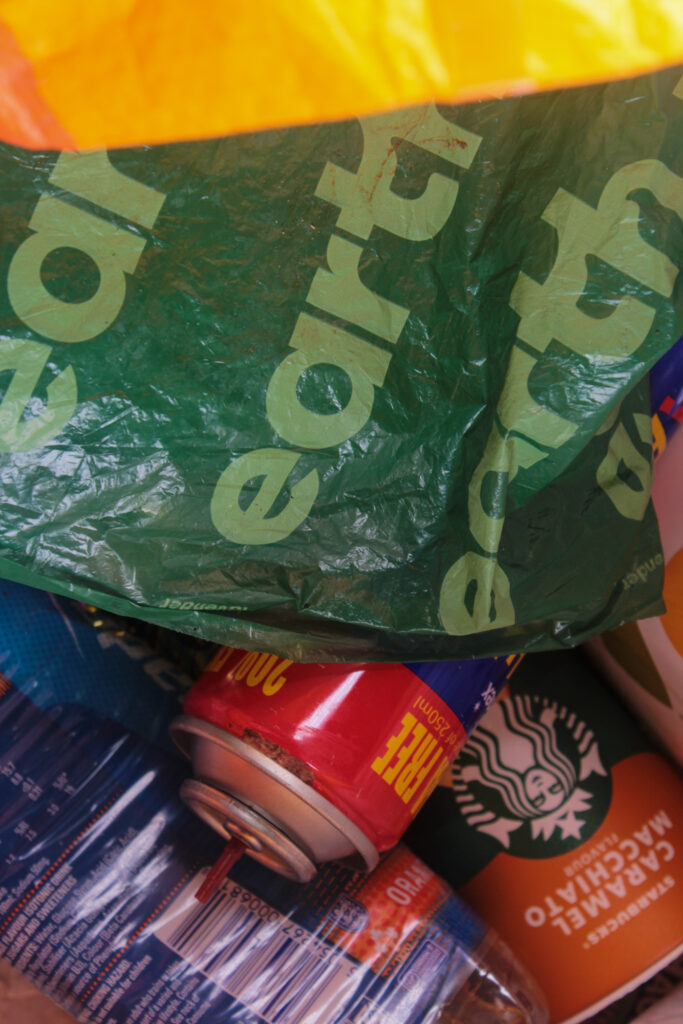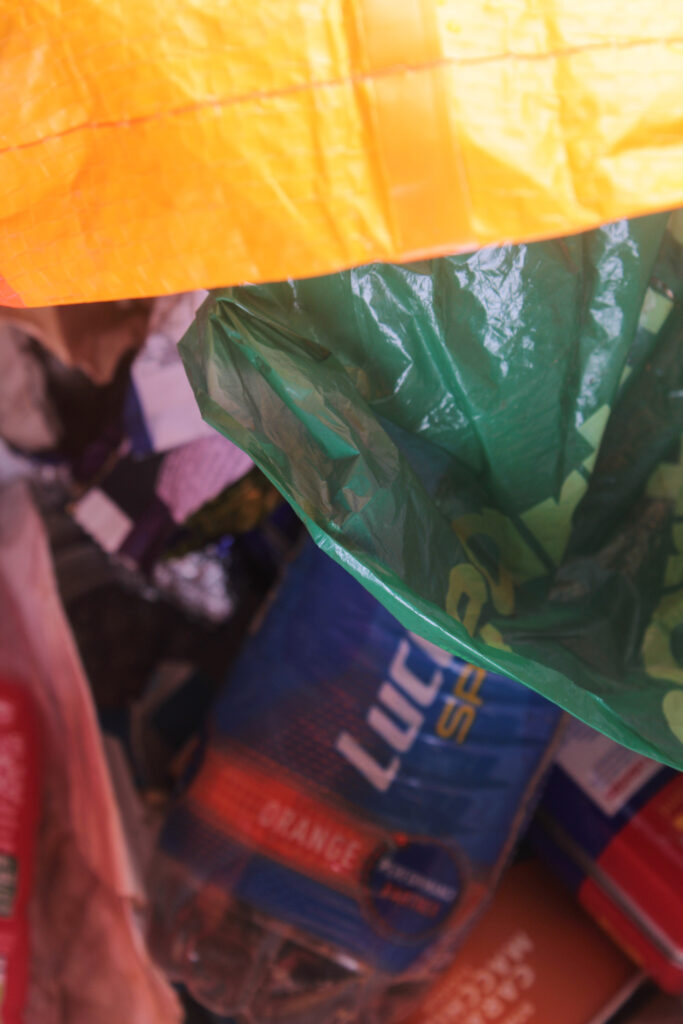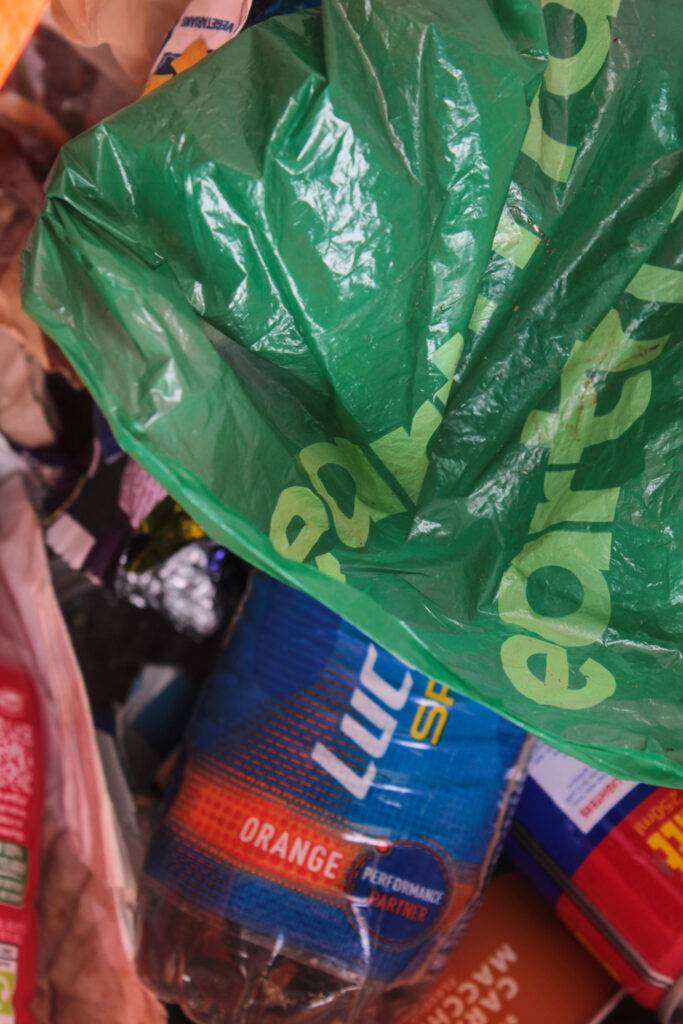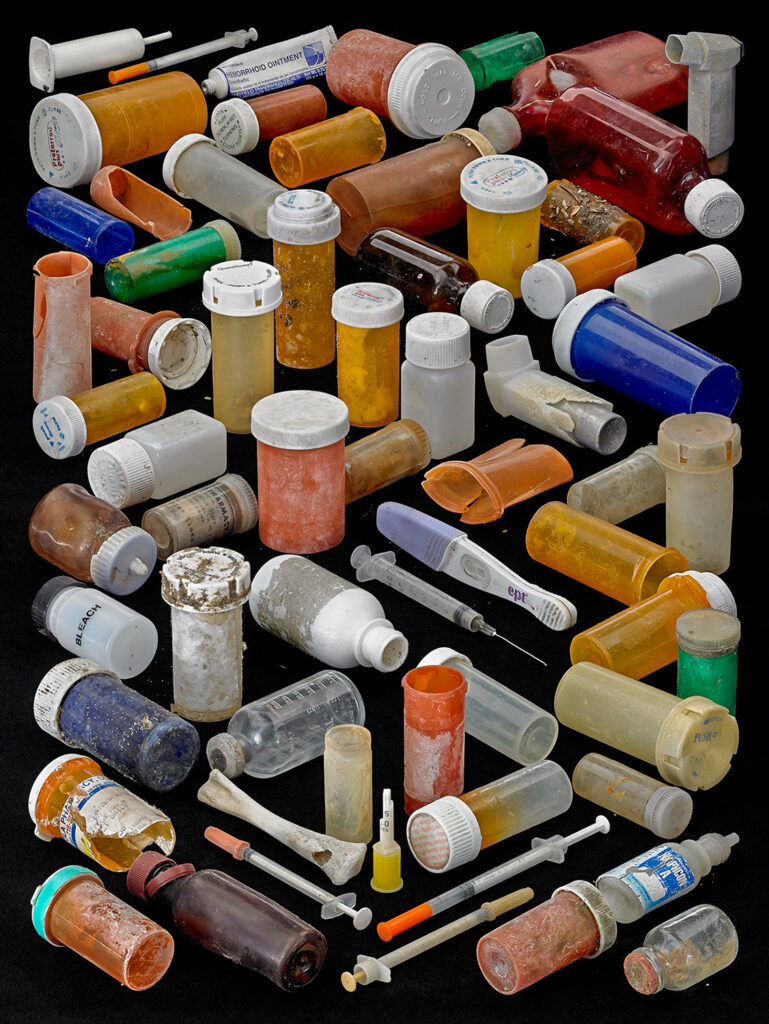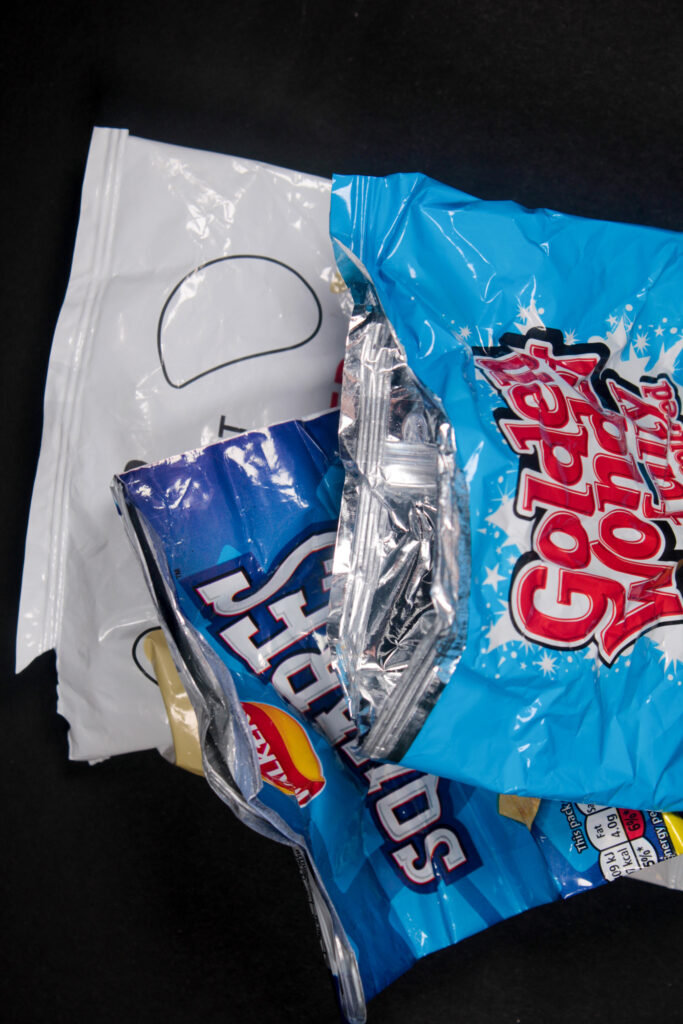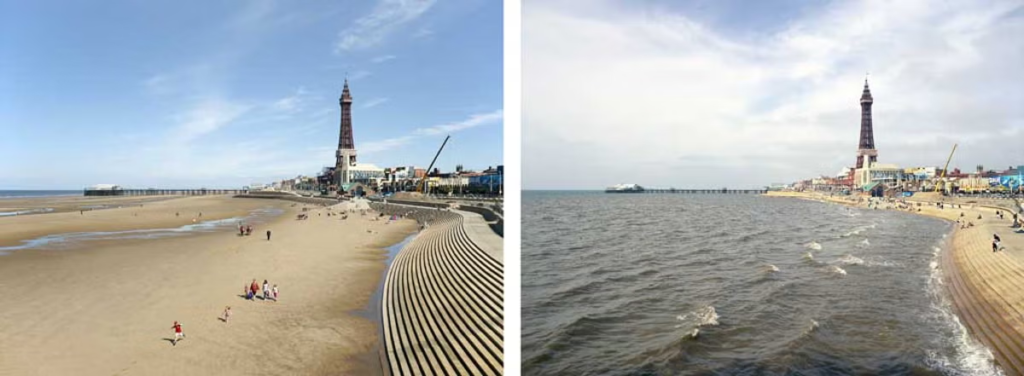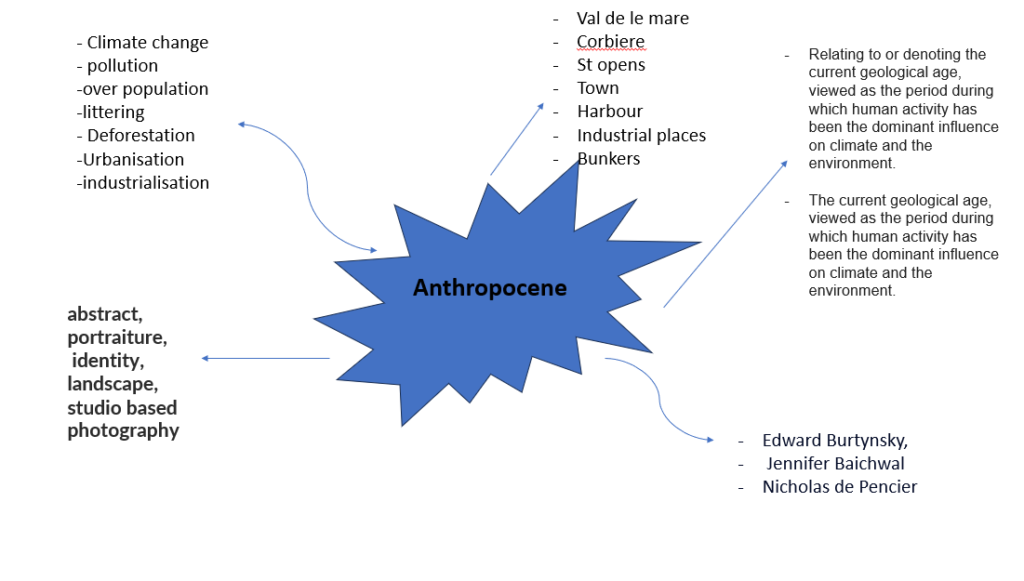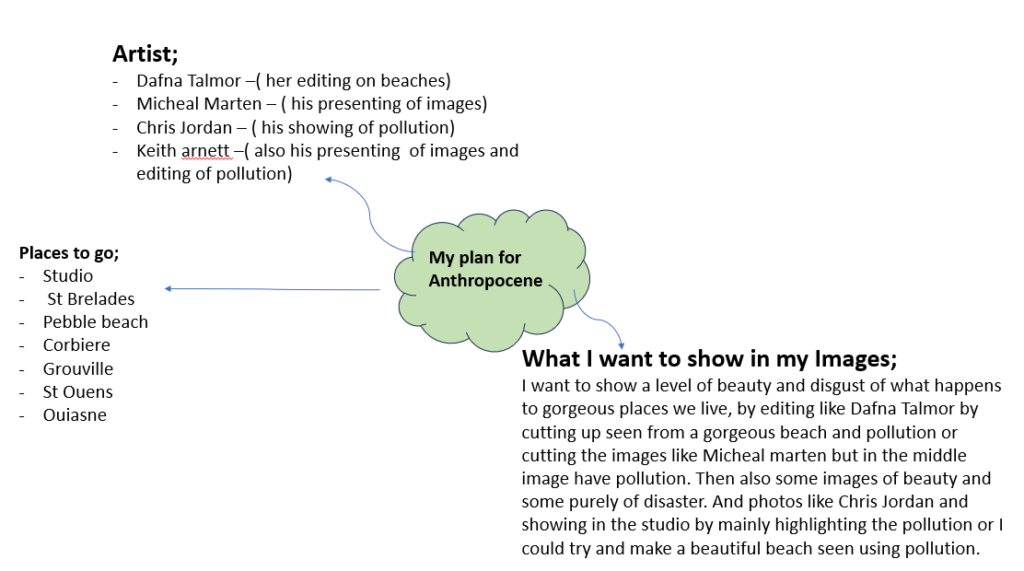Over Easter I went on multiple walks around St.Helier and St.Savour and took photos which show Anthropocene (the human impact on the planet)
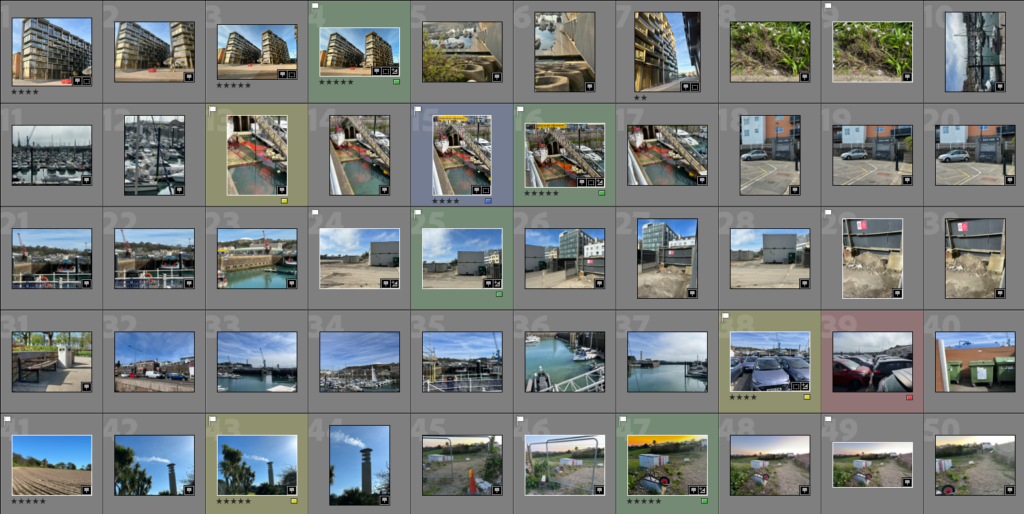
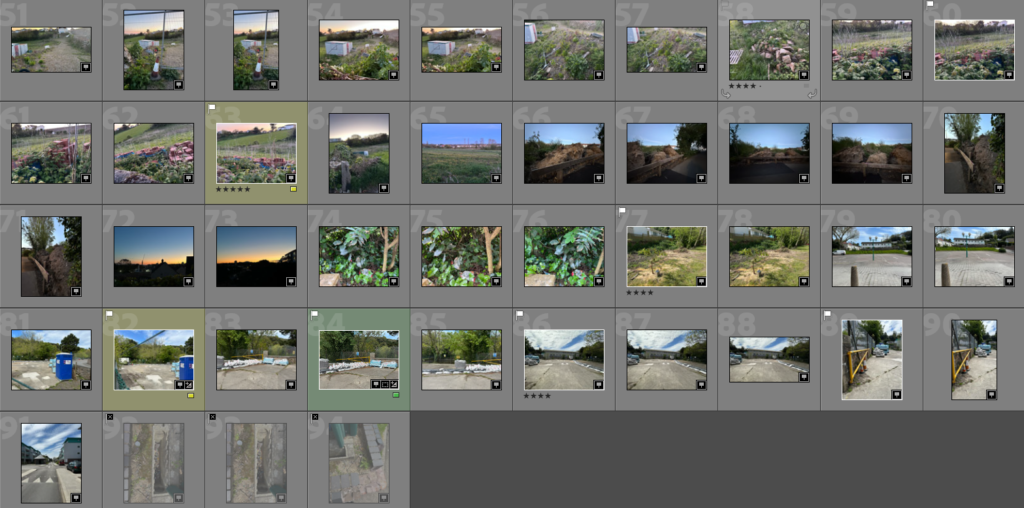
Below are the photos I flagged as pick as they are the ones which visually look the best, look the most interesting and best show the theme of Anthropocene. I will also be choosing my final images from these photos.
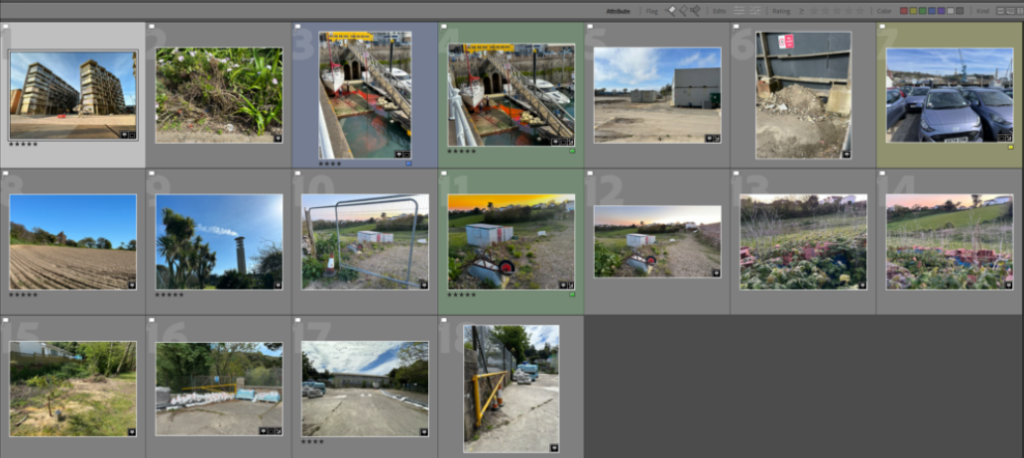
-Edits-
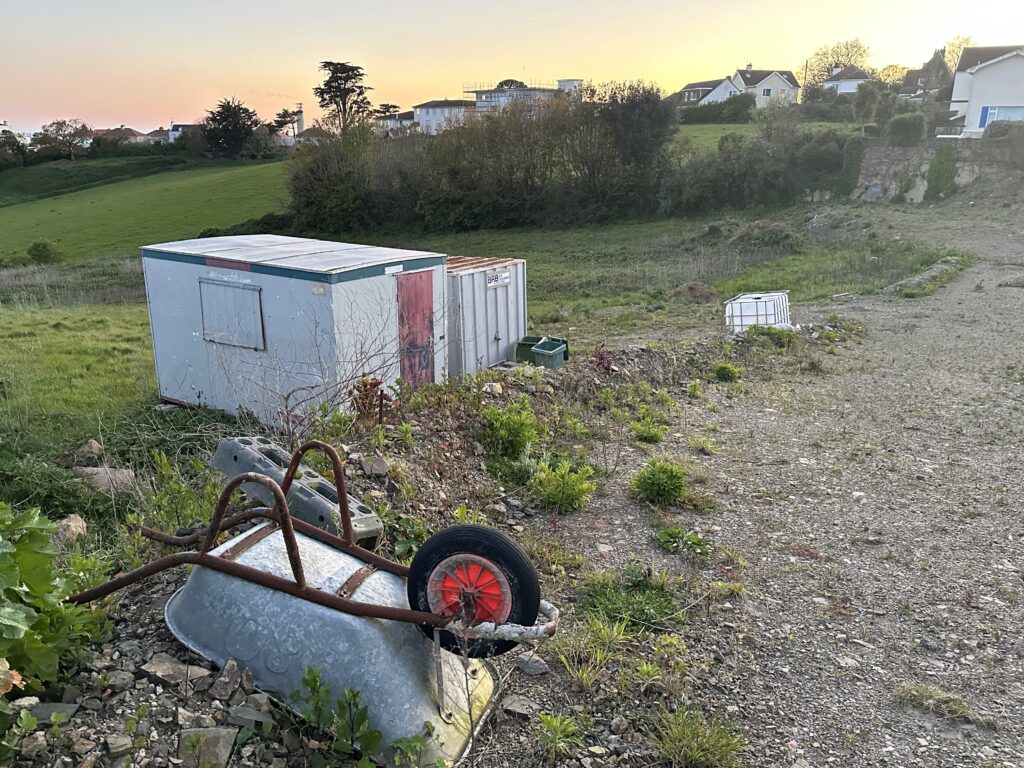
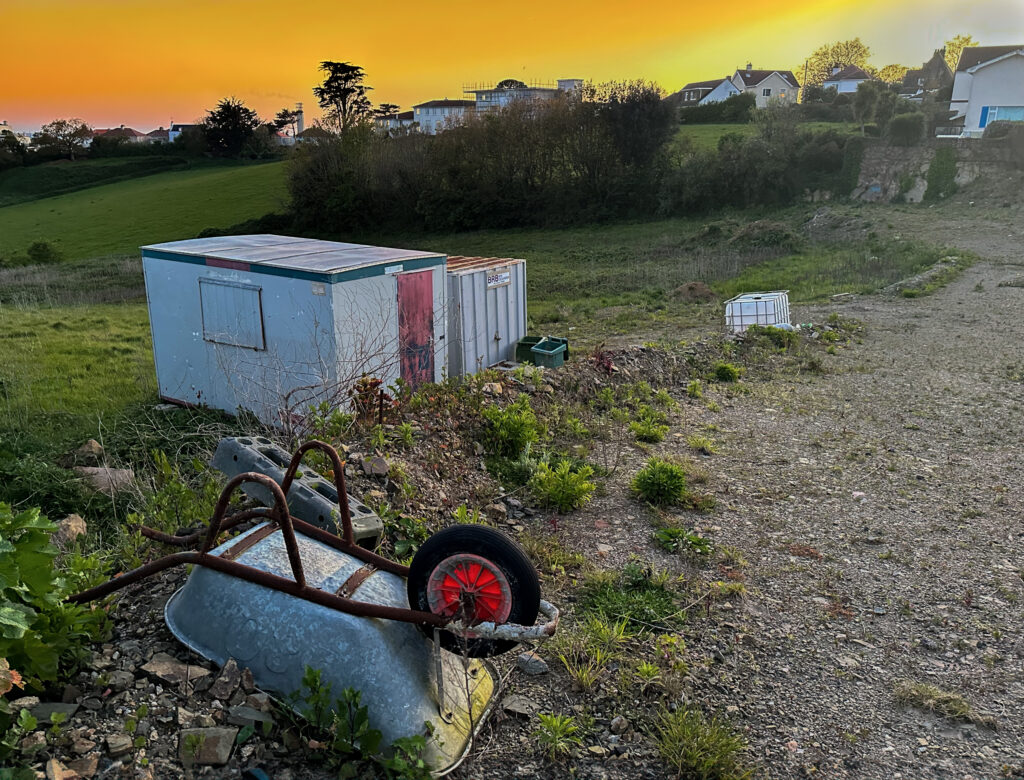
For the photo above I wanted to enhance the sunset to add an element of beauty and romanticism to create a contrast from the anthropocene side of the photo. I did this by slightly increasing the contrast and increasing the colours by using the graduated filter in Lightroom to increase the vibrancy in the sky.
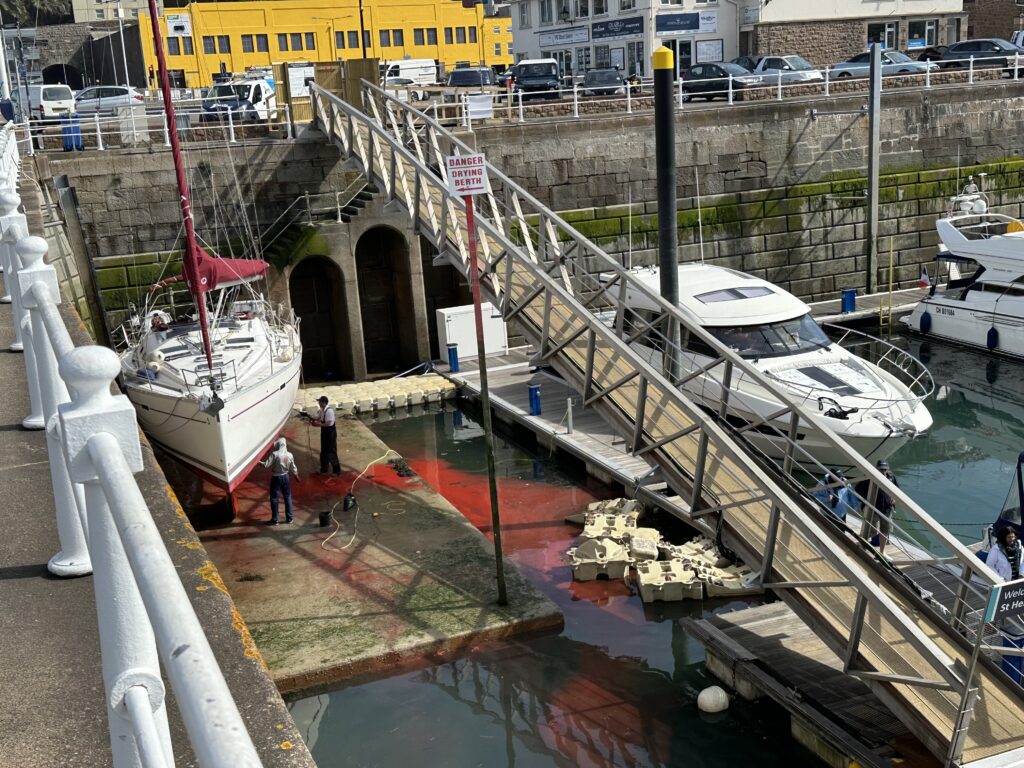
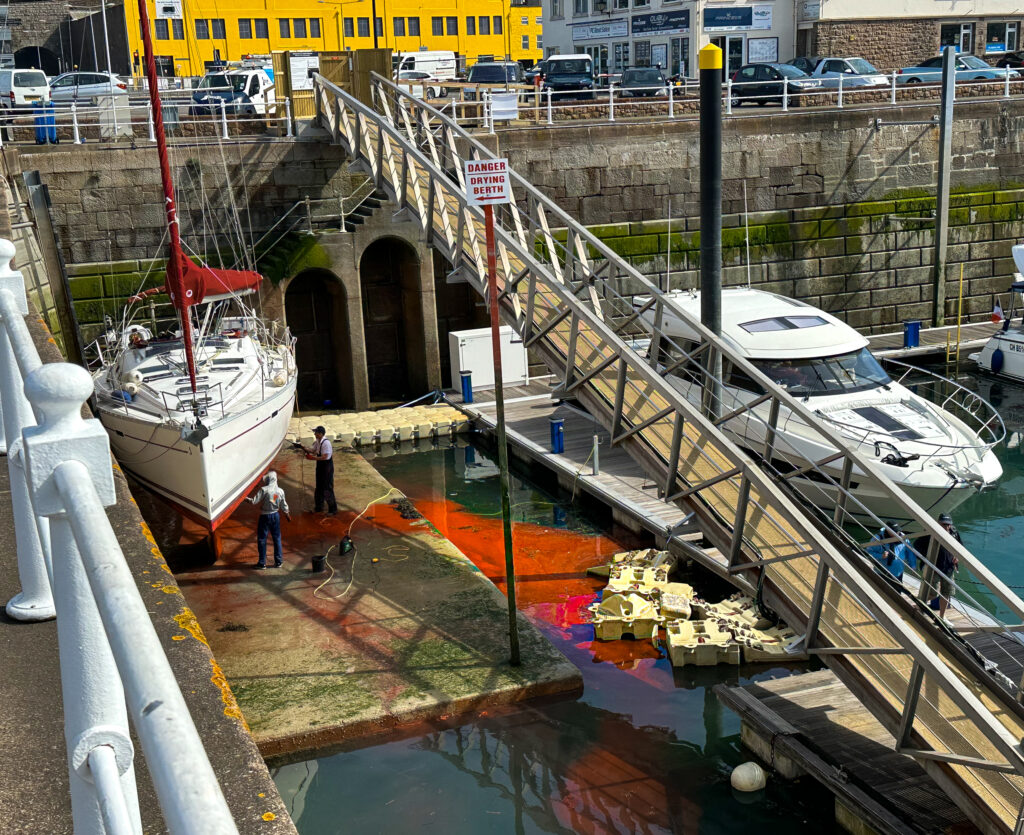
For this photo I took I enhanced the reds in the photo to make them look more deeper and eye catching. I also made small adjustments the the lighting to make the photo look better.
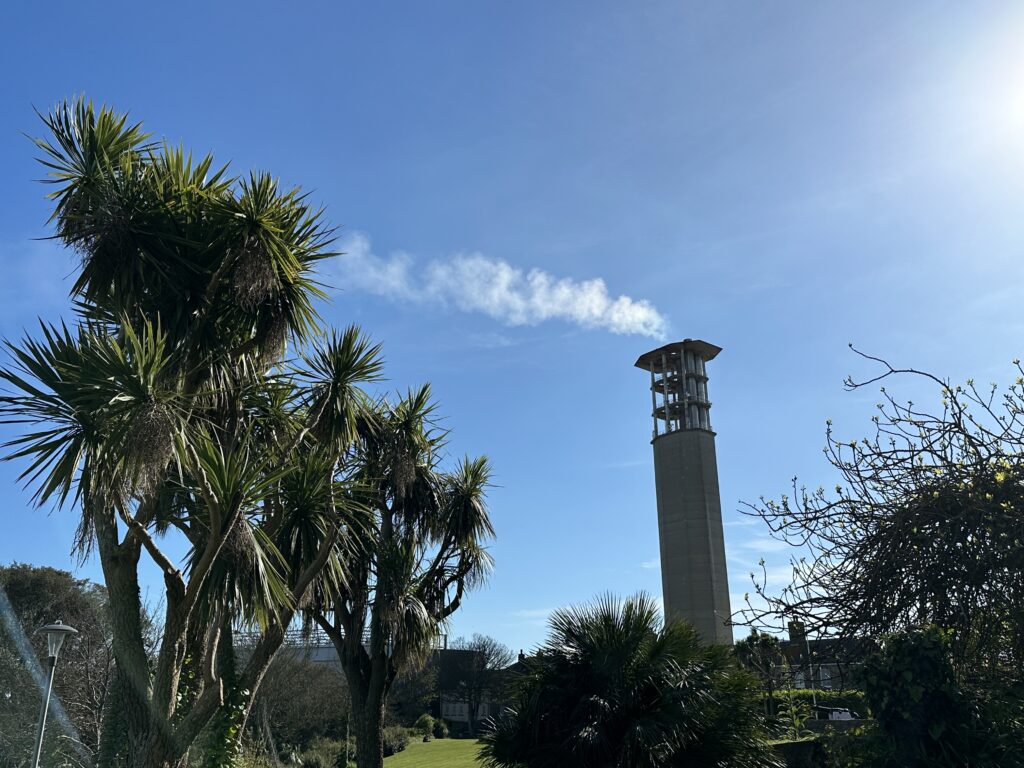
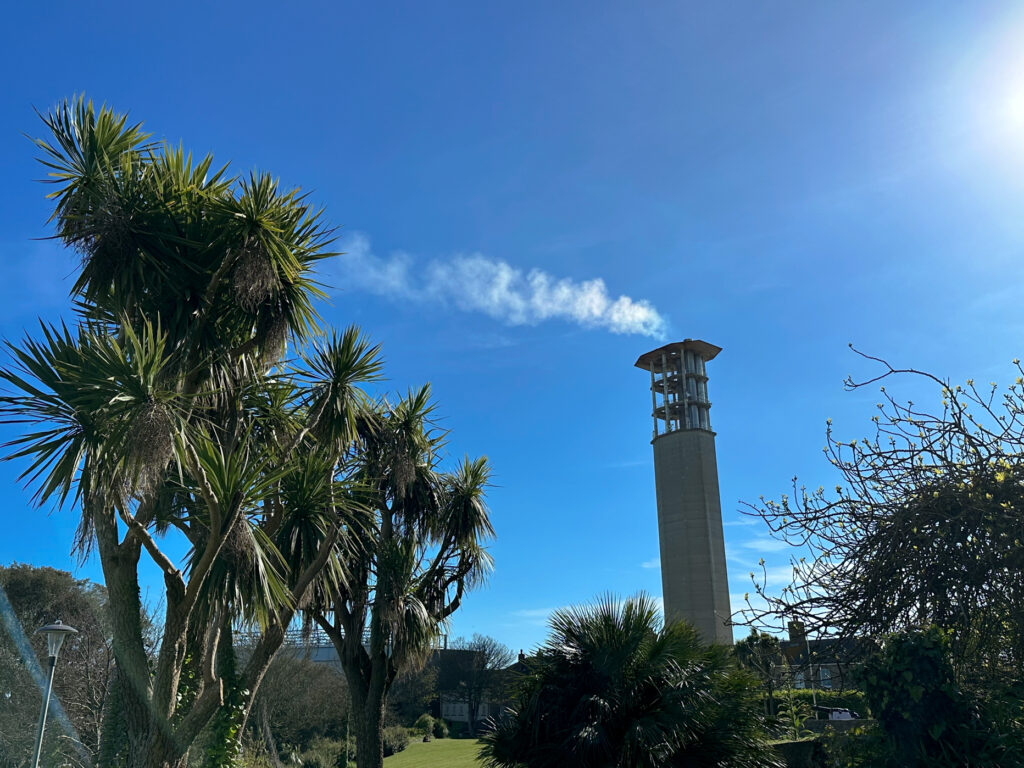
I Just made small changes for the photo above mainly to enhance the sky by making it look nicer as it contrasts with the smoke being released in the photo. What I like about this photo is the trees in the photo contrast with the man made chimney in the photo as it shows nature vs humanity.
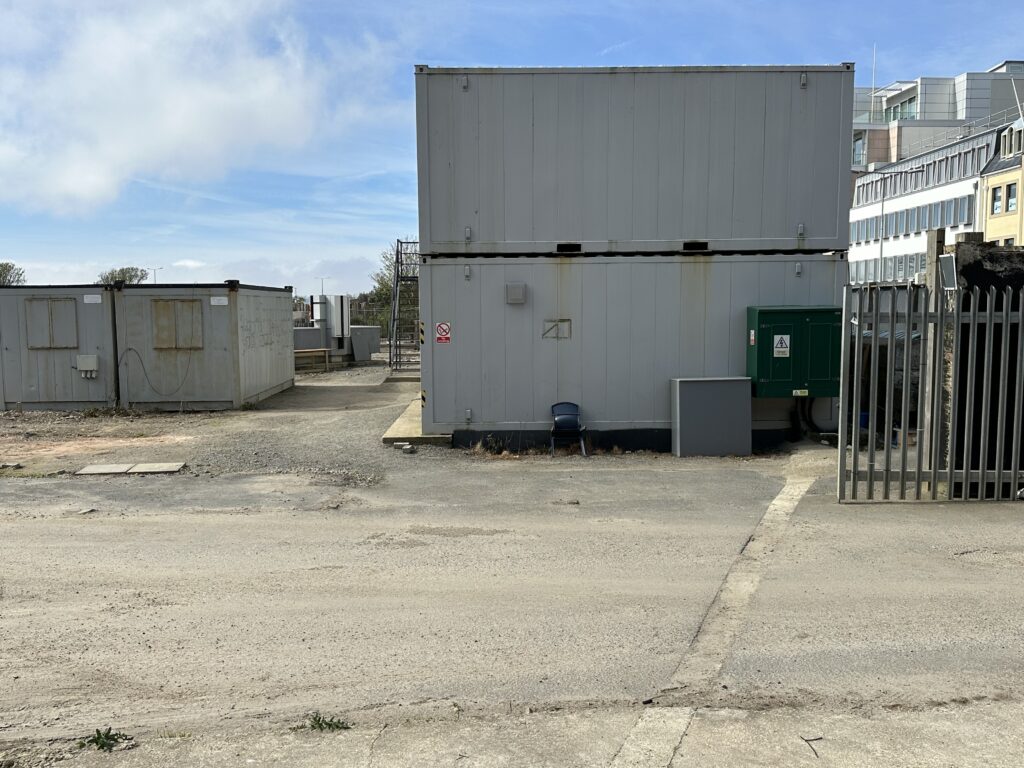
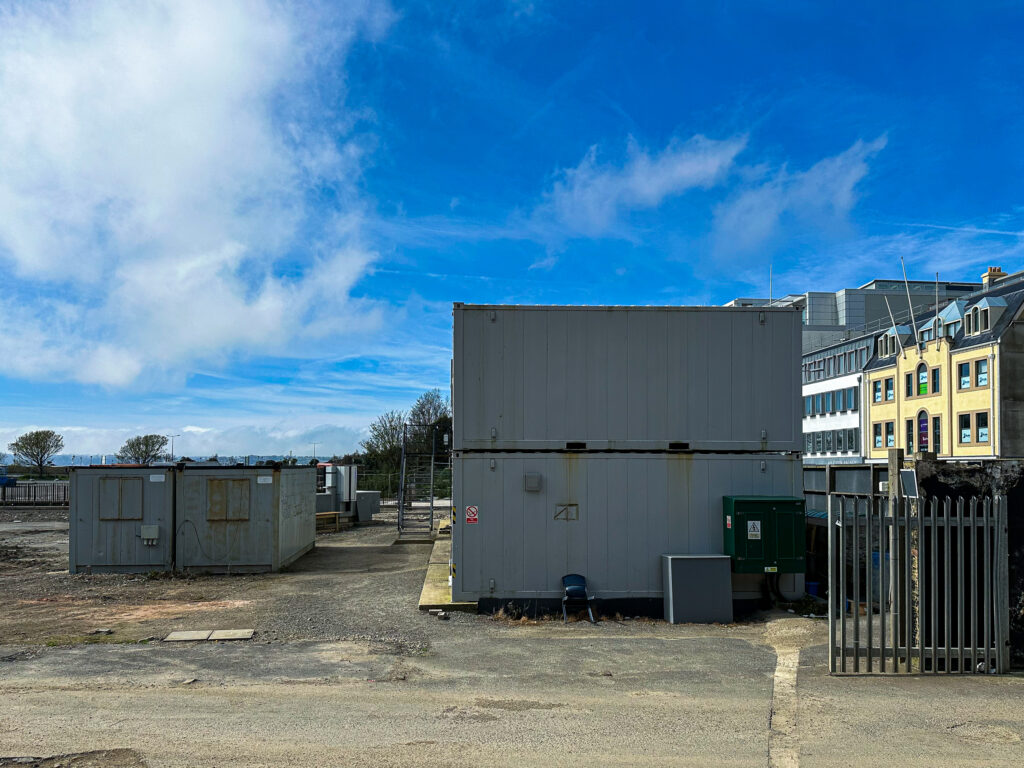
In the photo above I also changed the sky to make it look more bolder and more colourful as it makes the photo more eye catching. I also increased the contrast and shadows as it improves the lighting in the photo because it was a bright day when I took it. Lastly I made the temperature in the photo more cooler as it creates more effect in the photo and makes the photo look less dusty and dry.
Final Images
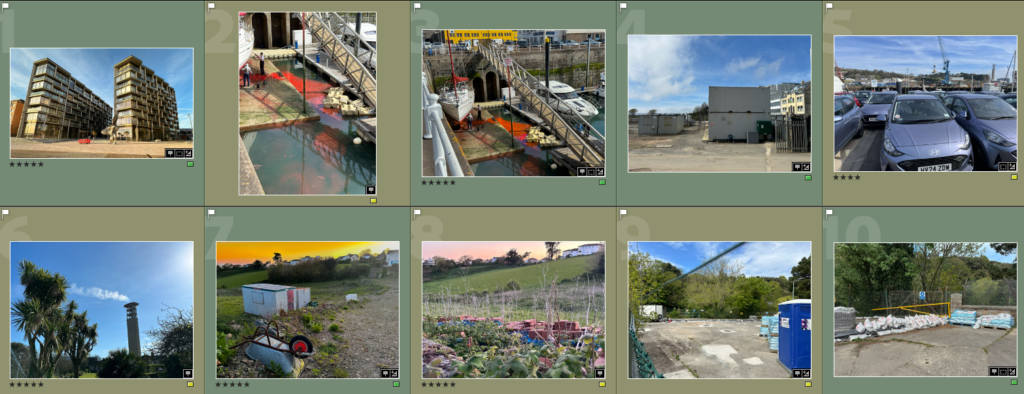
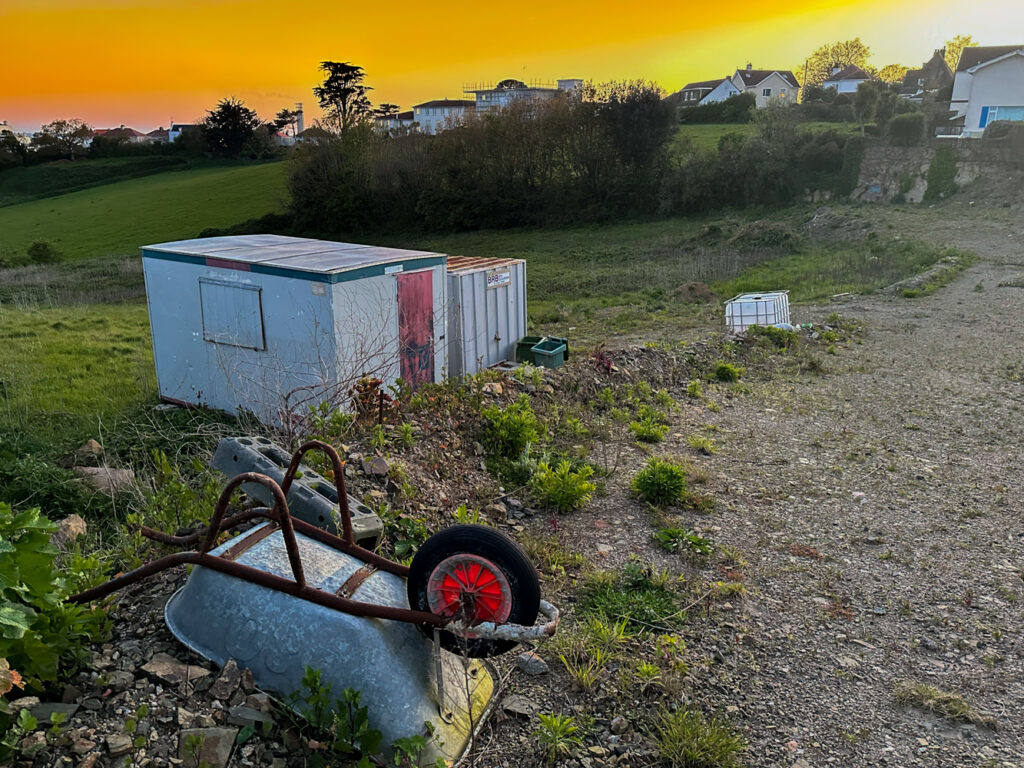
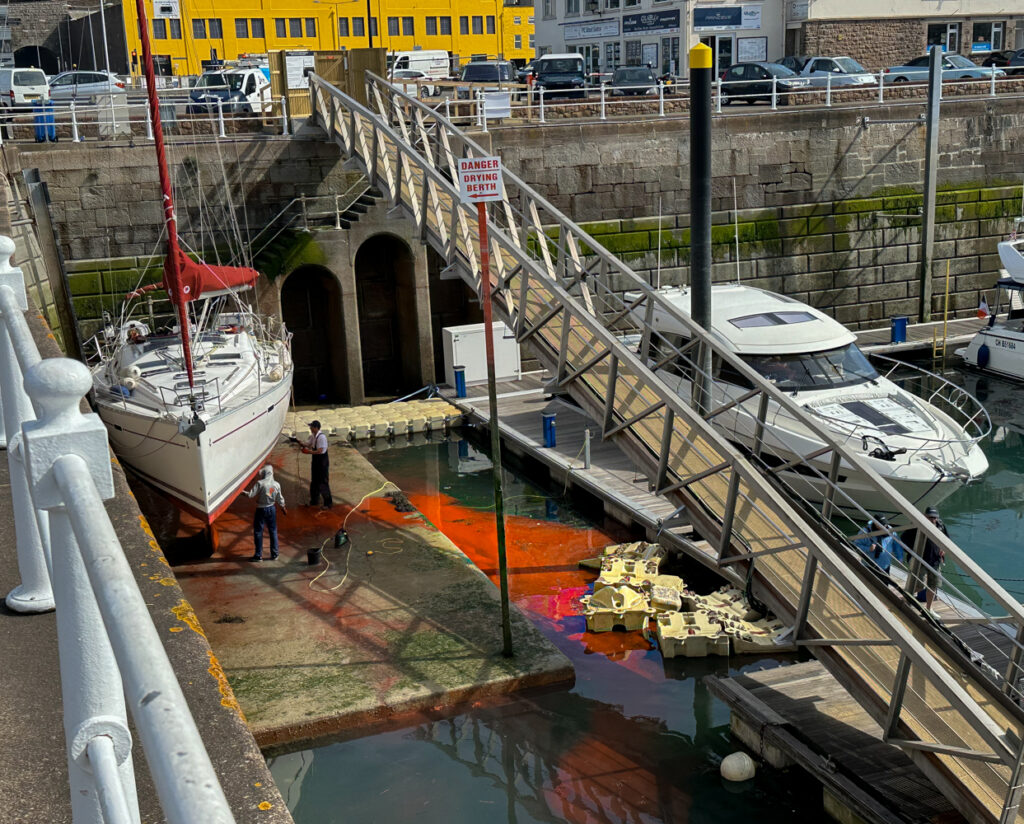

Above are my final images I took which I thought best fit the theme of Anthropocene and look the most interesting and engaging. After that I narrowed it down to my top three by choosing the most visually appealing and ones that stood out to me the most for no apparent reason.

Out of all my Anthropocene photos I’d chose this as my best outcome. It was a hard choice as I liked all of the photos I selected, but I could only have one. I chose this photo out of the other ones because it combines anthropocene, agriculture and romanticism into one photo which I like about it.

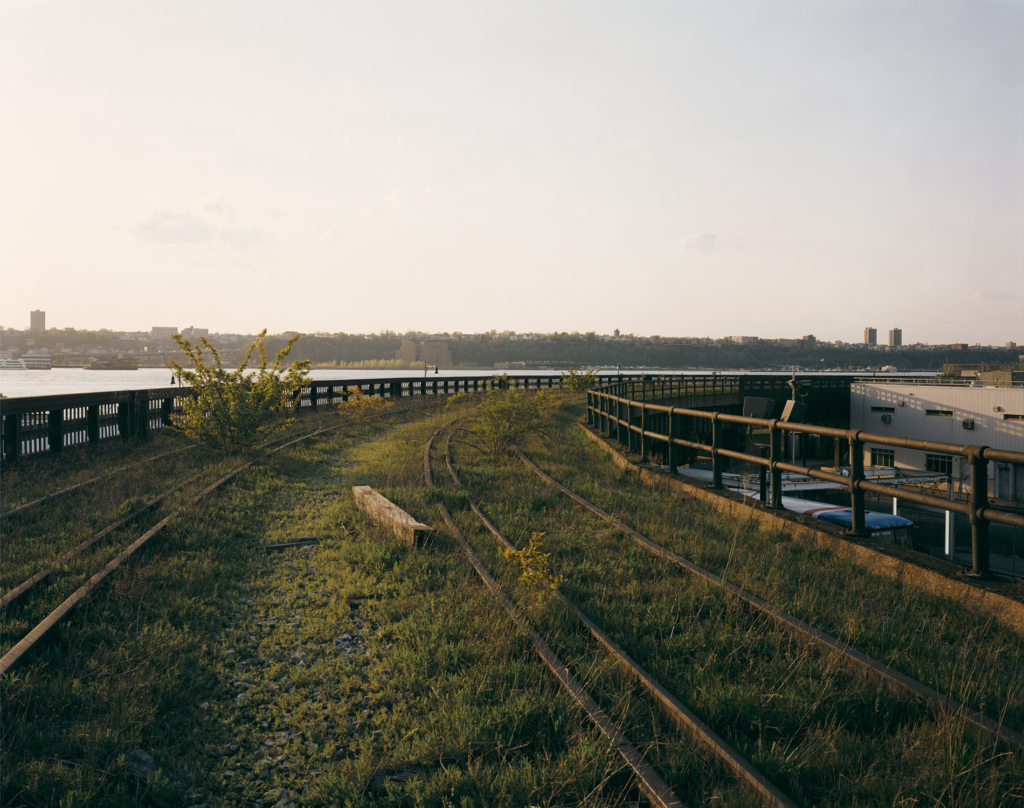
My final photo is also similar to my artist reference as both our photos focus on an overgrown area with a few buildings in the horizon. The lighting is also similar in the photo as both photos capture the evening golden hour light. However the sky in my photo is a lot more colourful creating a bit of contrast between the two photos.
-Analysis-
My photo was taken of some development work going on in an abandoned field and aims to capture the impact humans are having on the area of land.
My photo has a warm tone to it with the light being from the sunset which contains lots of deep orange and yellows which give the photo a warmer feel. This sunset and warm colours partnered with the nature in the fields in the background give the photos elements of romanticism.
The photo uses rule of thirds with the wheelbarrow being placed in the first third and the containers being placed from the first third to the middle in the centre of the photo, this draws attention to them to show the human impact on the natural field, while having the rest of the image on the right to see where the humans have flattened the land.
The photo doesn’t have many lines, but has some horizontal lines from manmade houses to show the horizon point in the background of the photo, which contrasts to the natural lines of trees and bushes which divides the fields below the horizon. There is also a contrast in texture between manmade and natural with the land the humans have flattened having a rough texture, compared to the soft grass in the field next to the one which has not suffered from the impact of humans (anthropocene).

